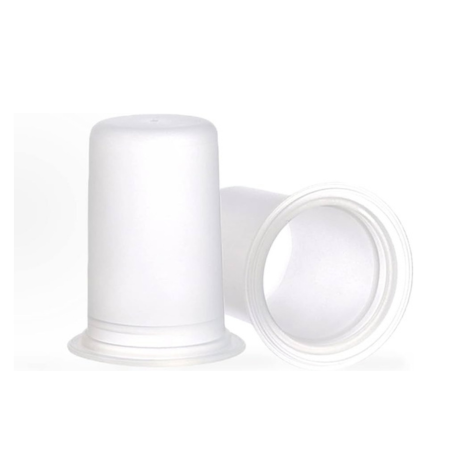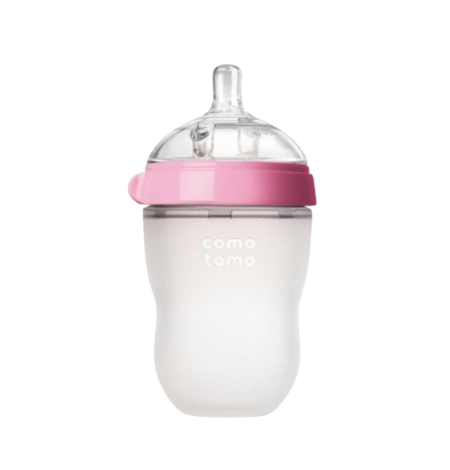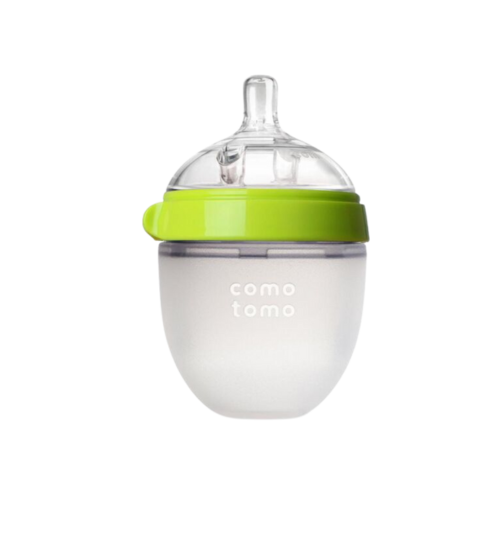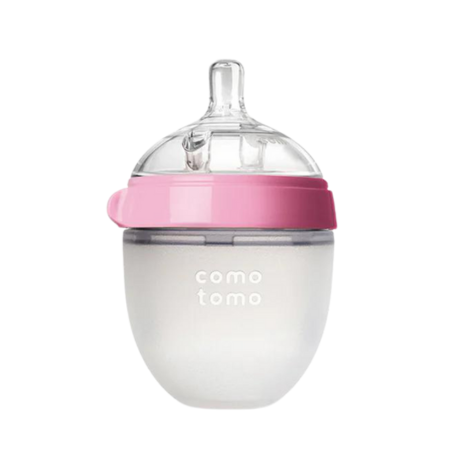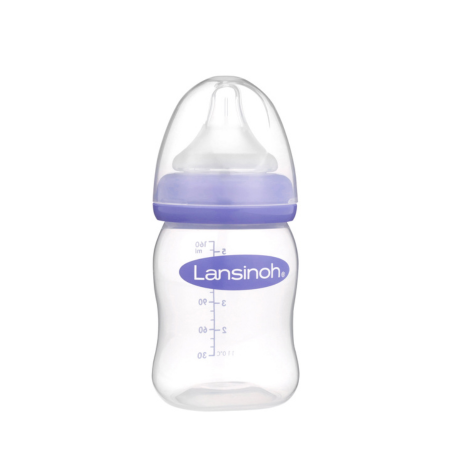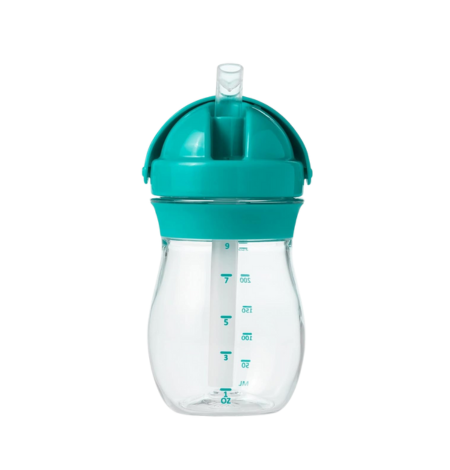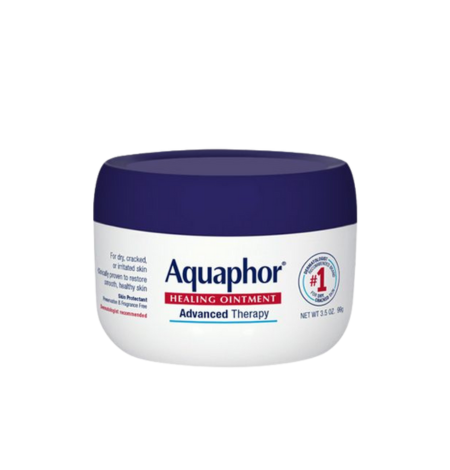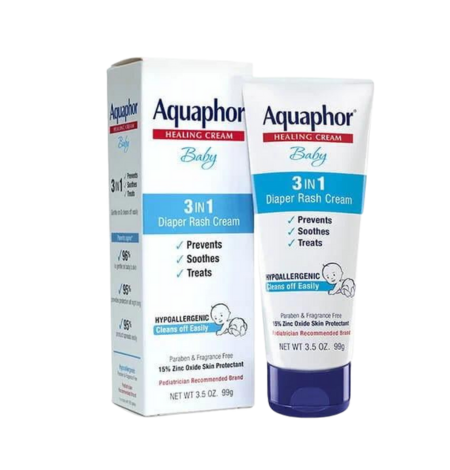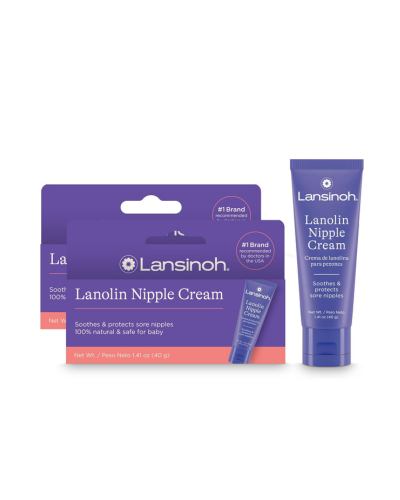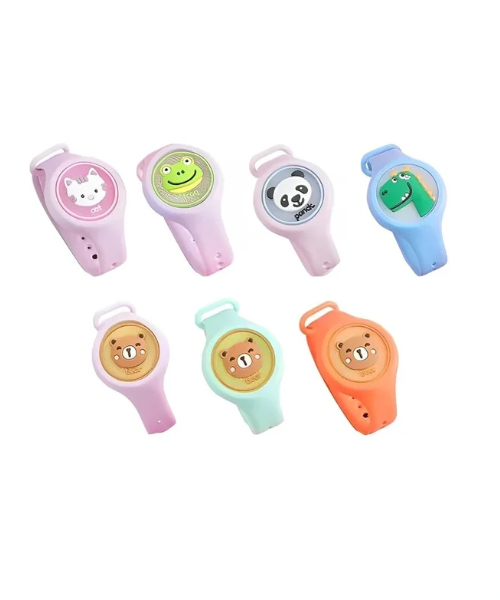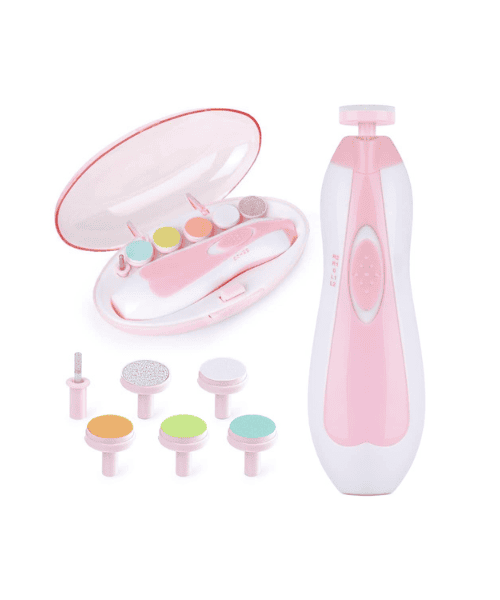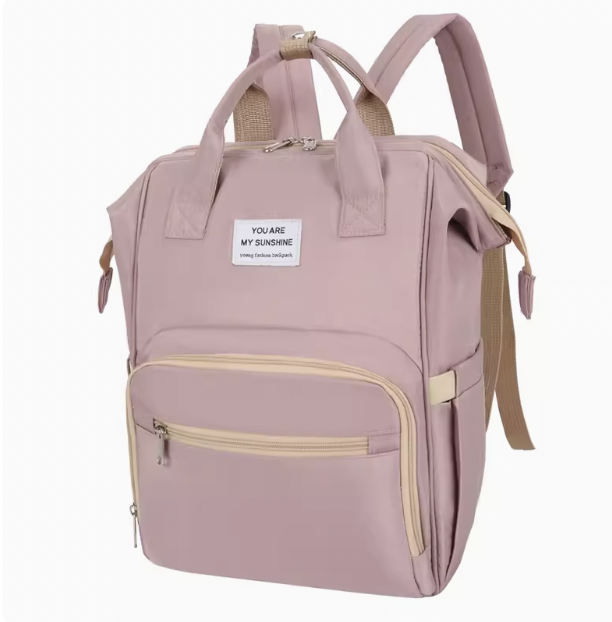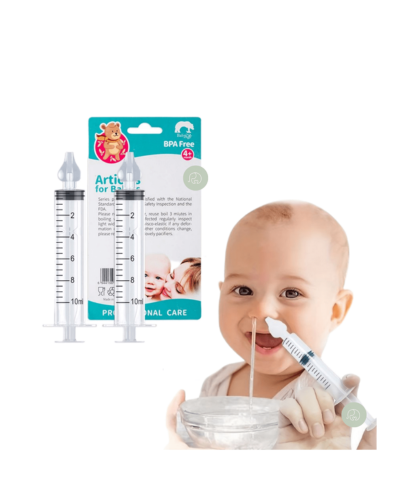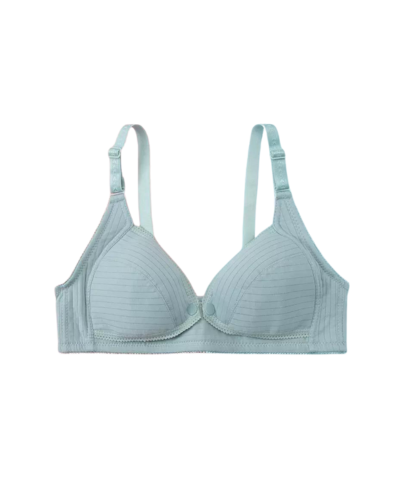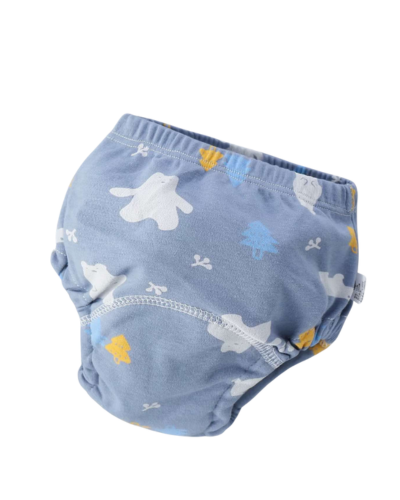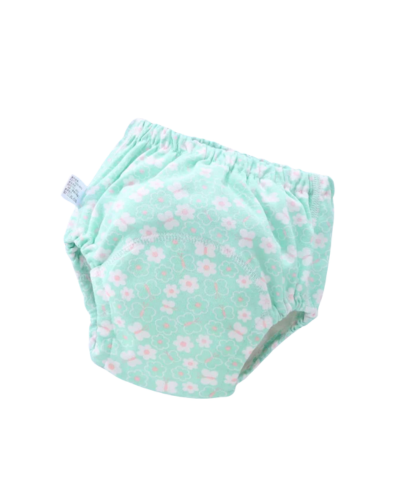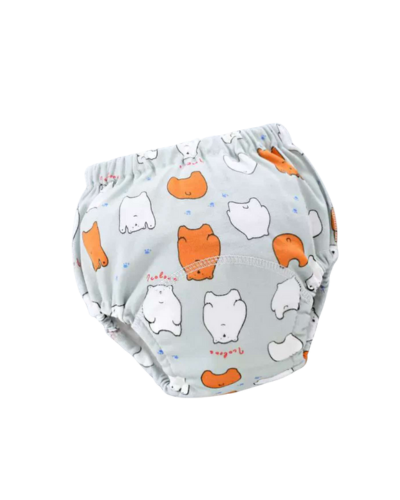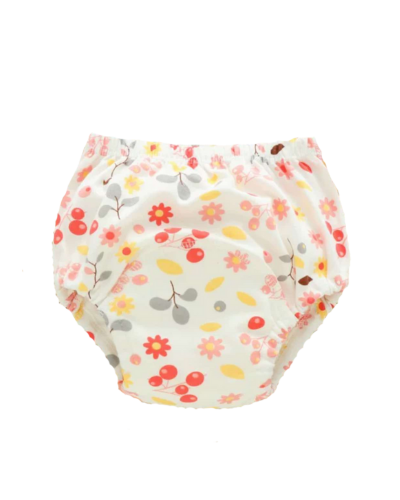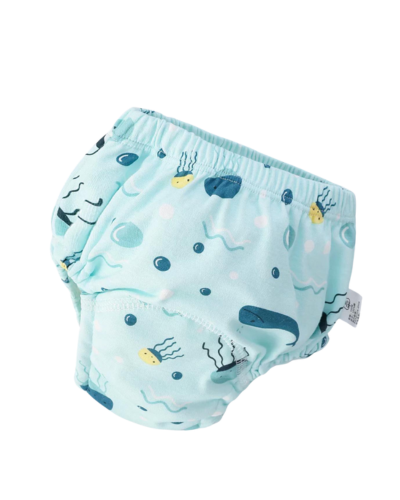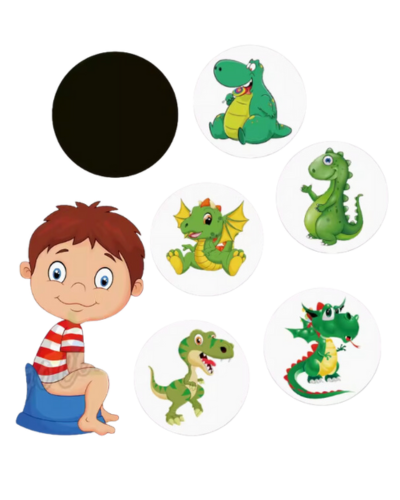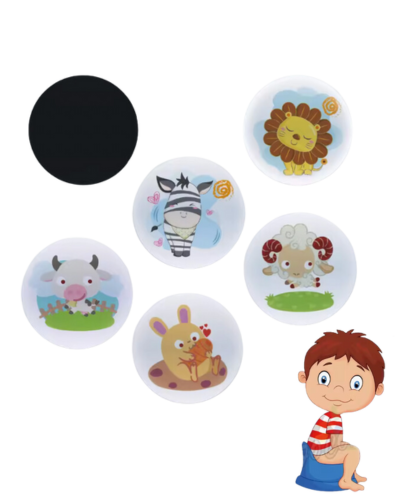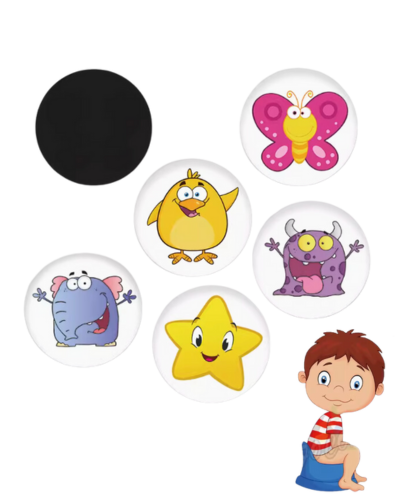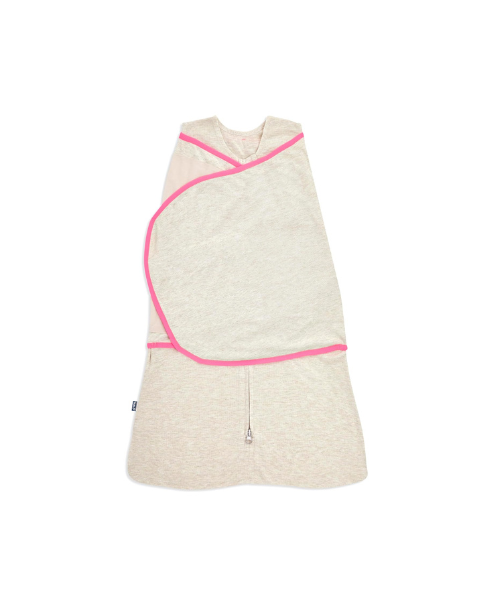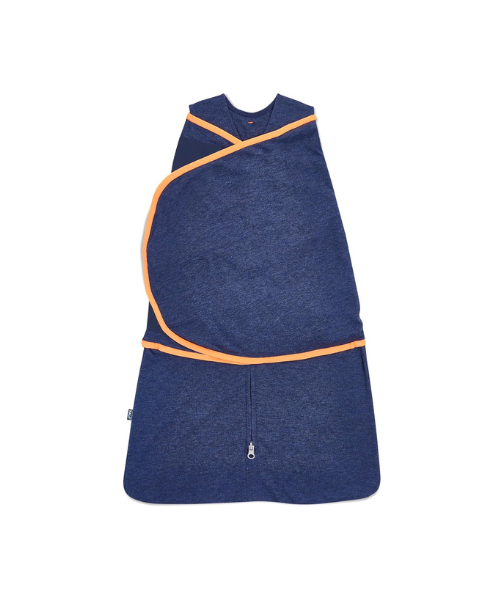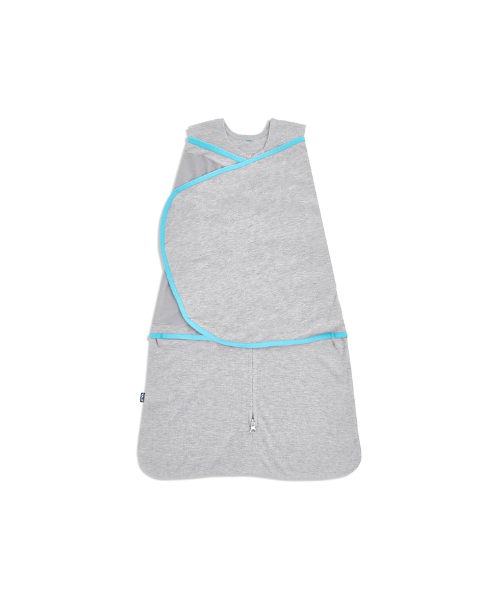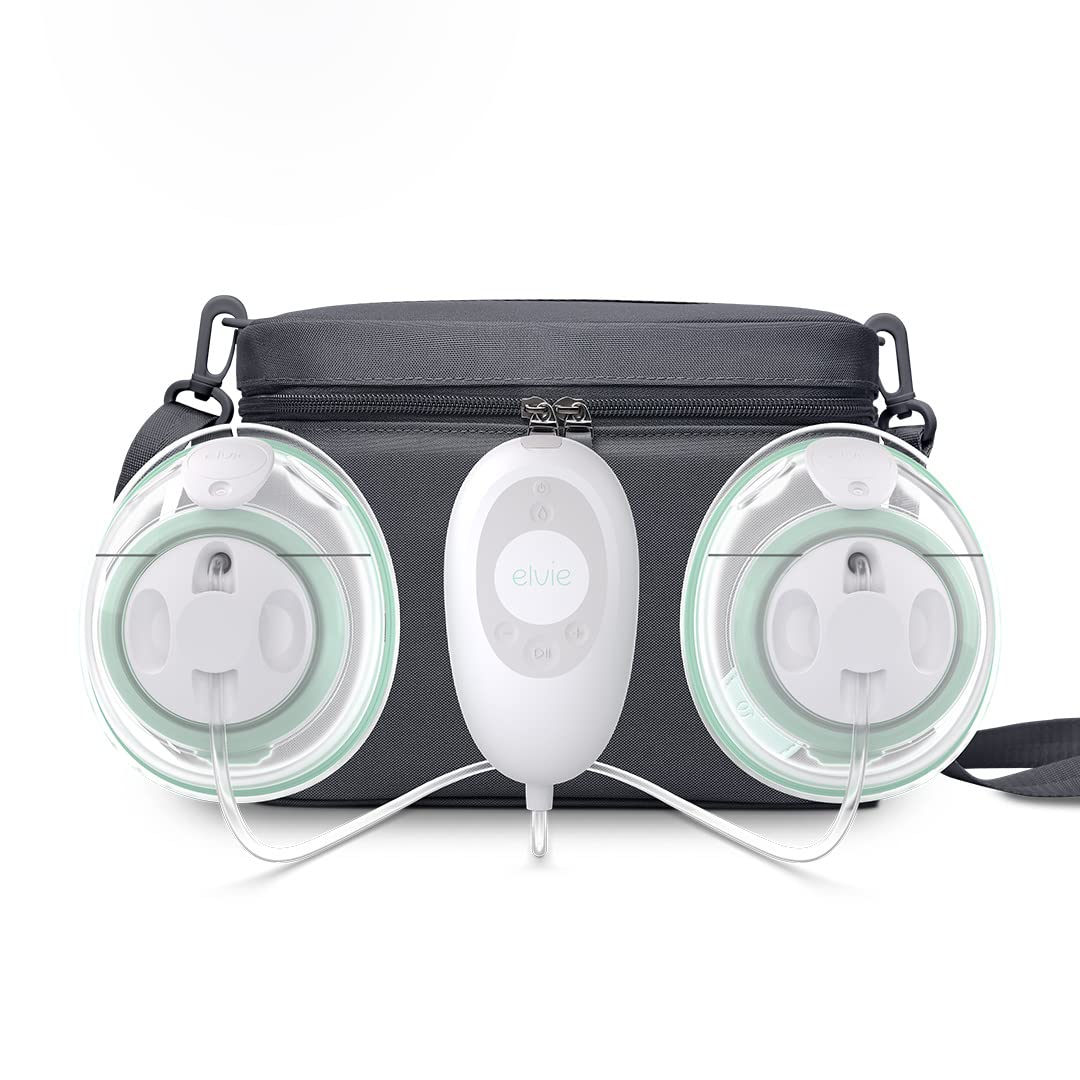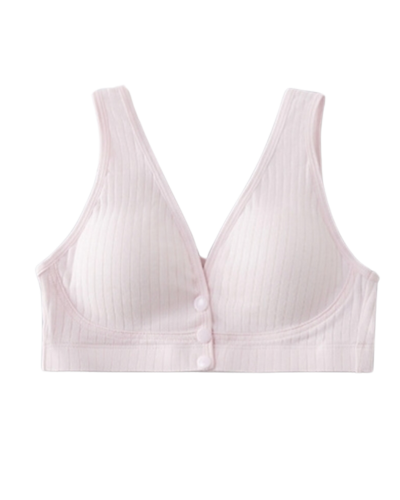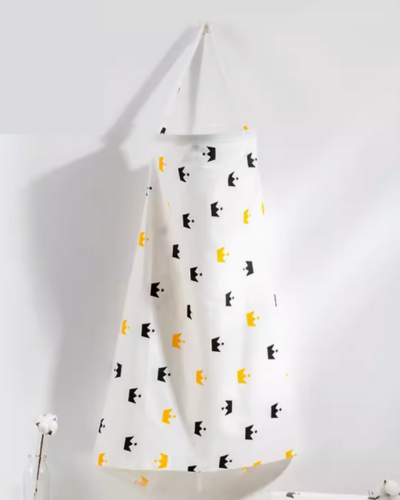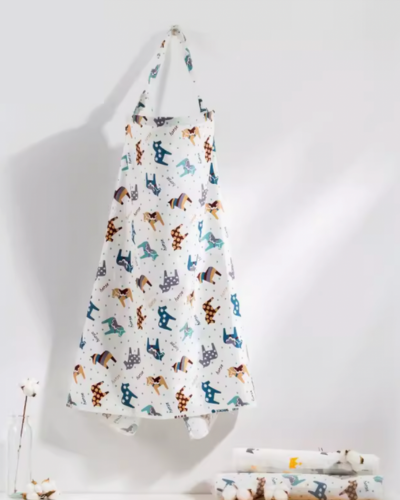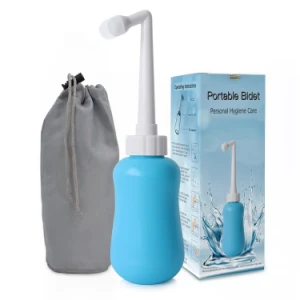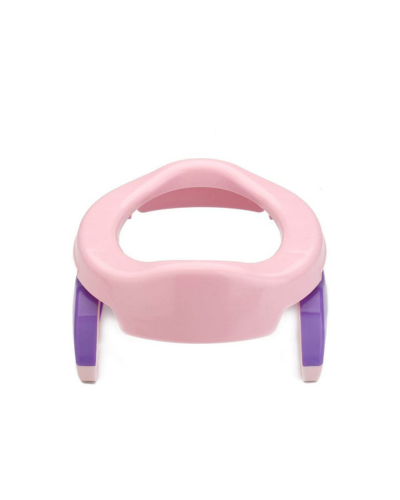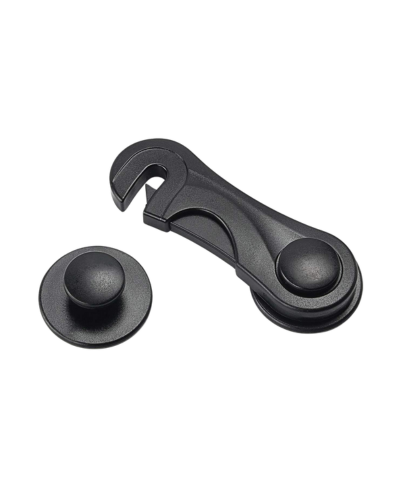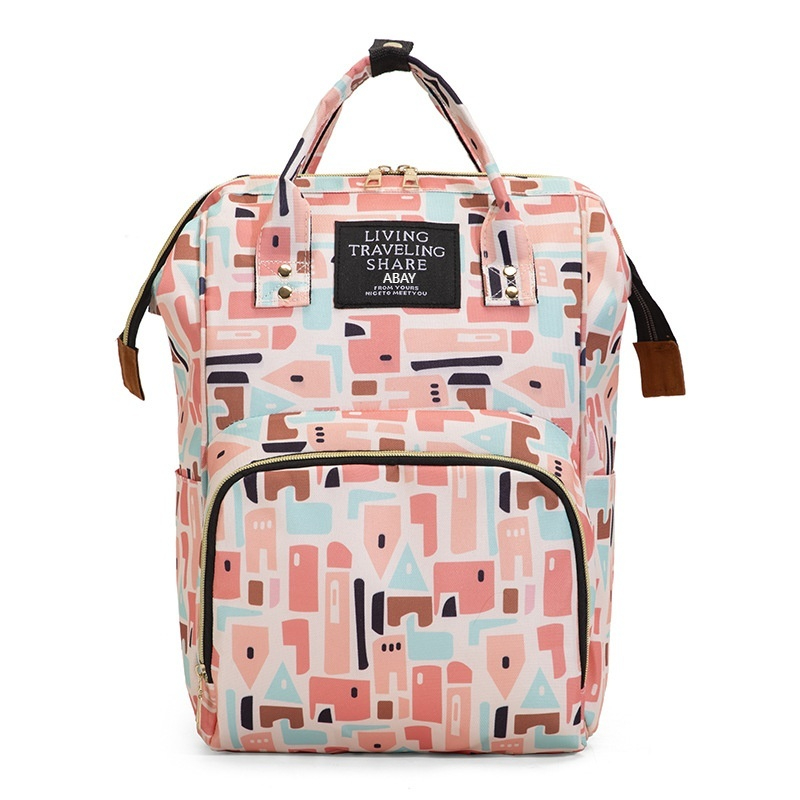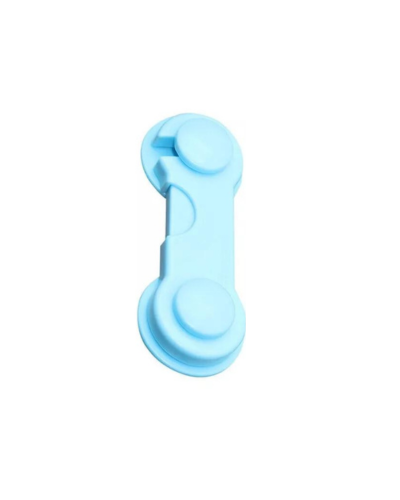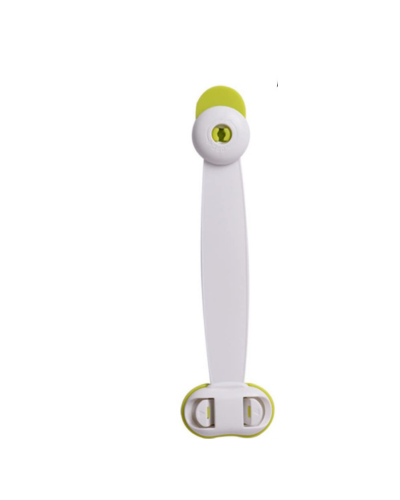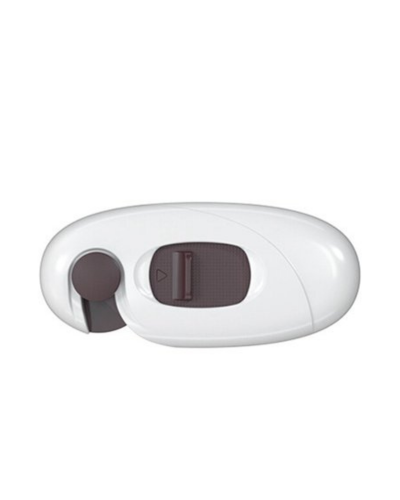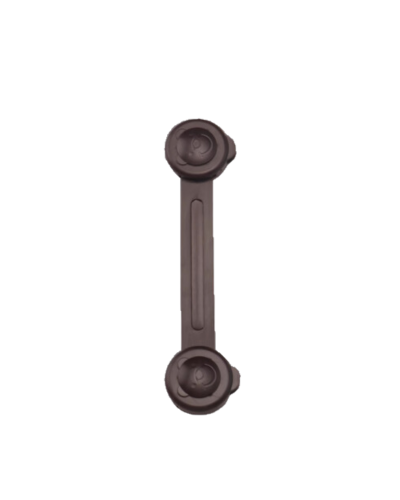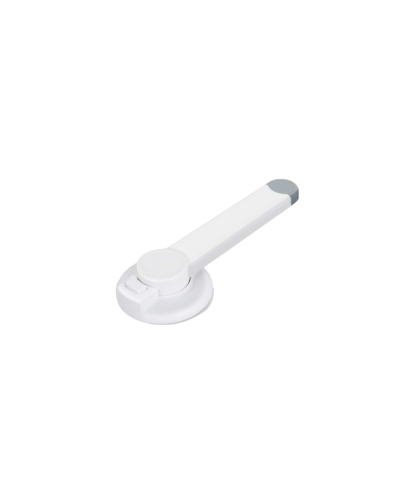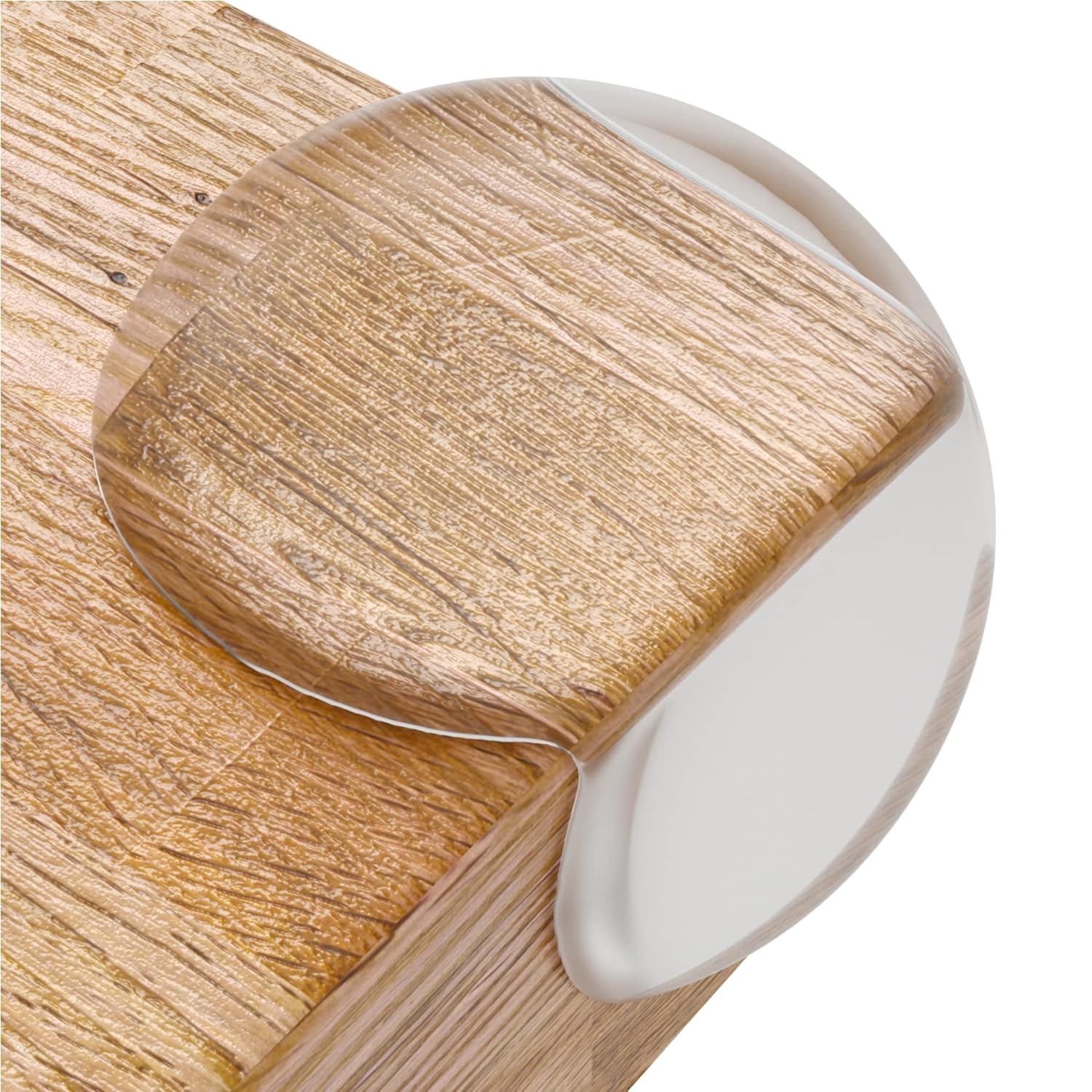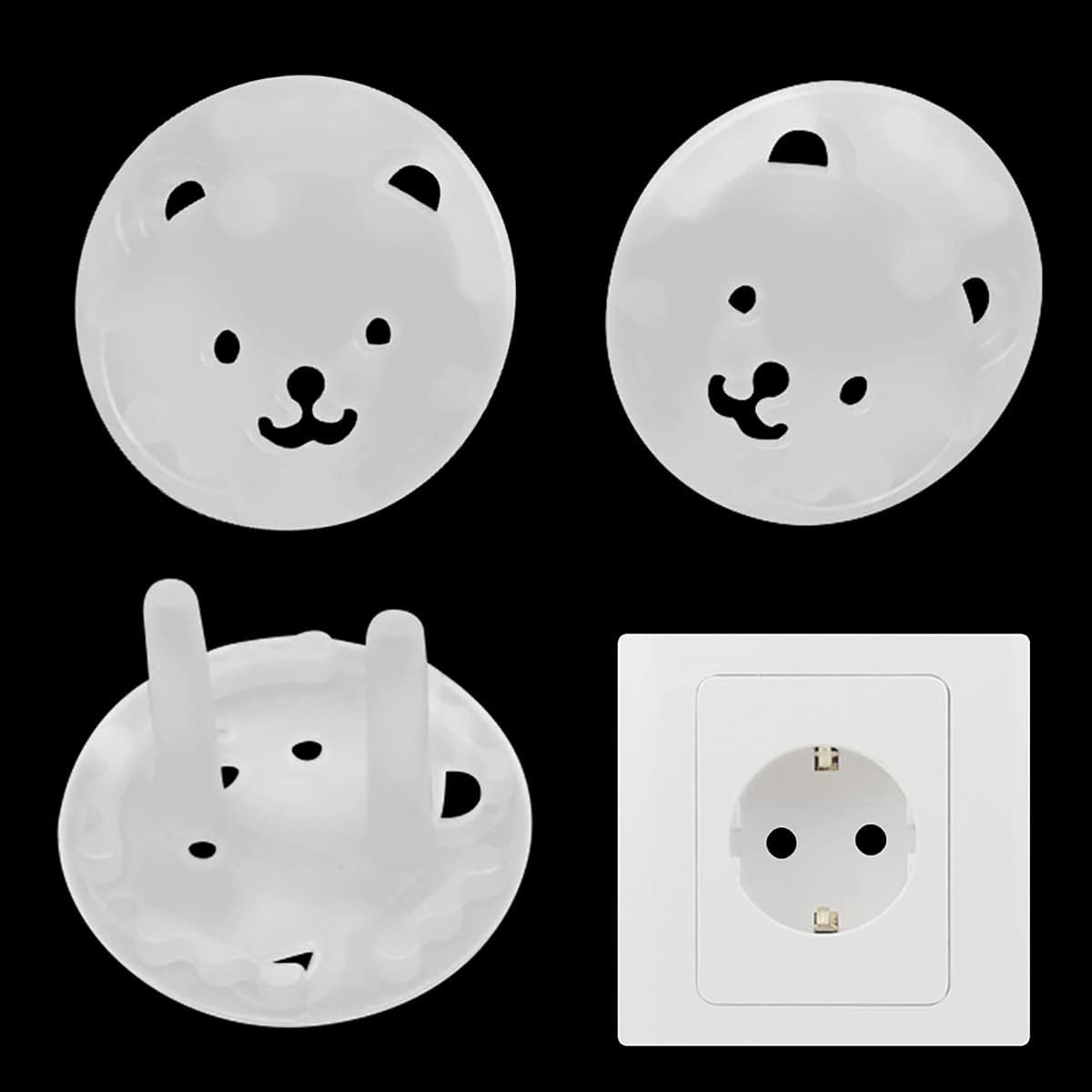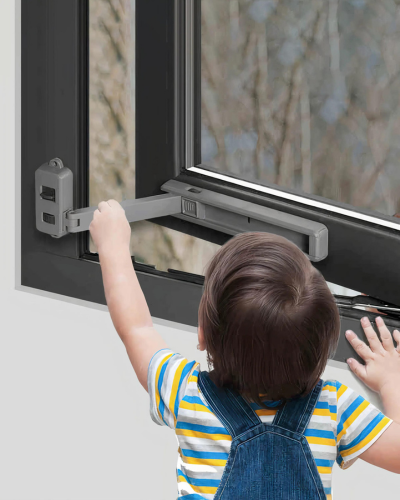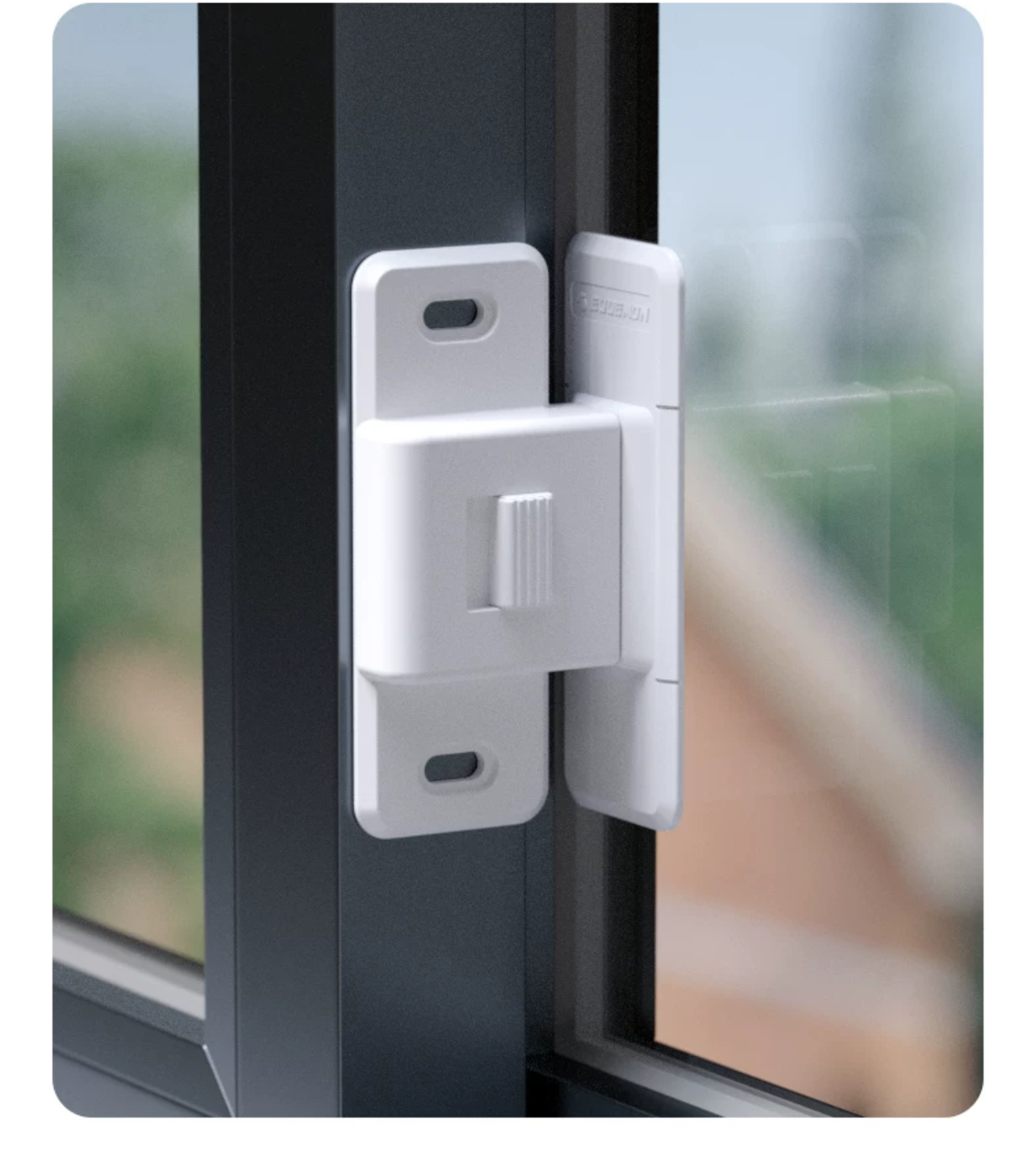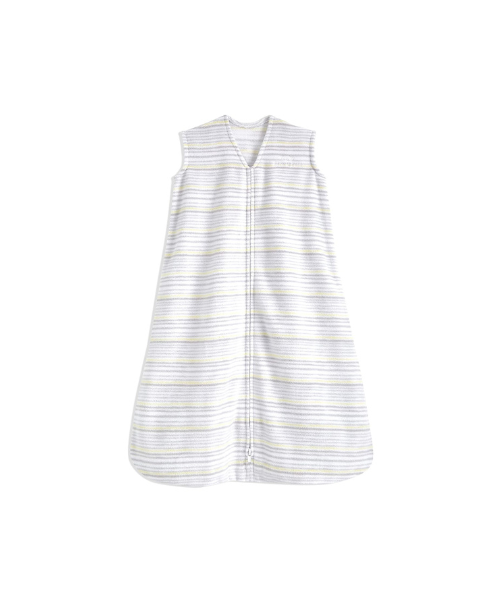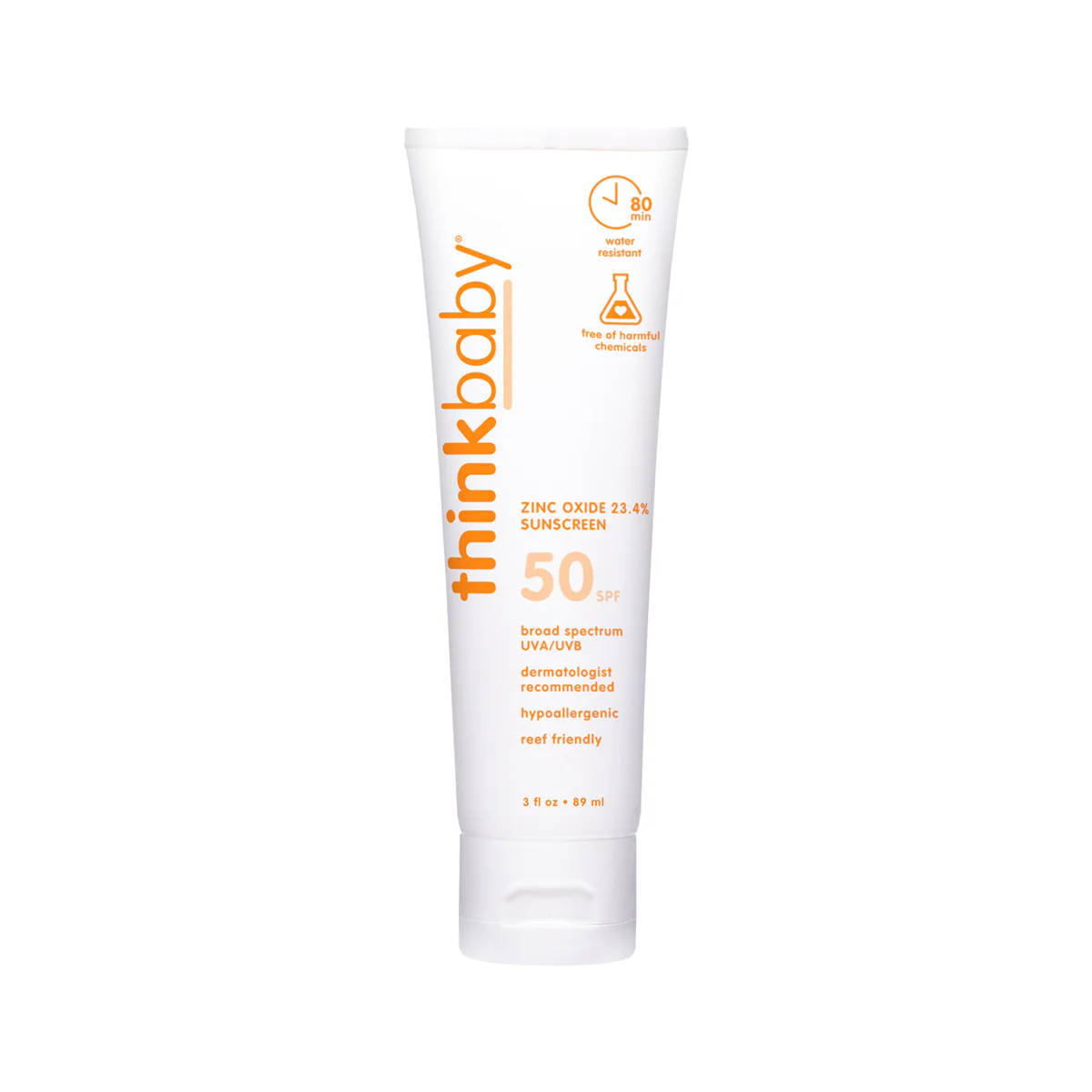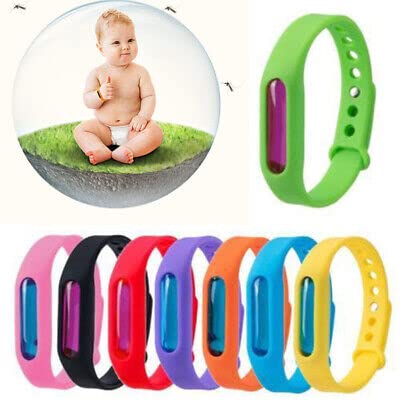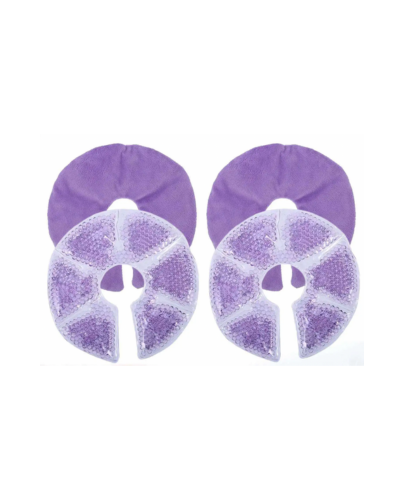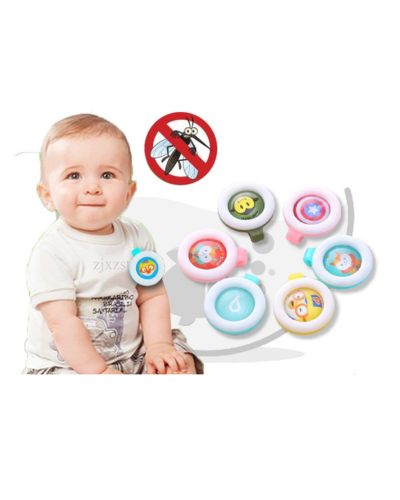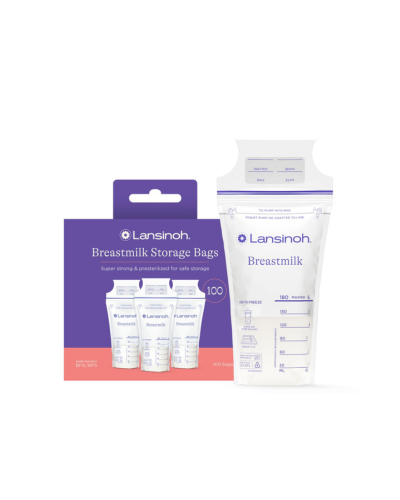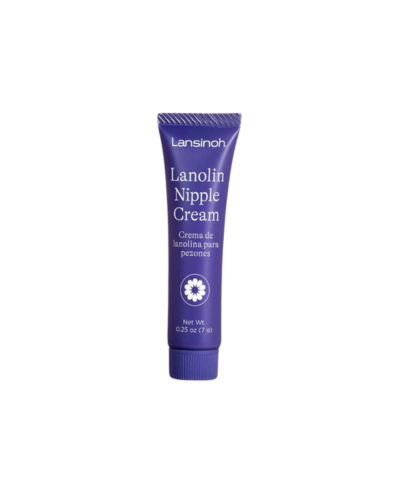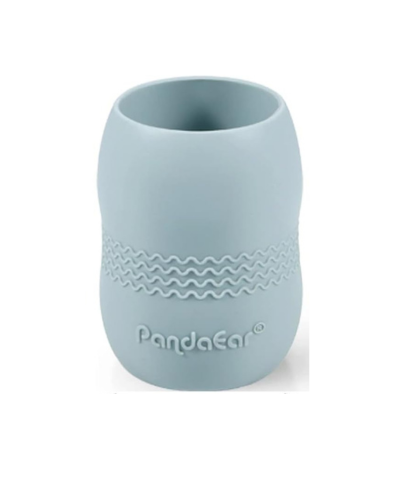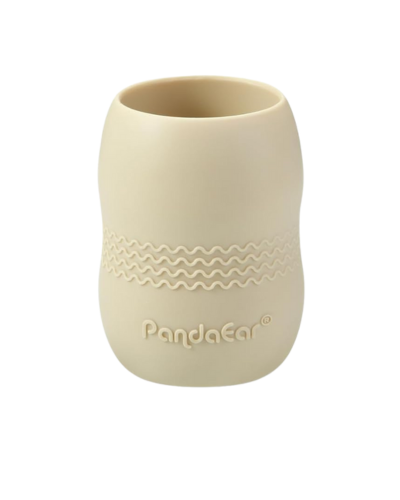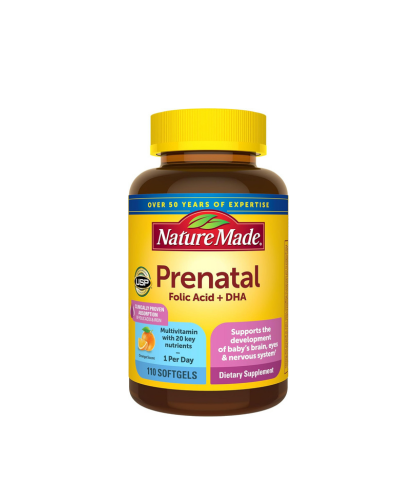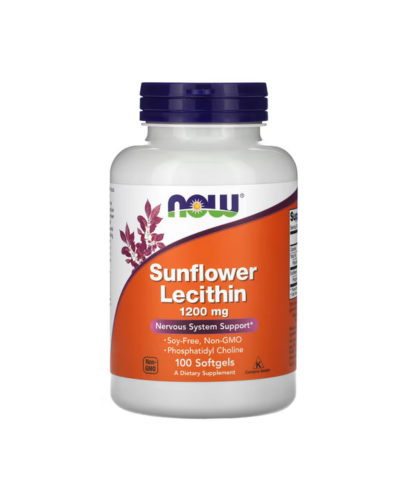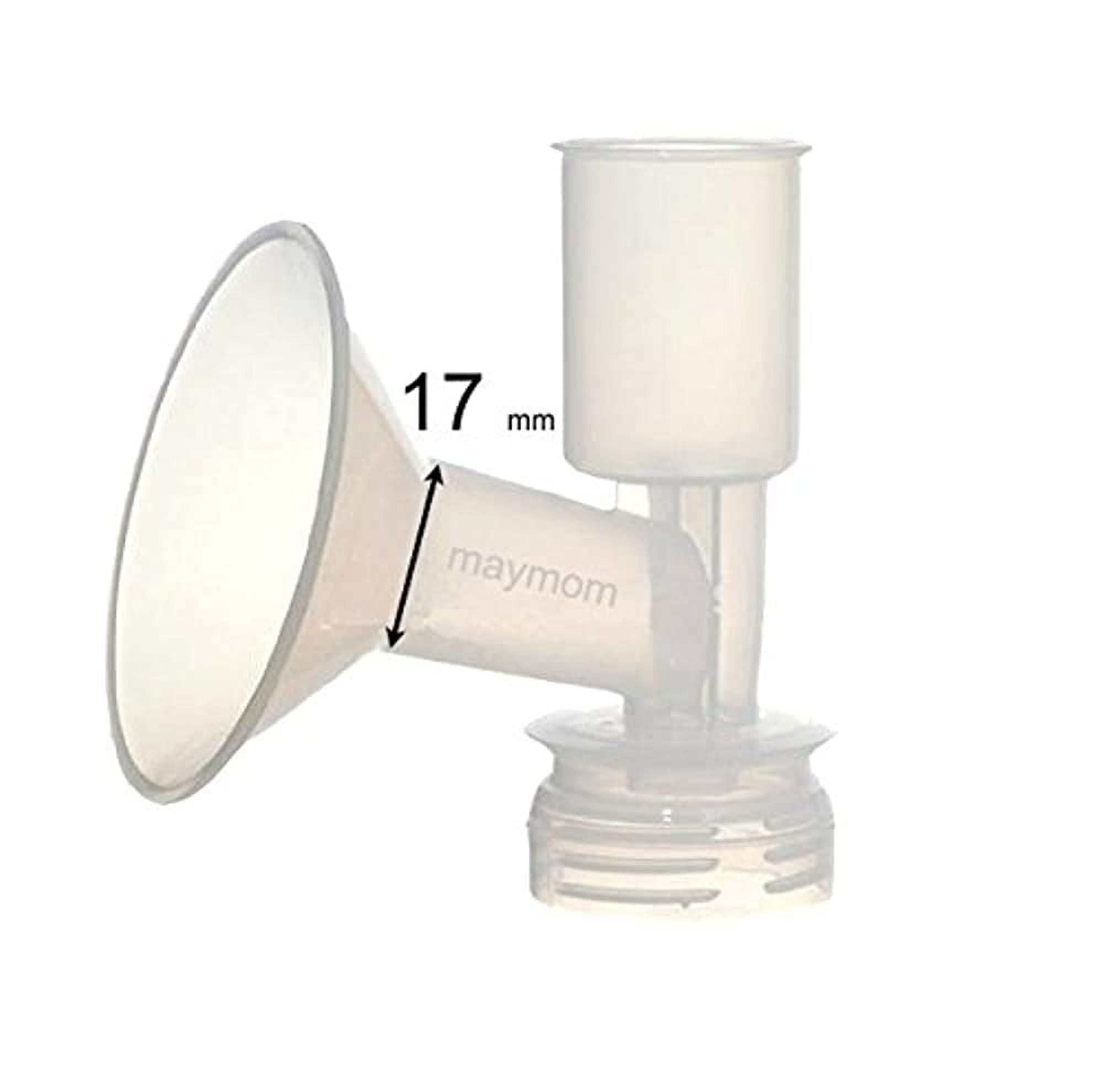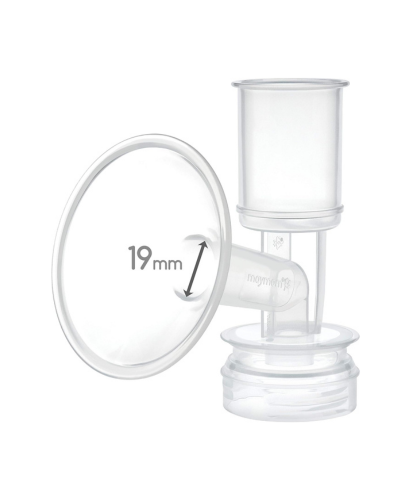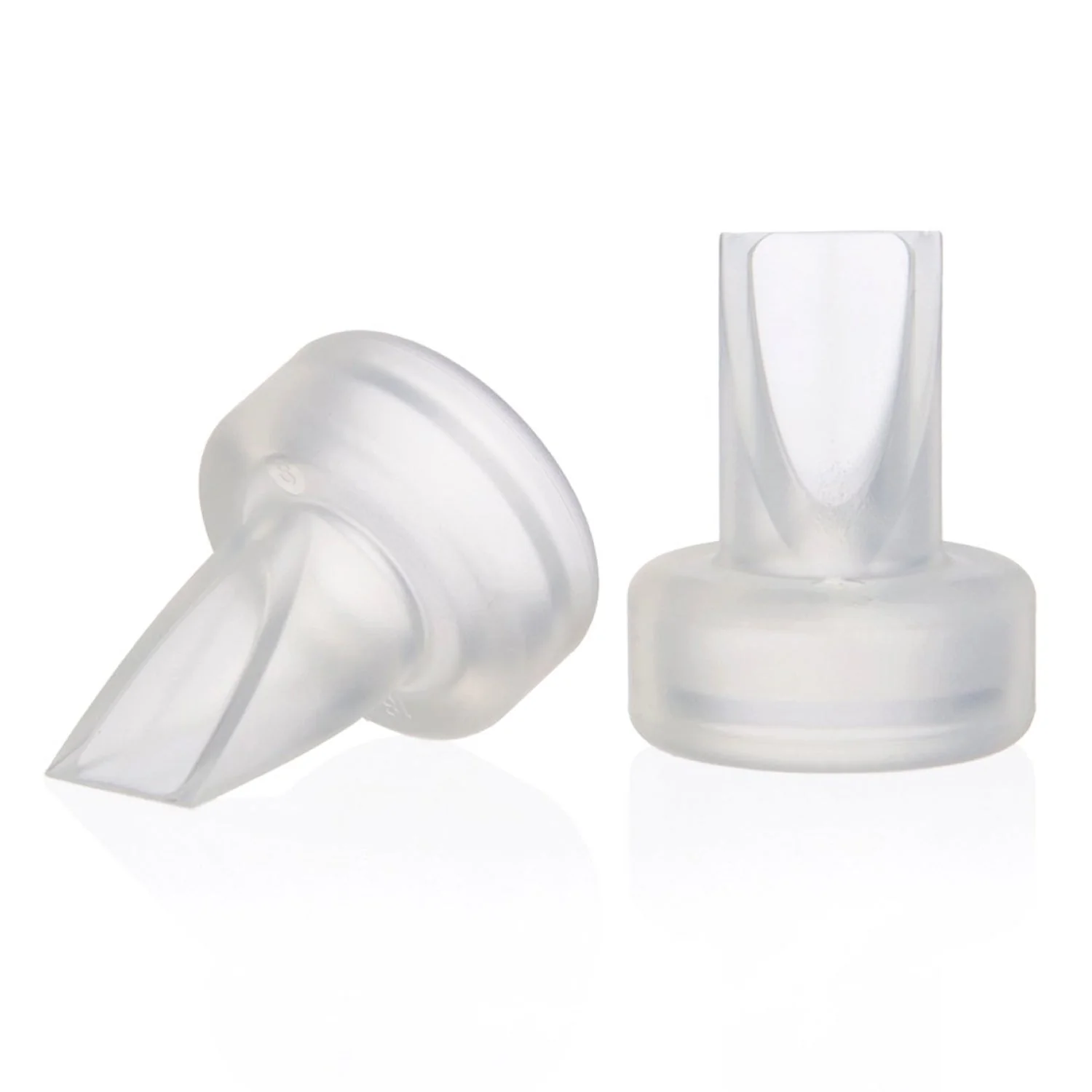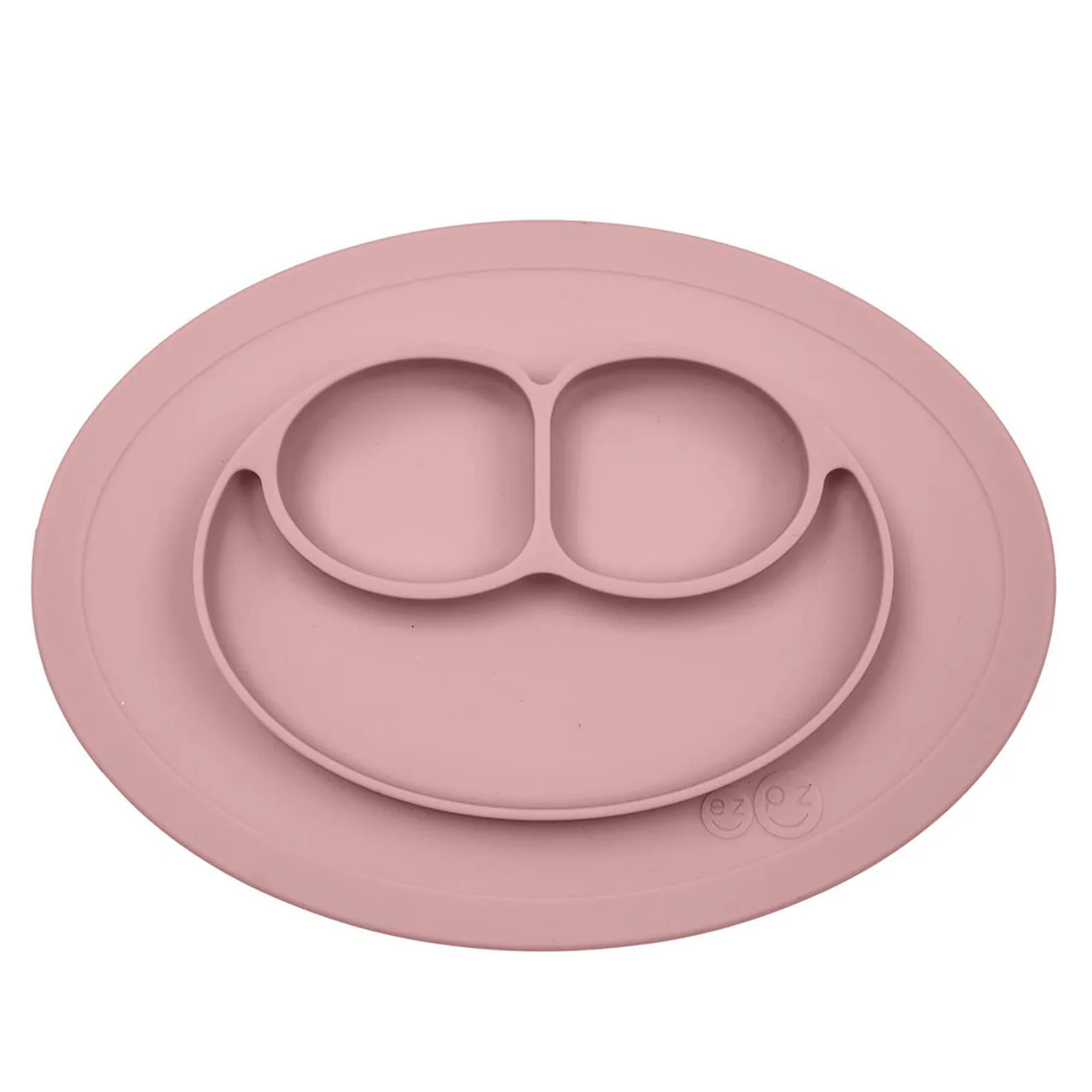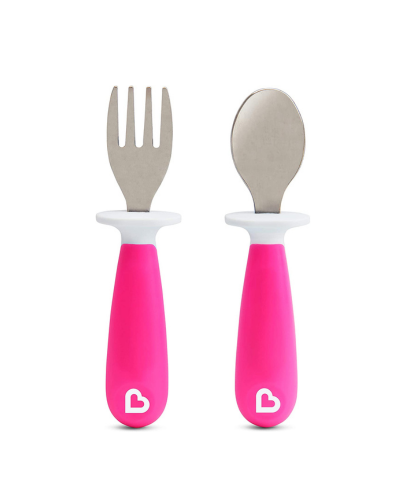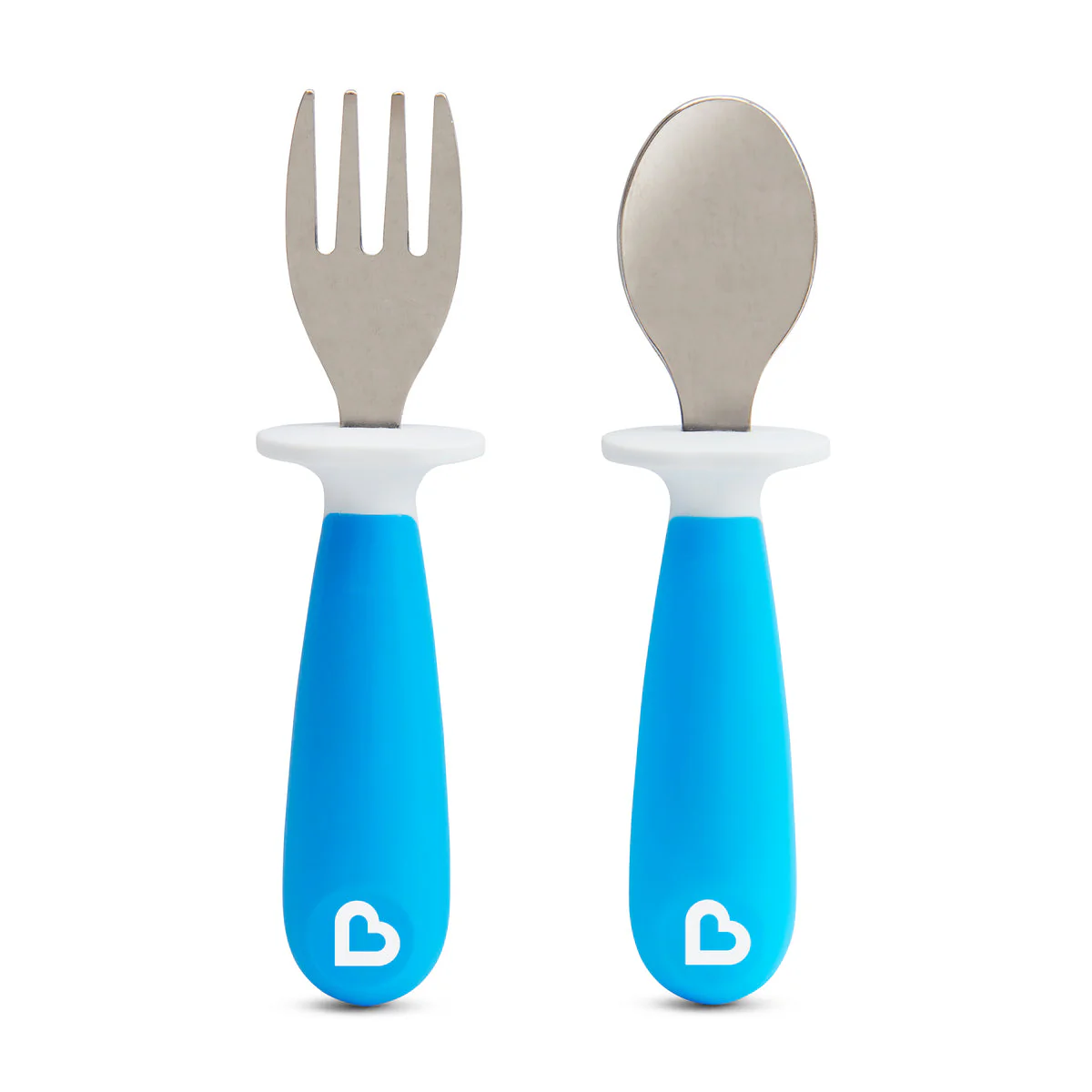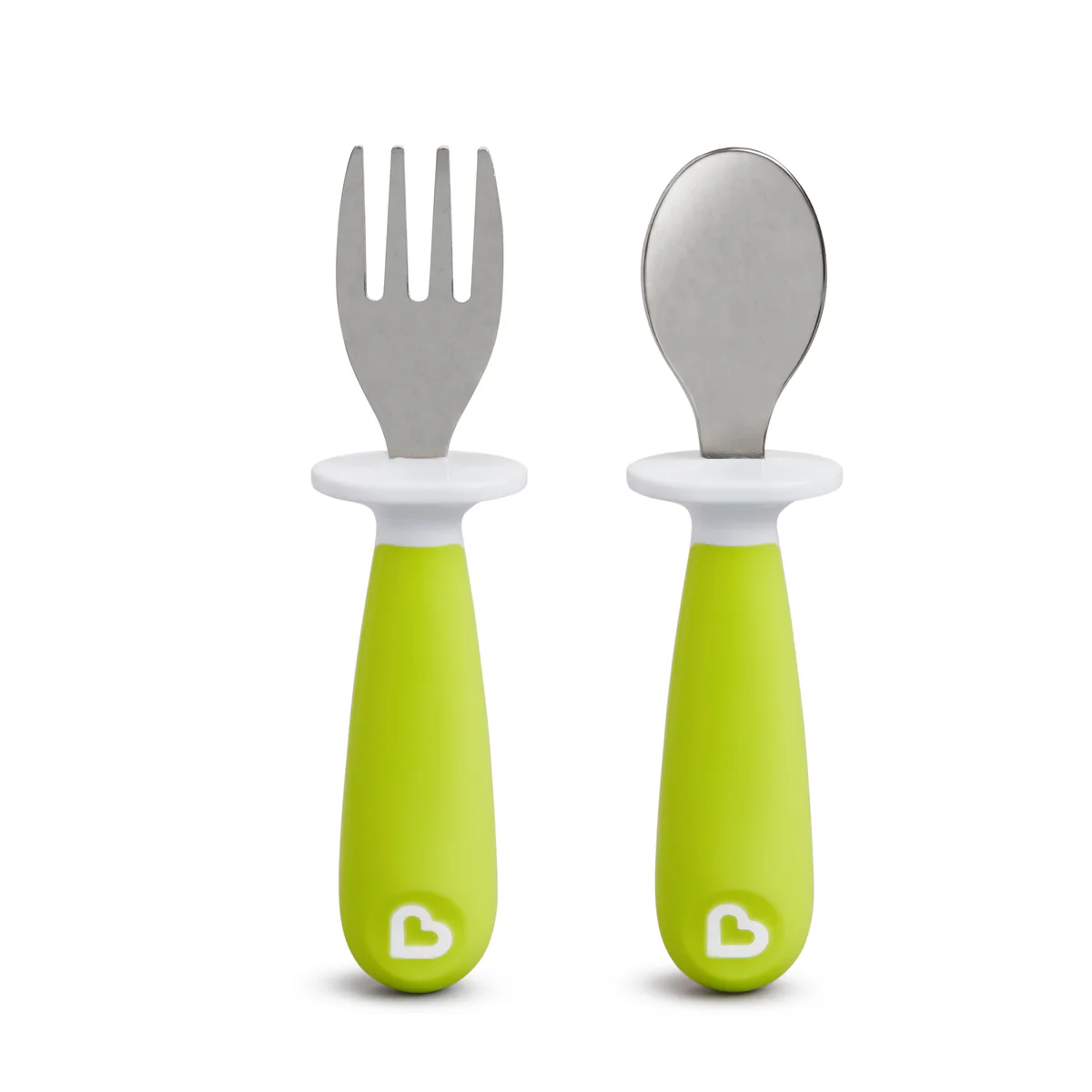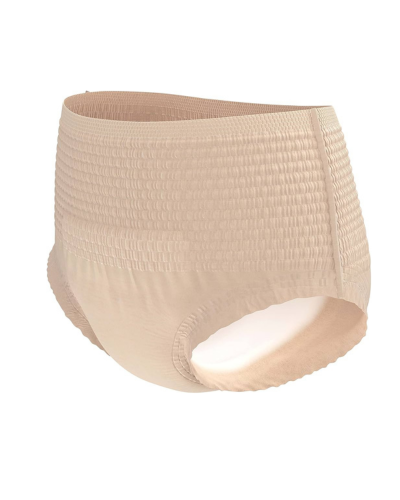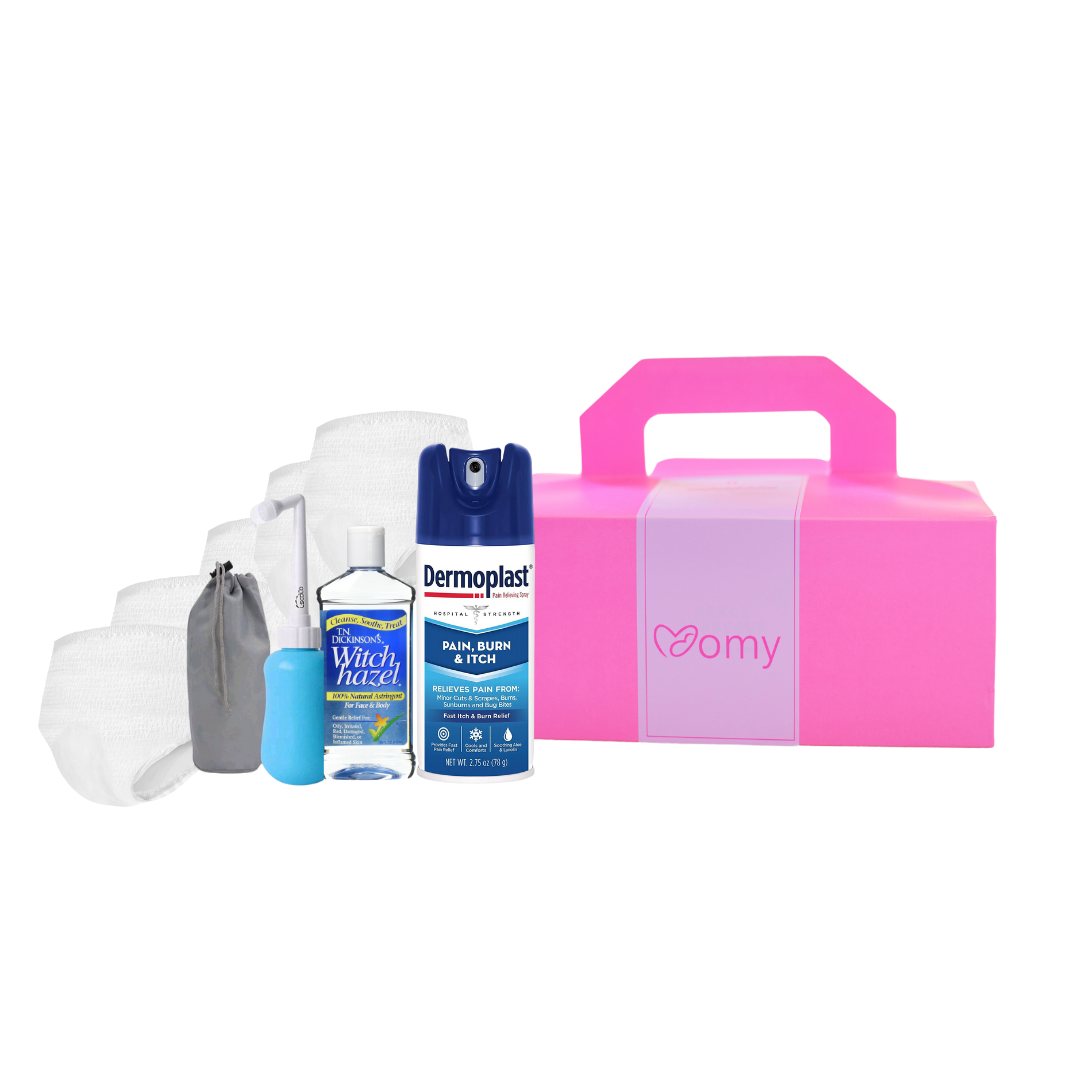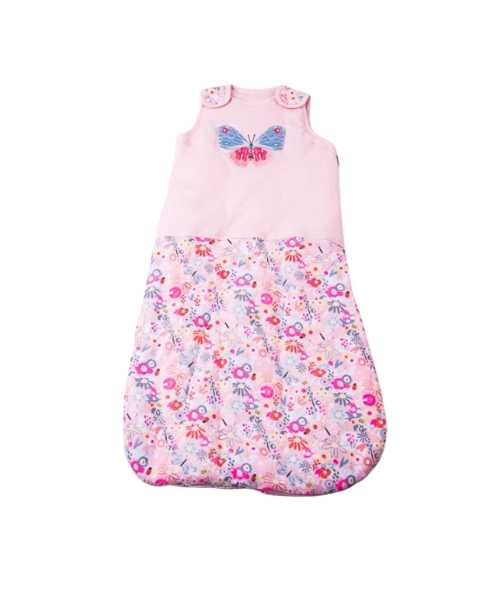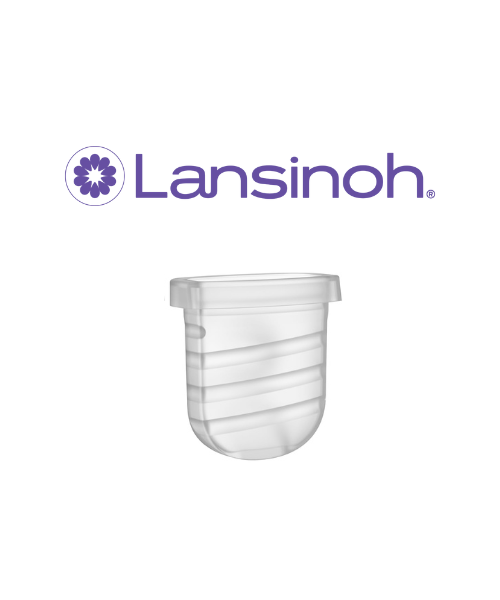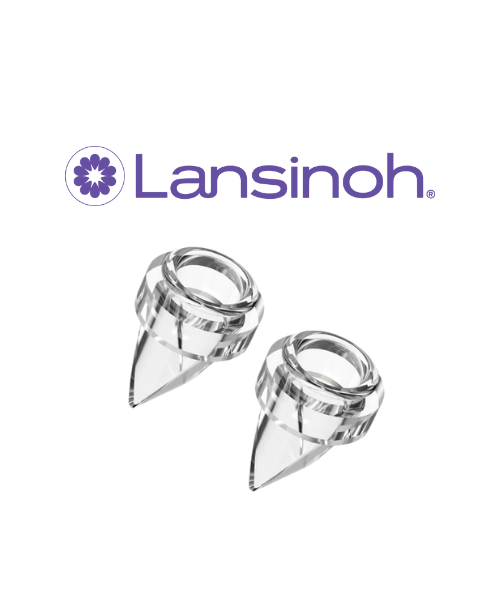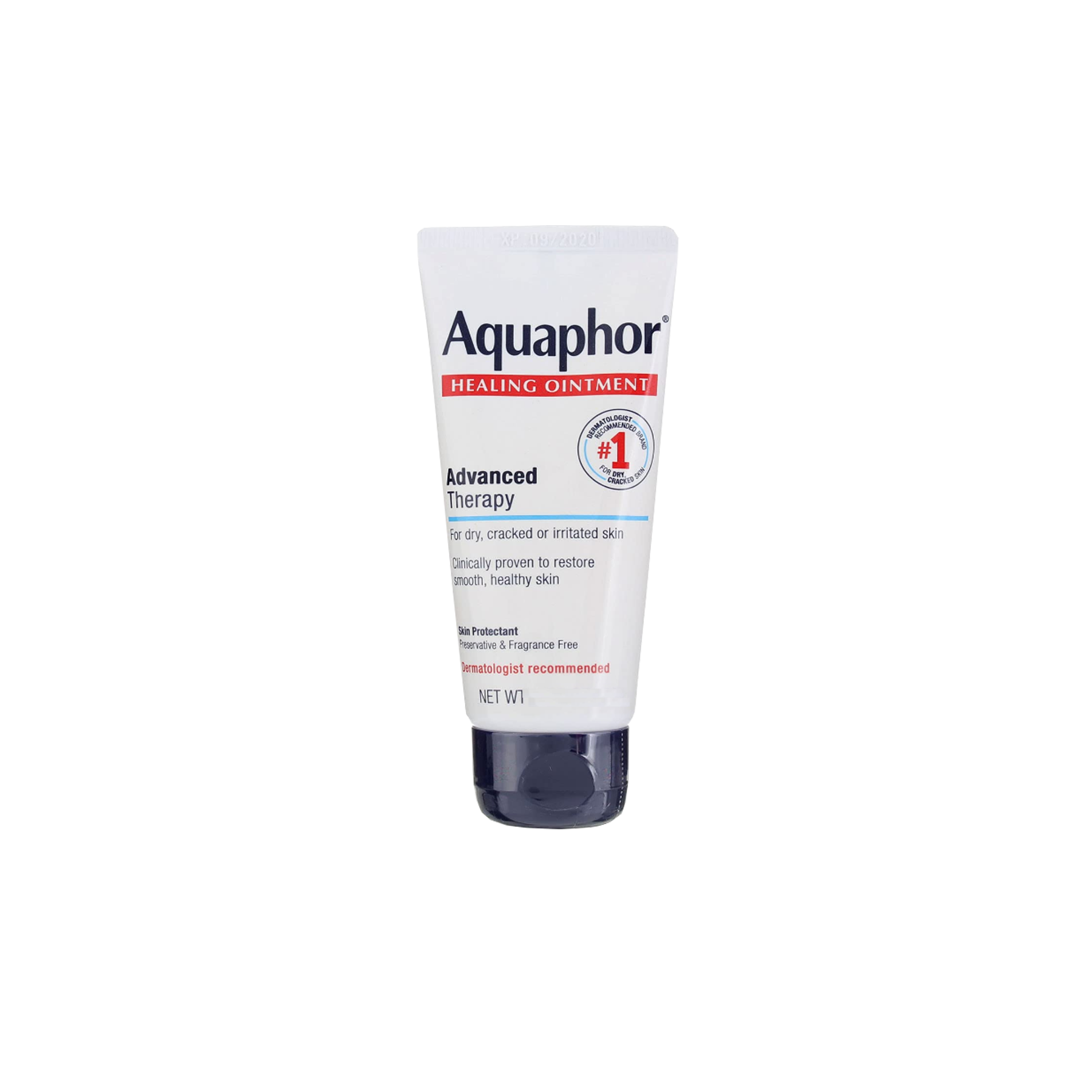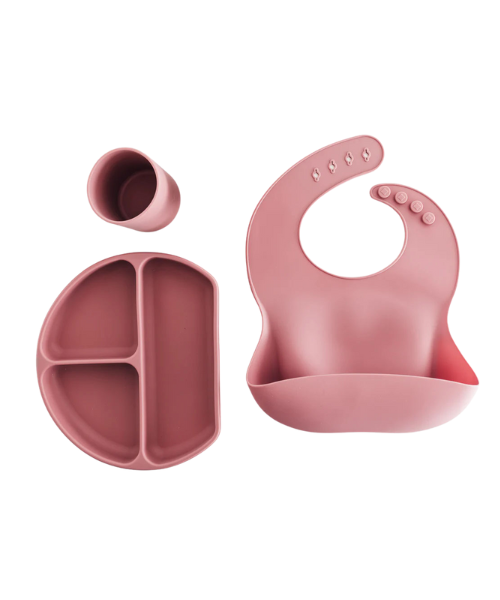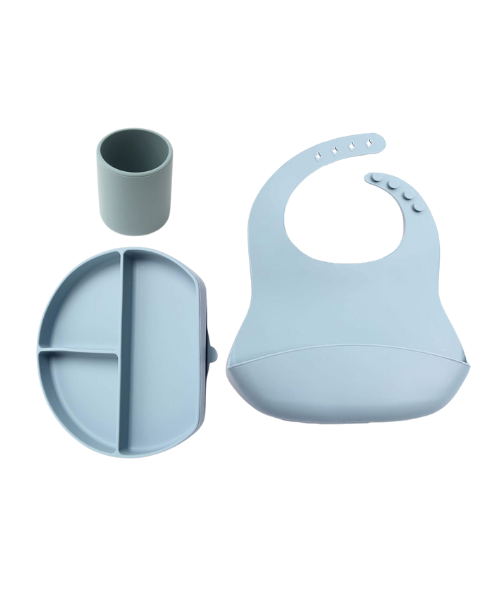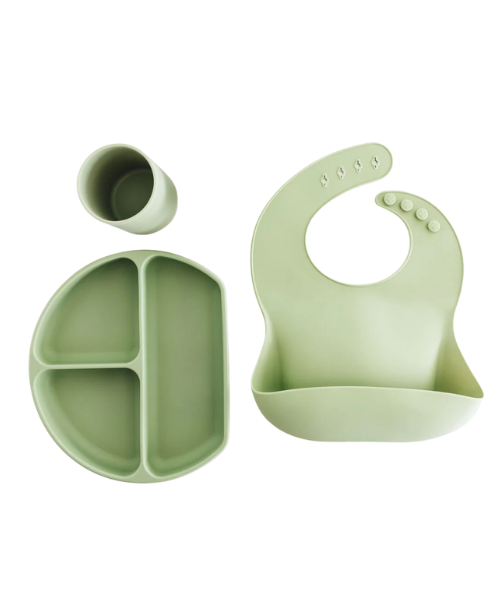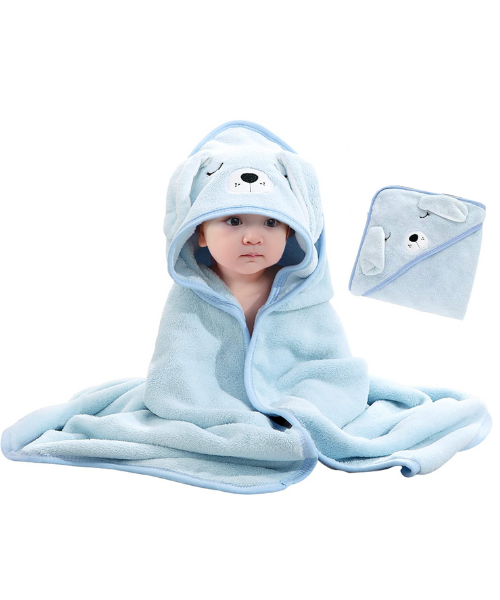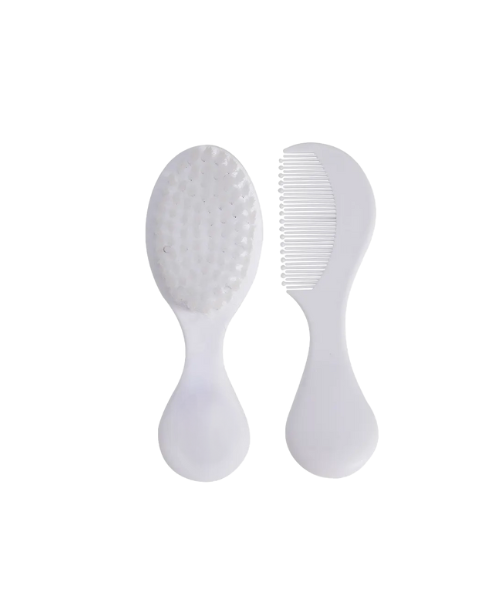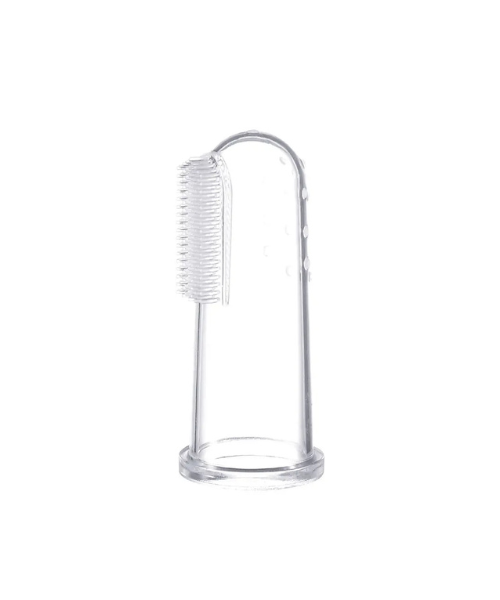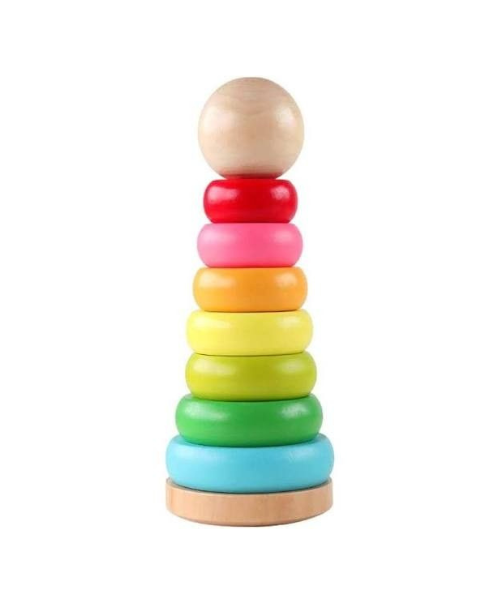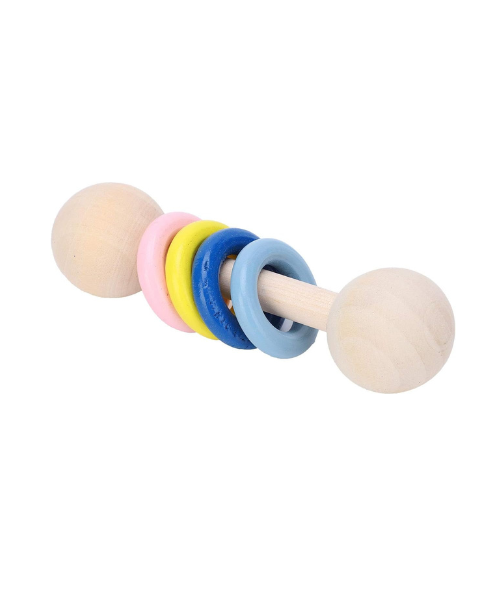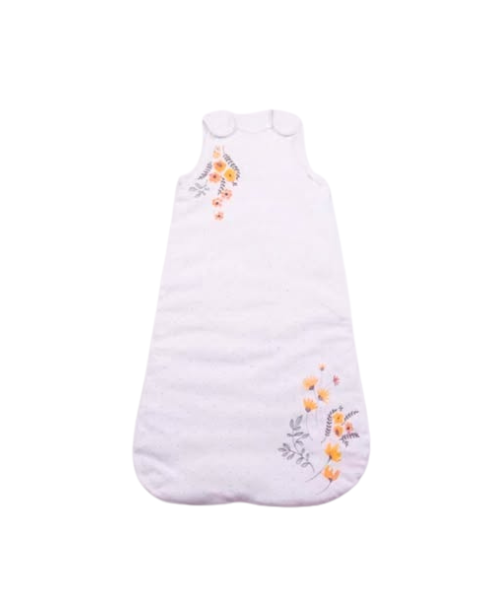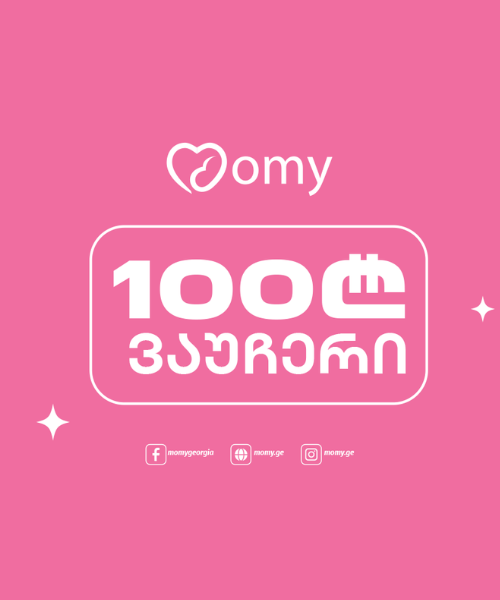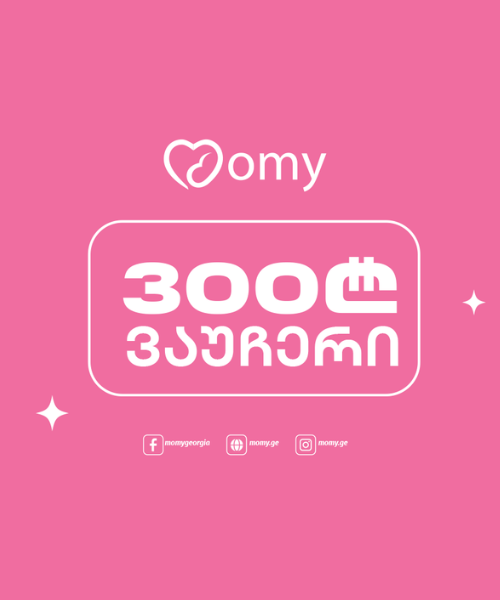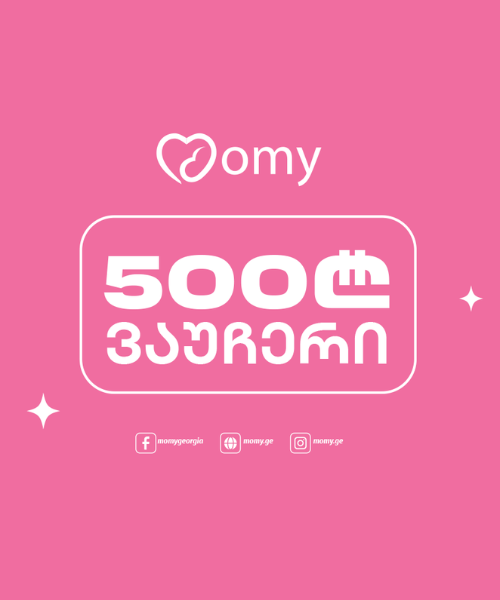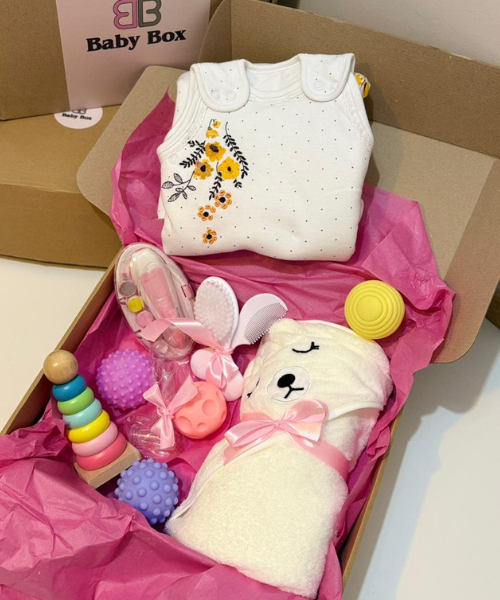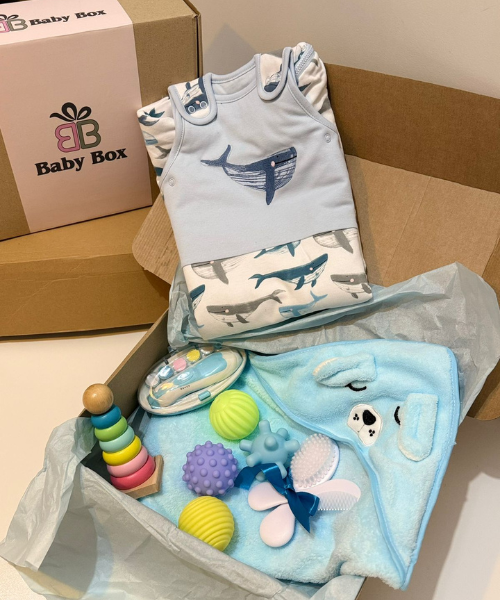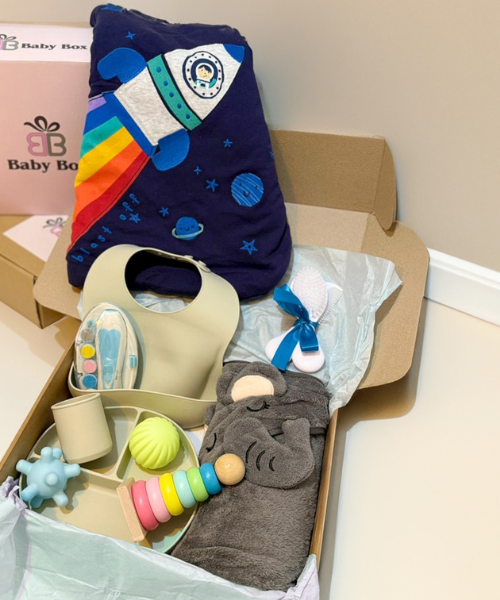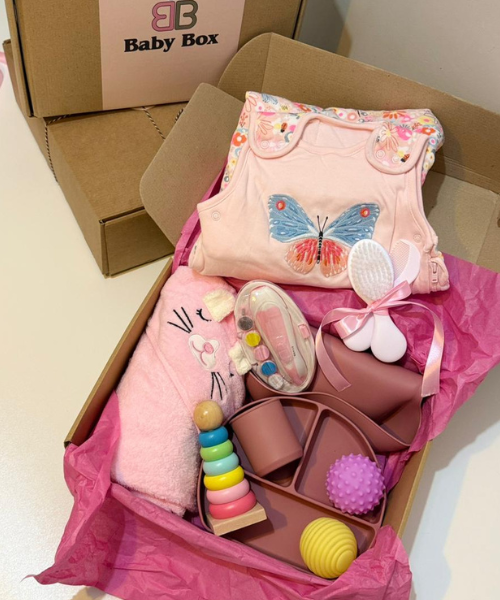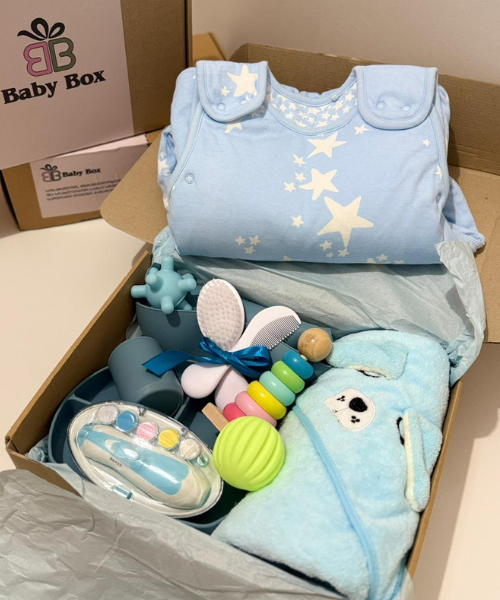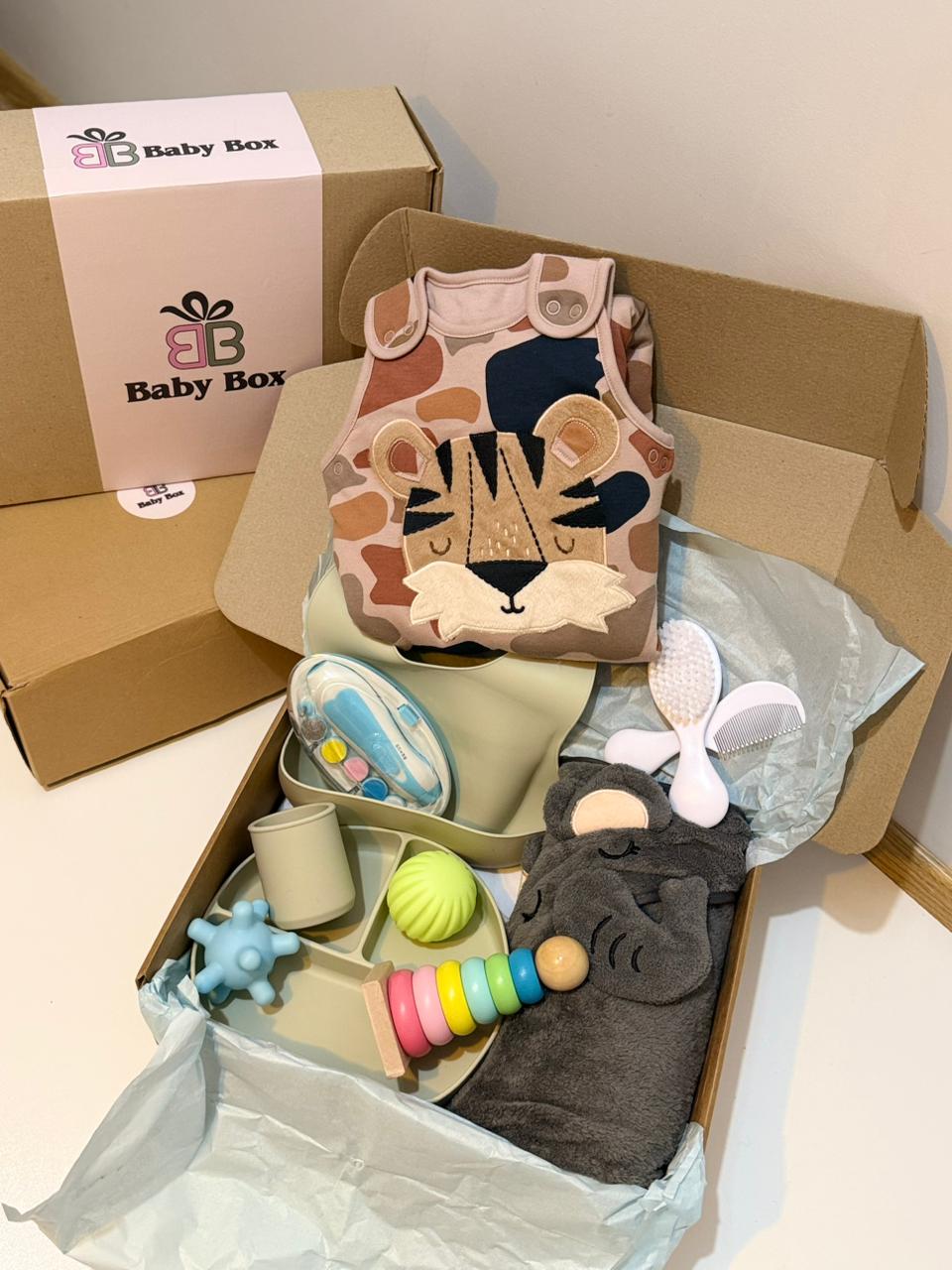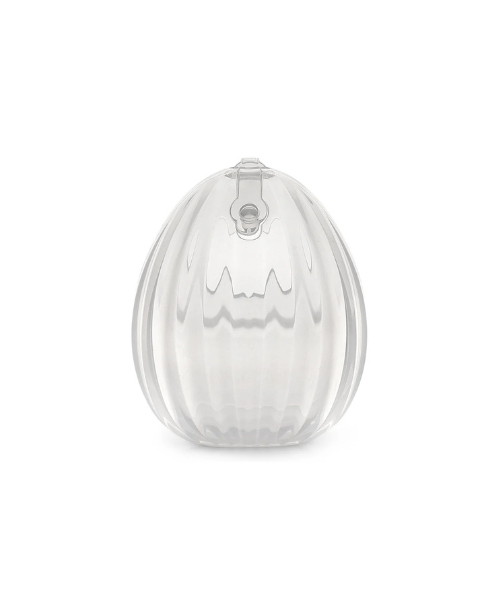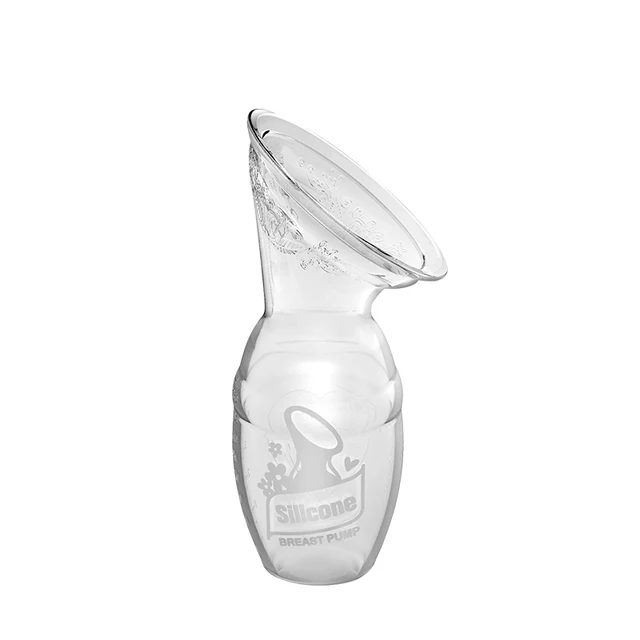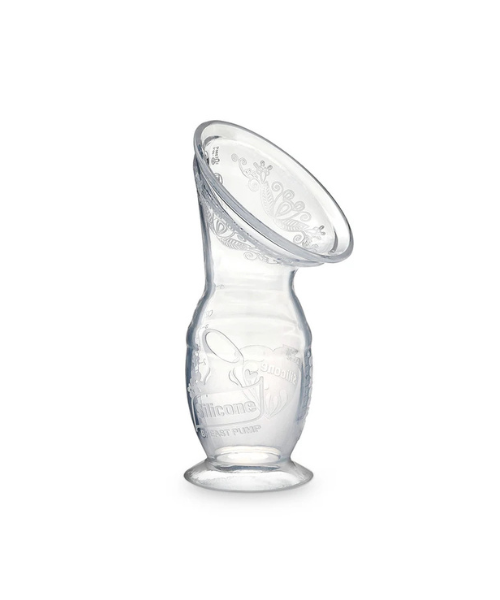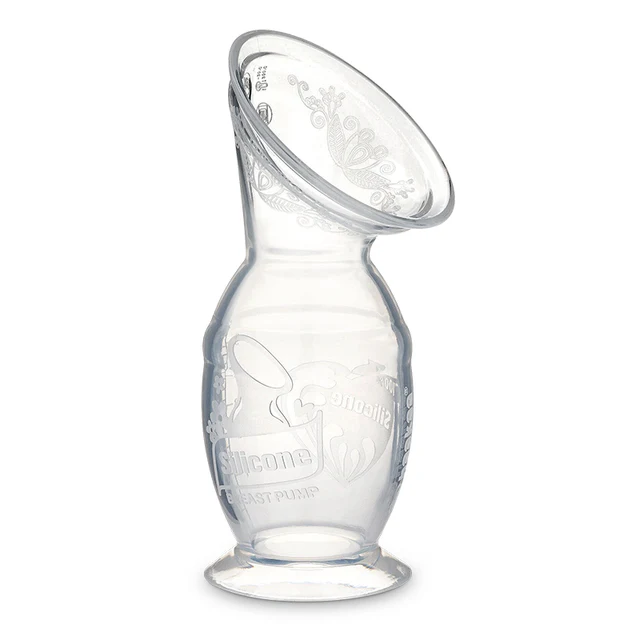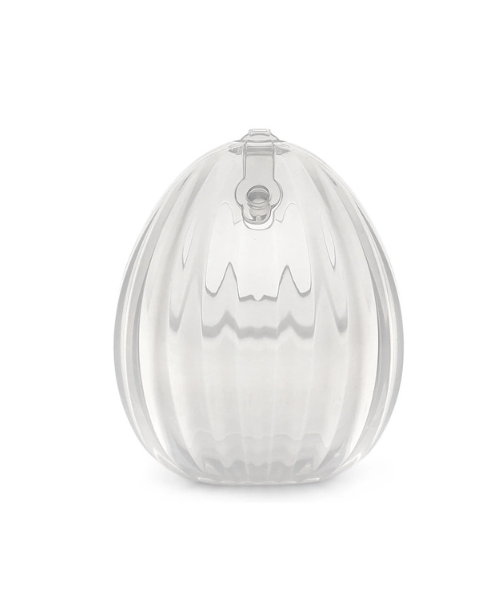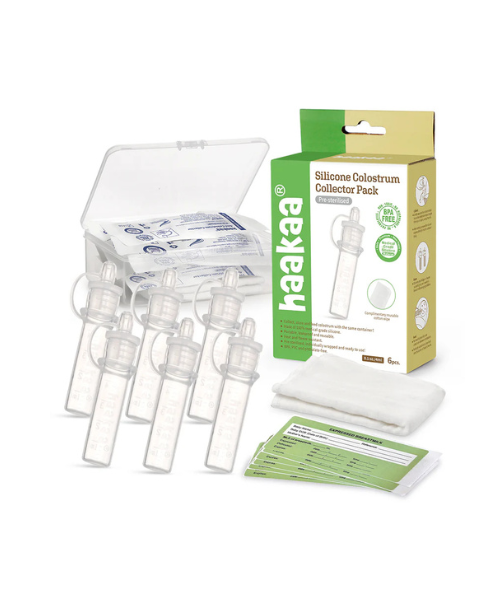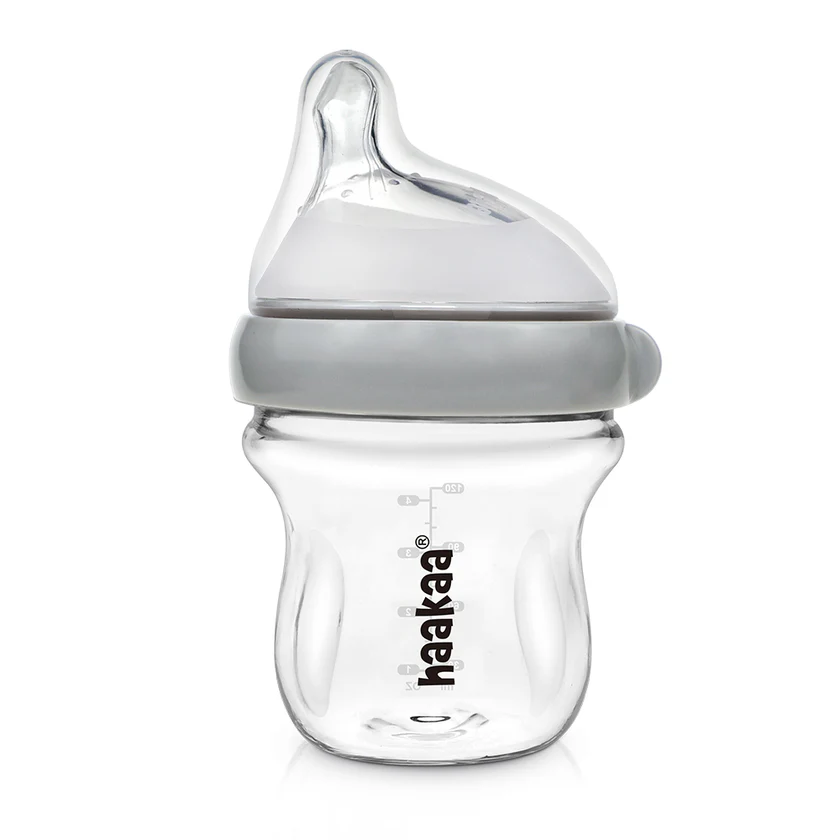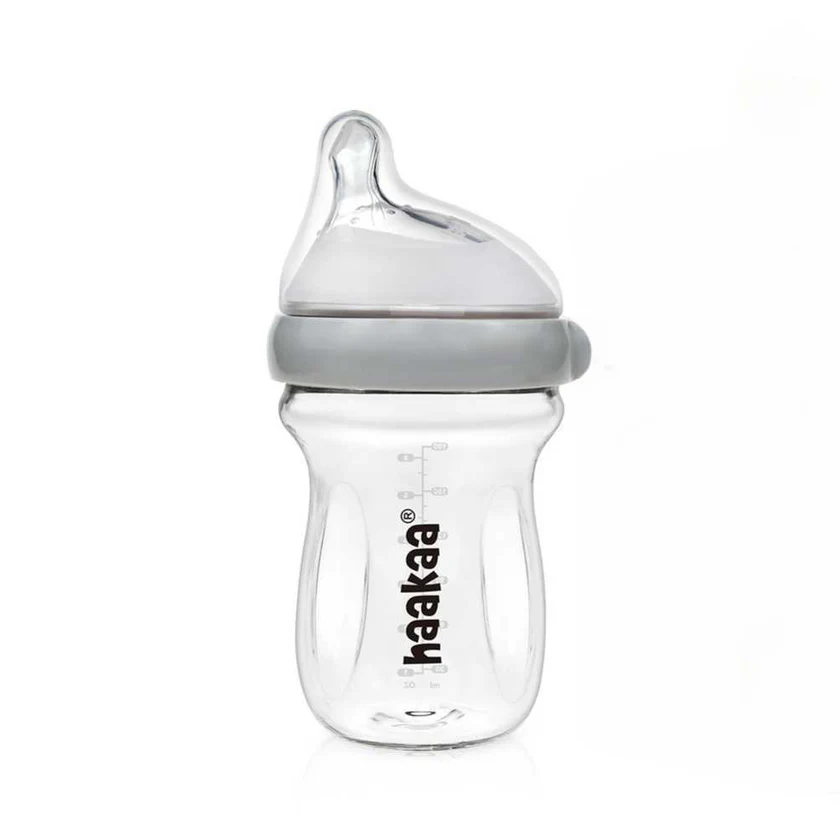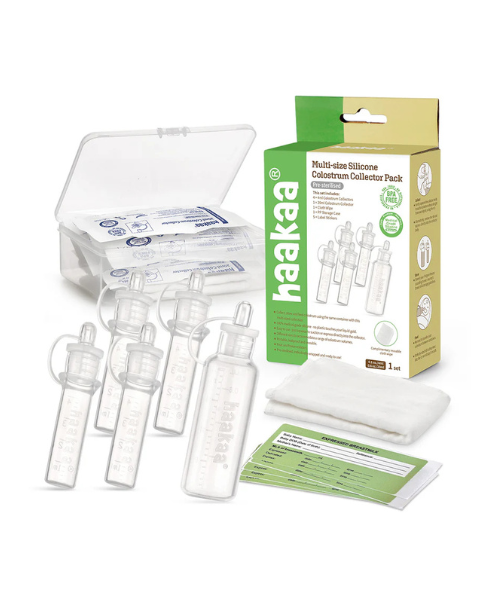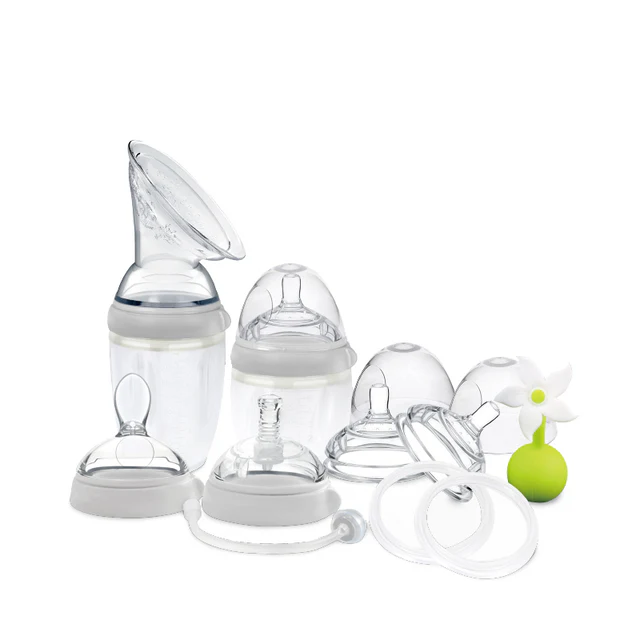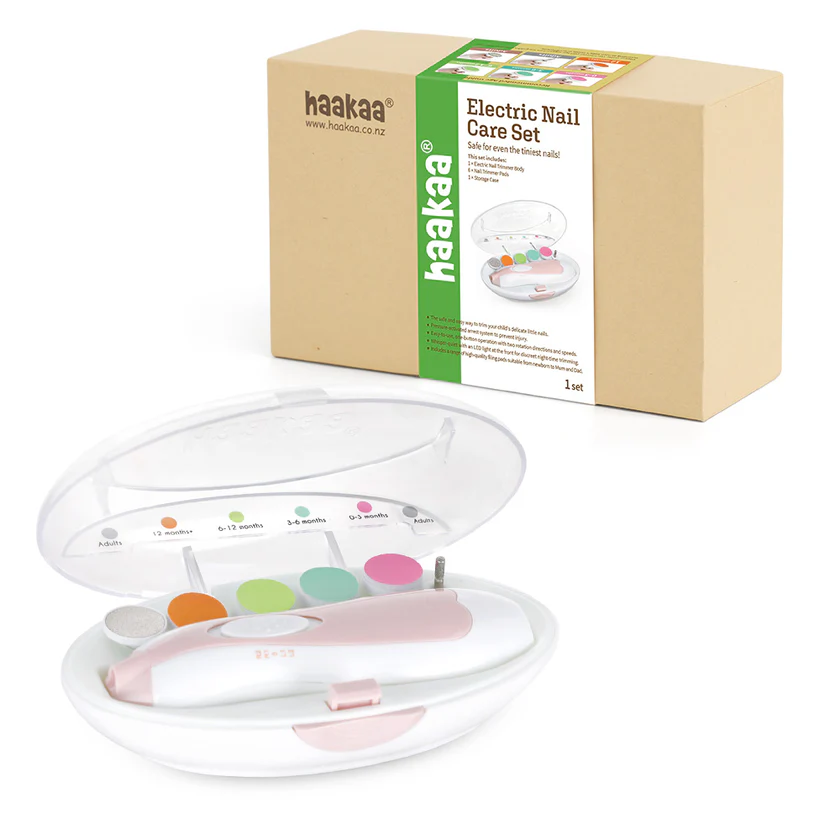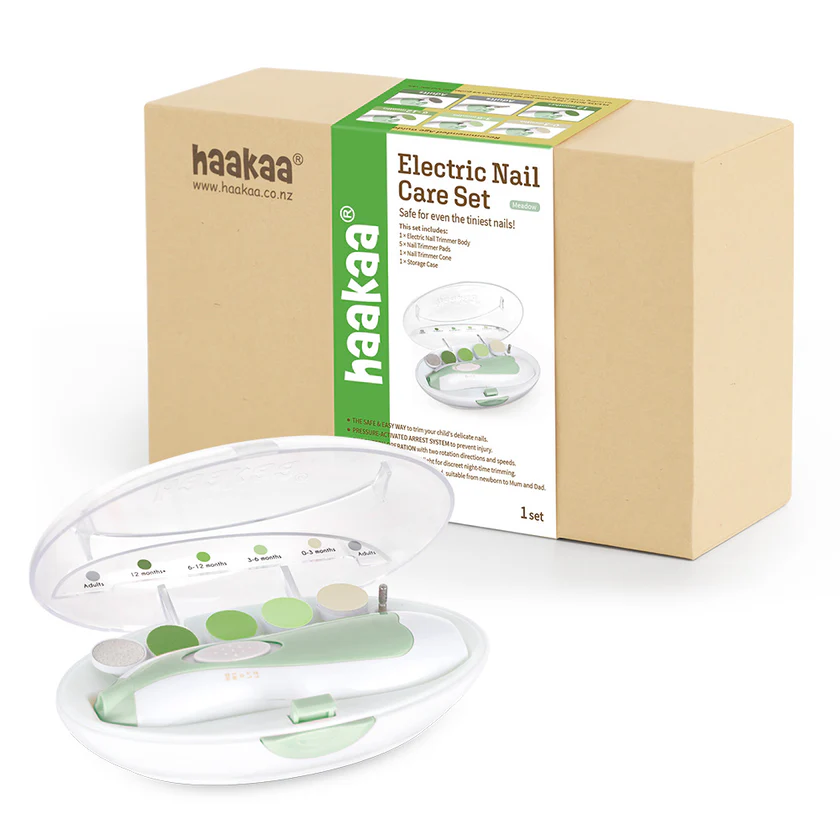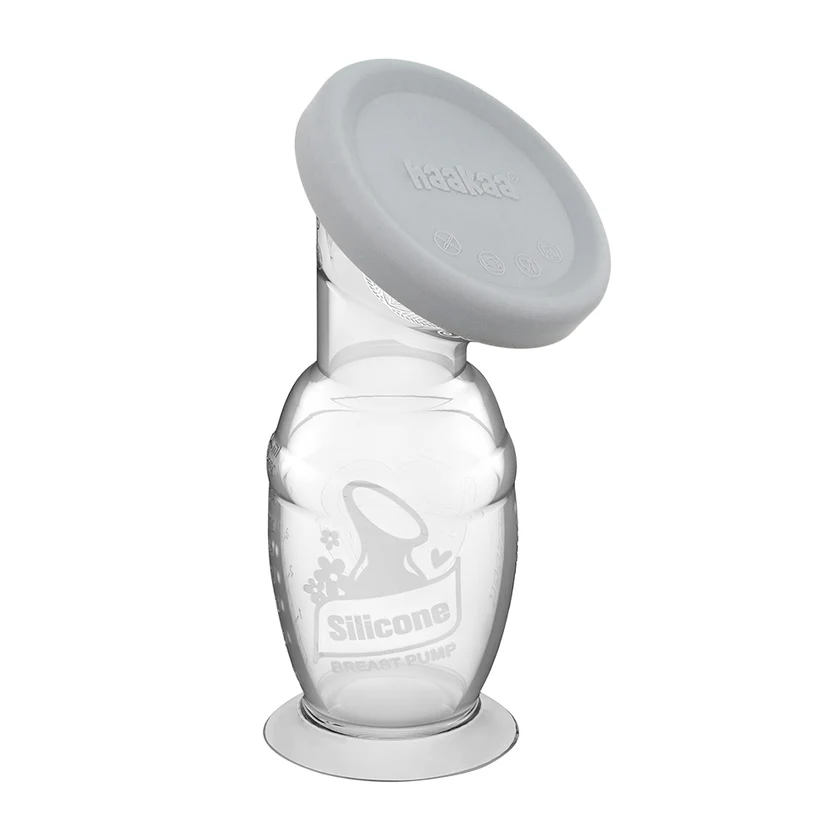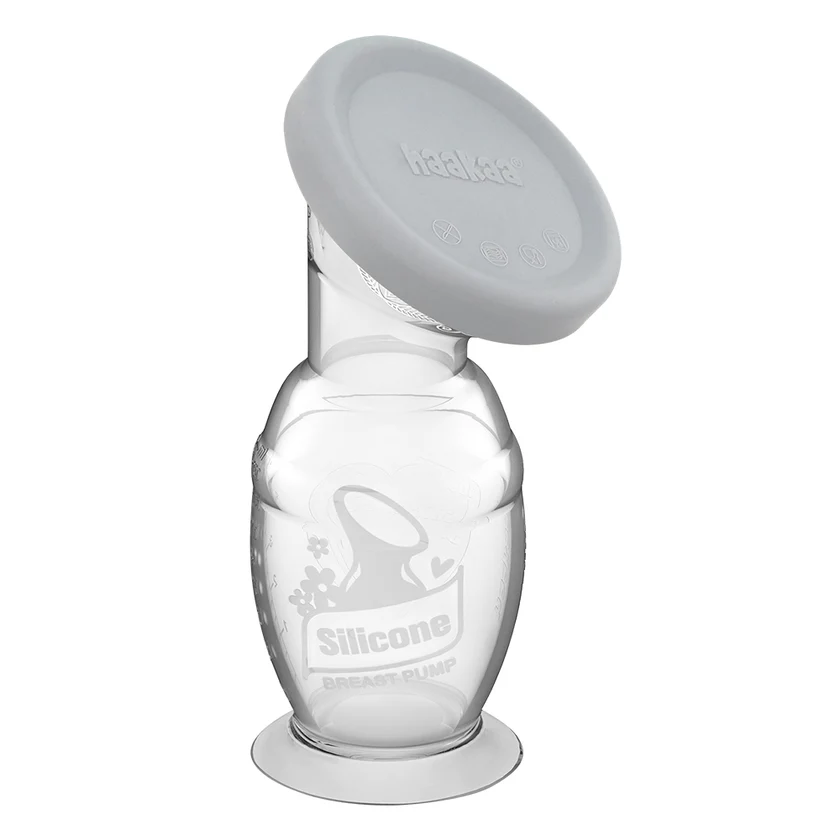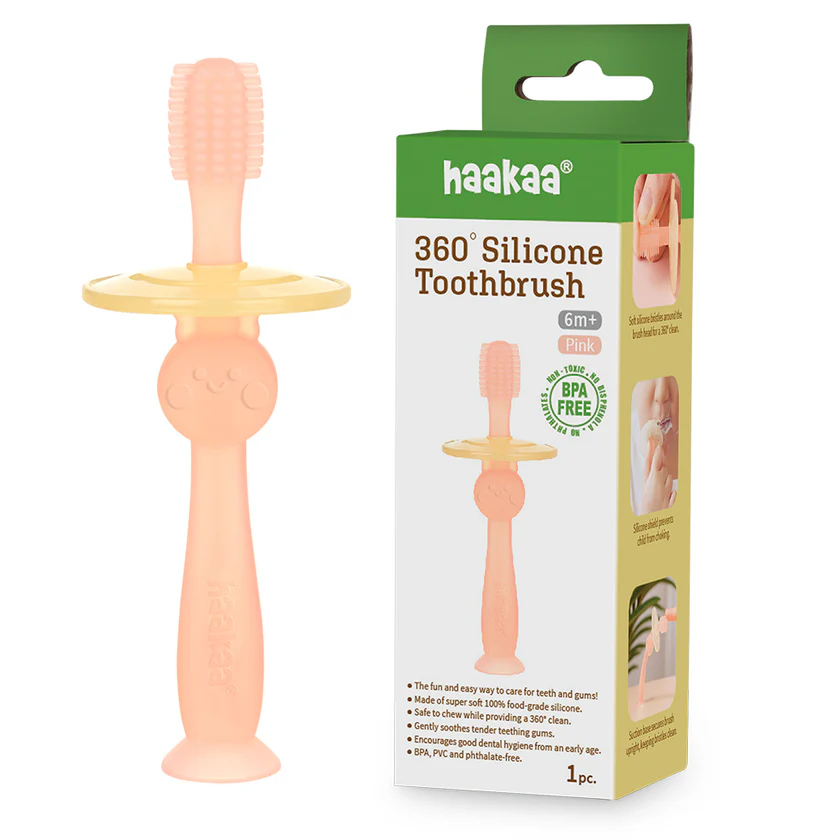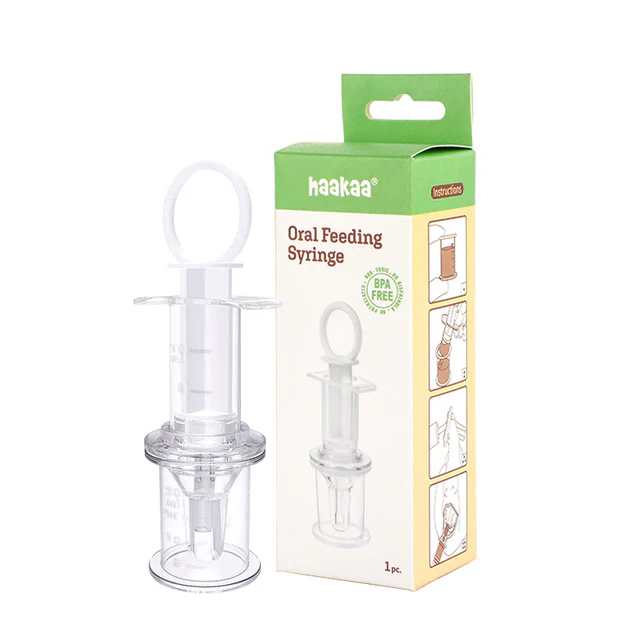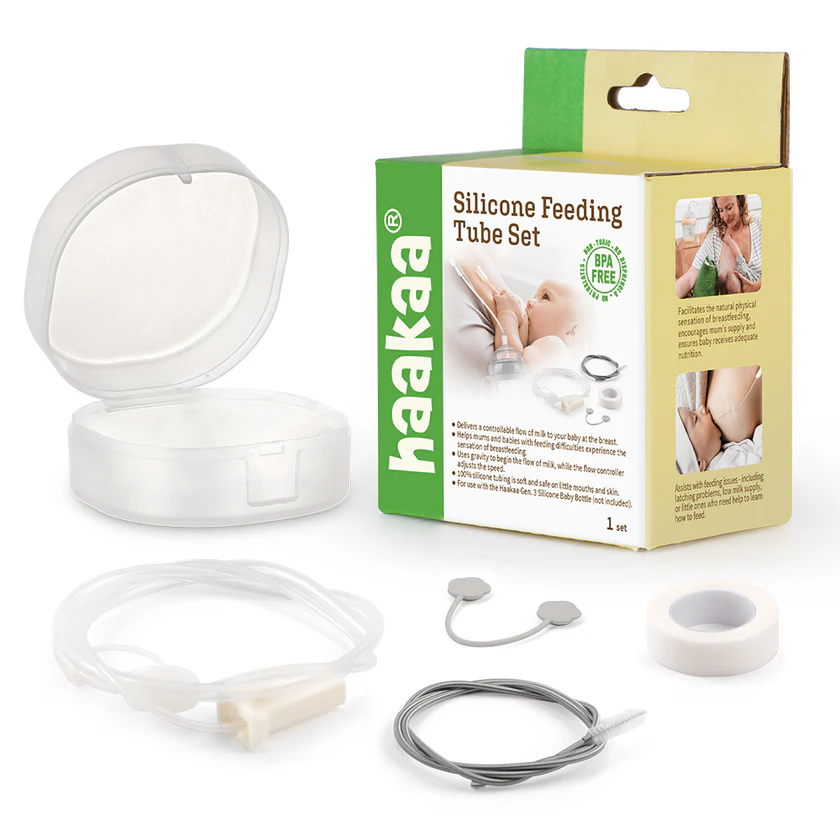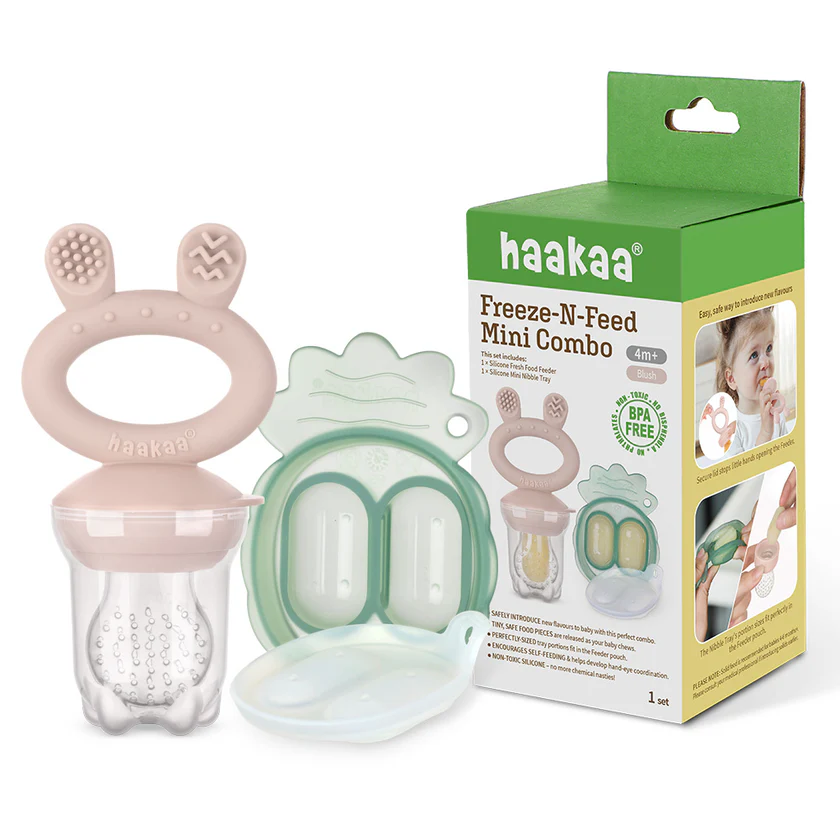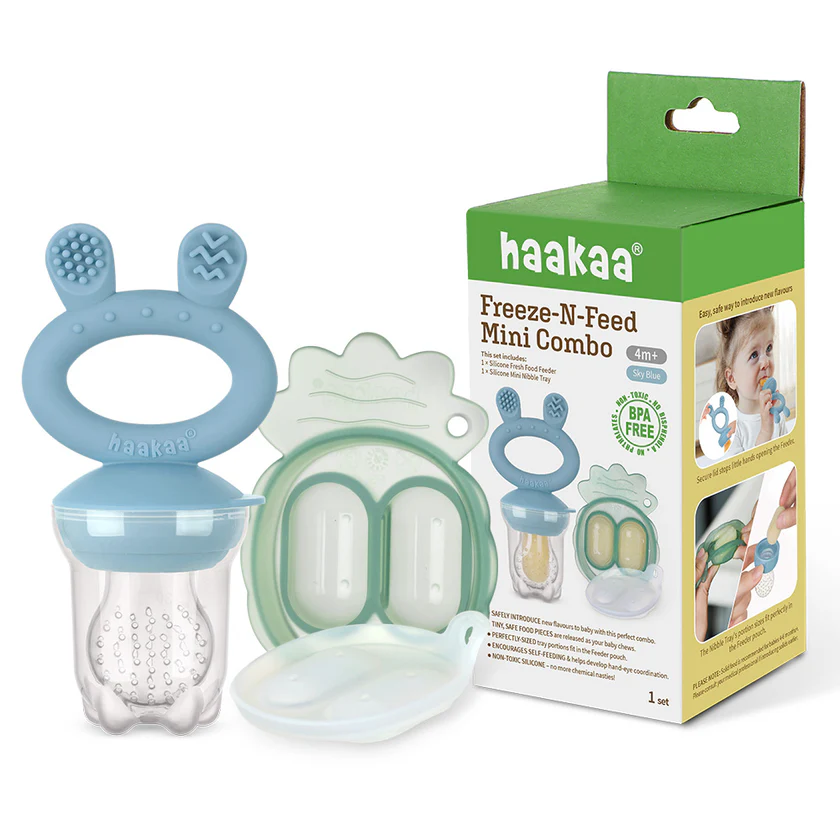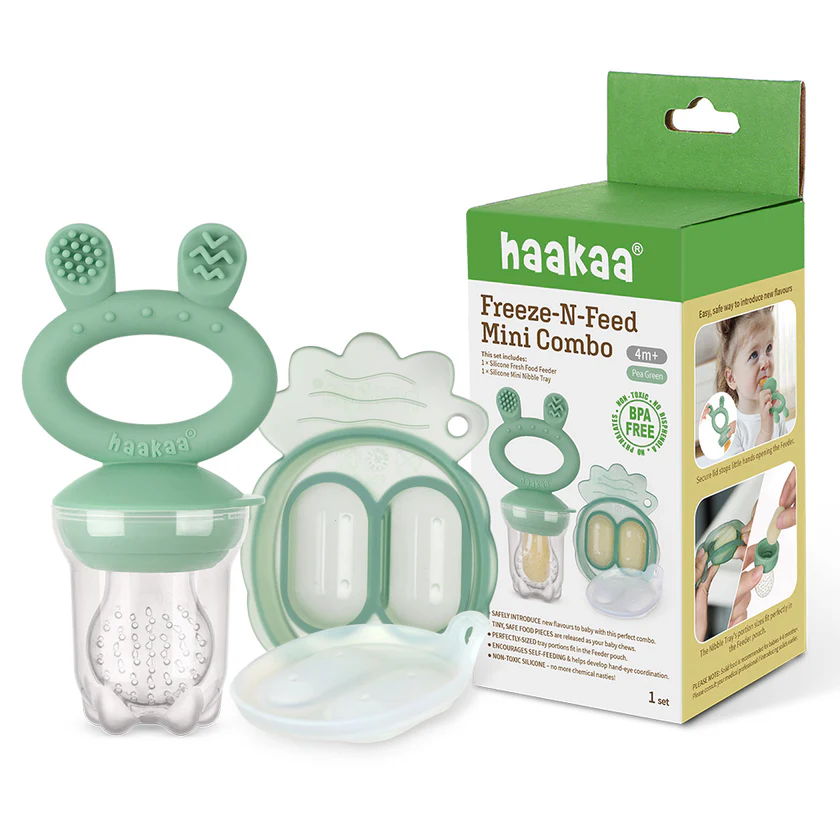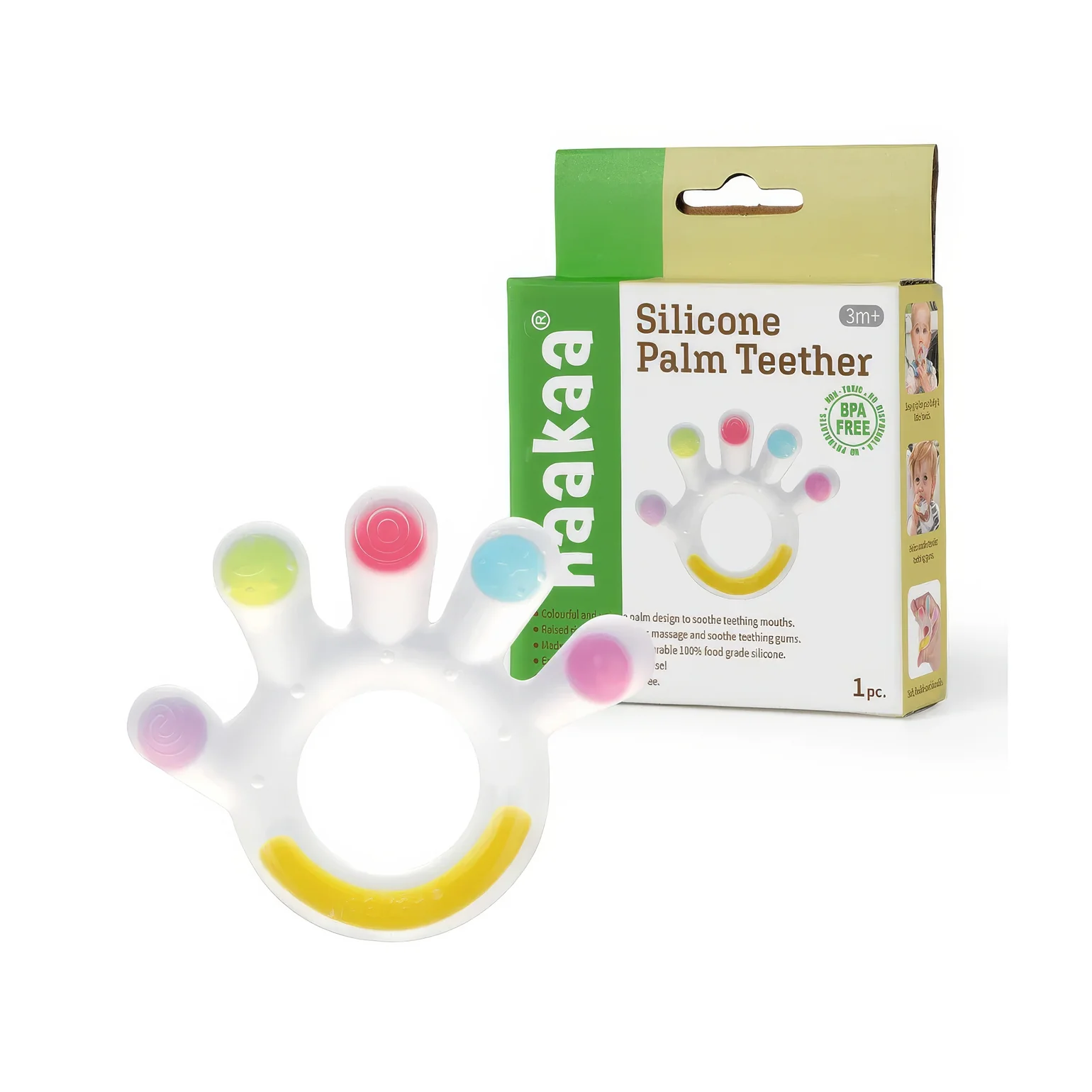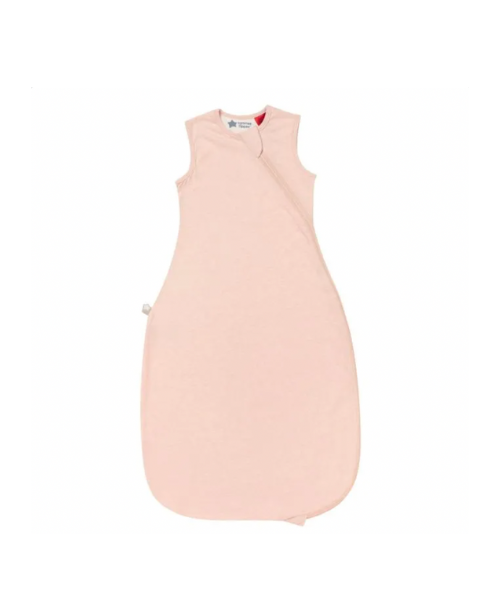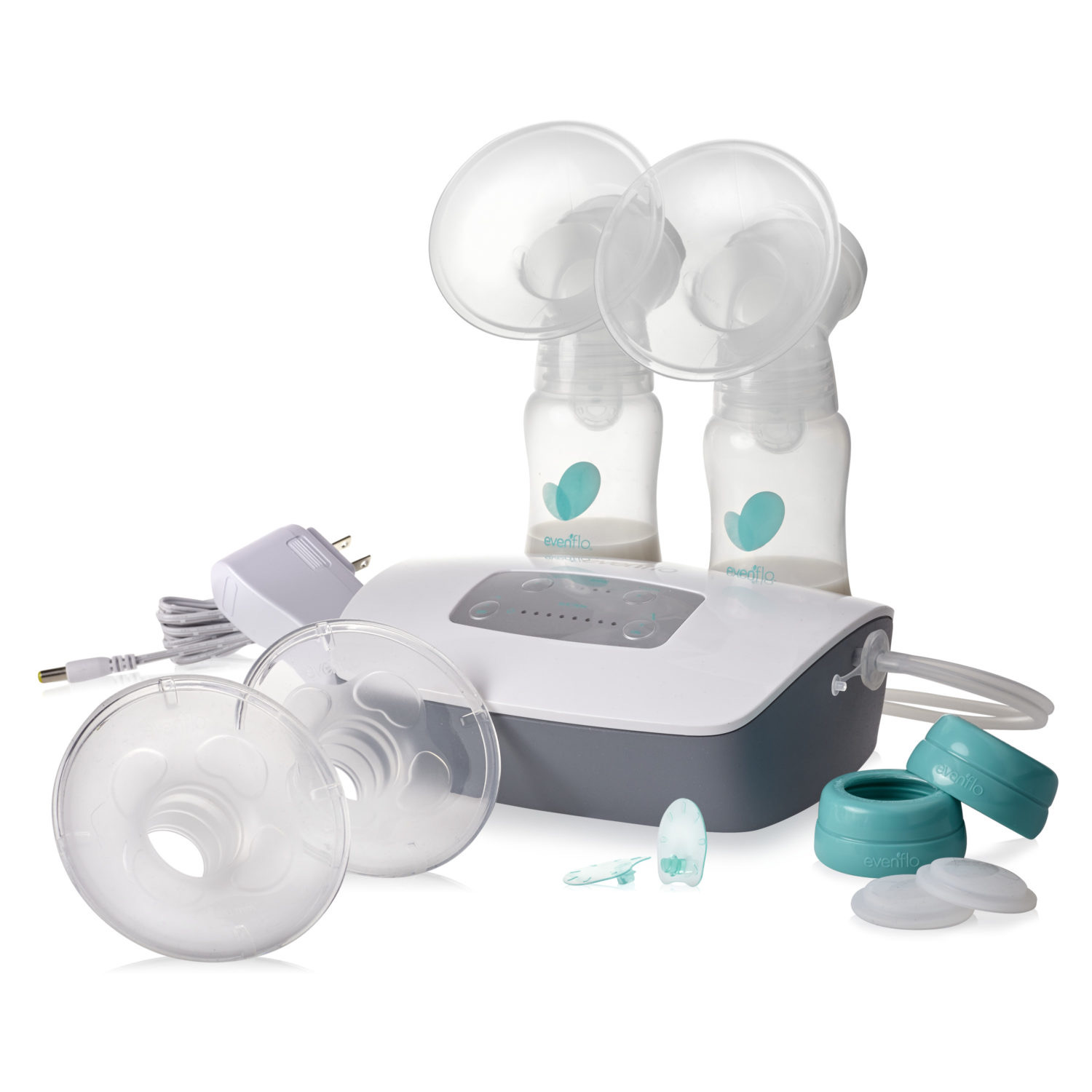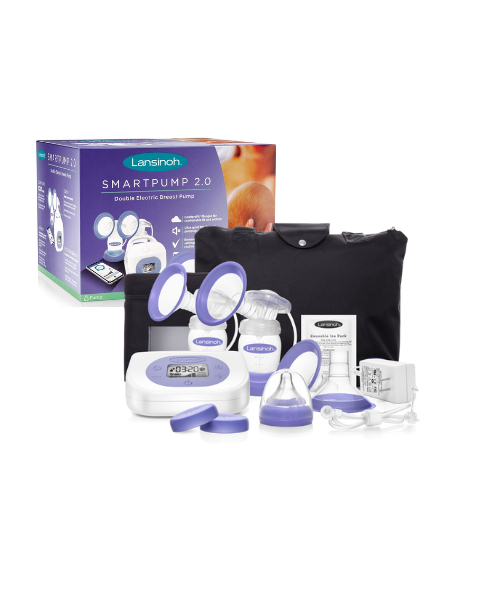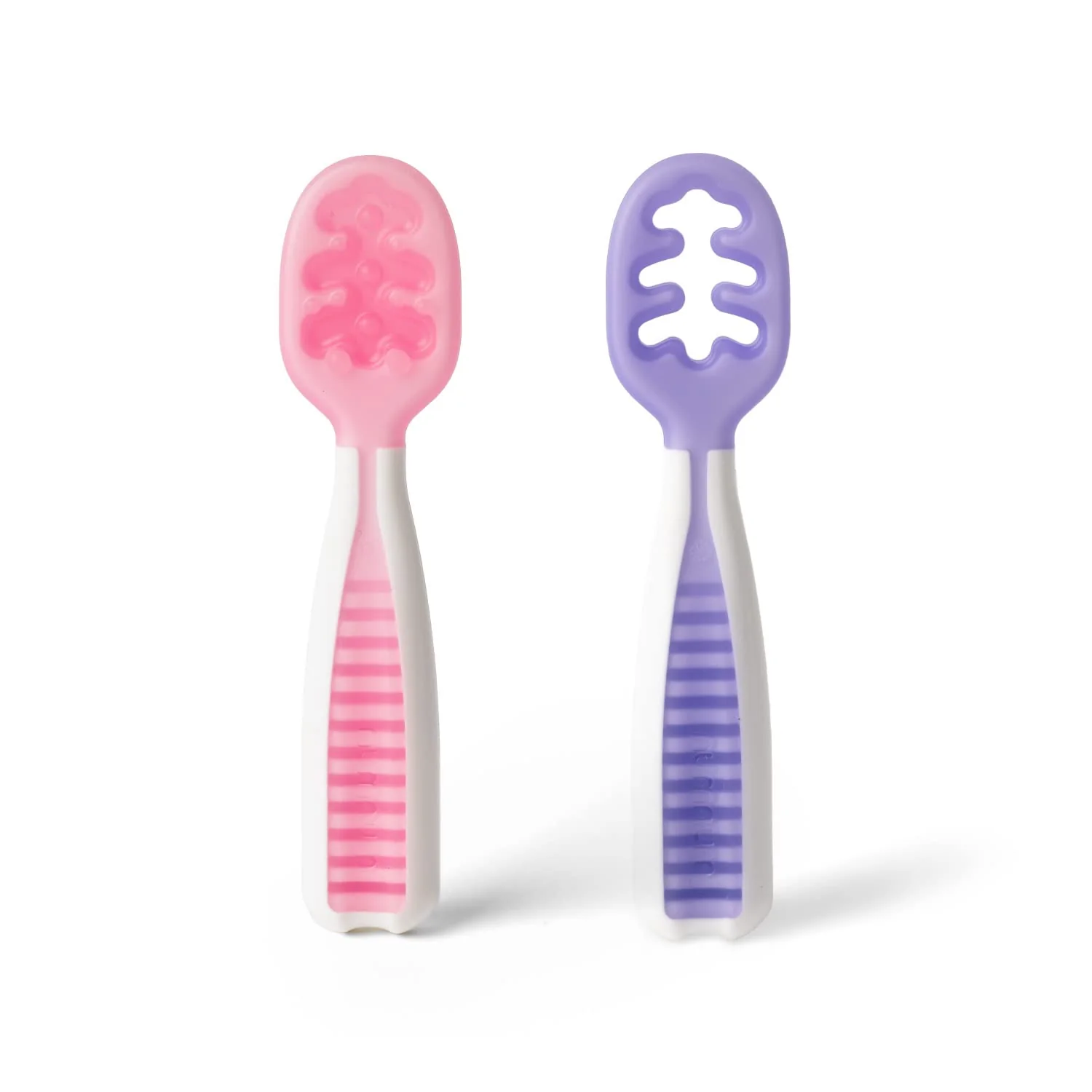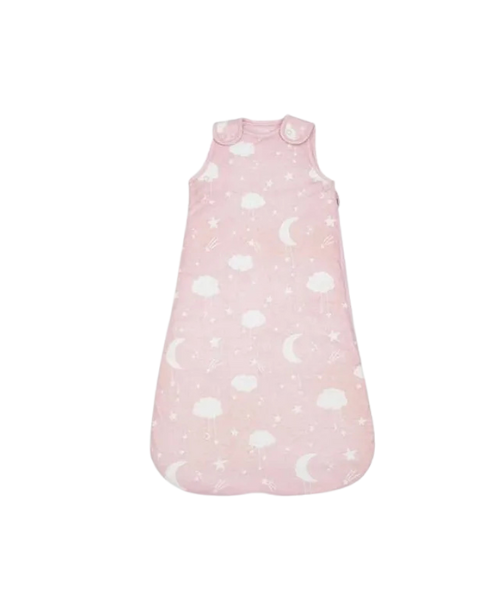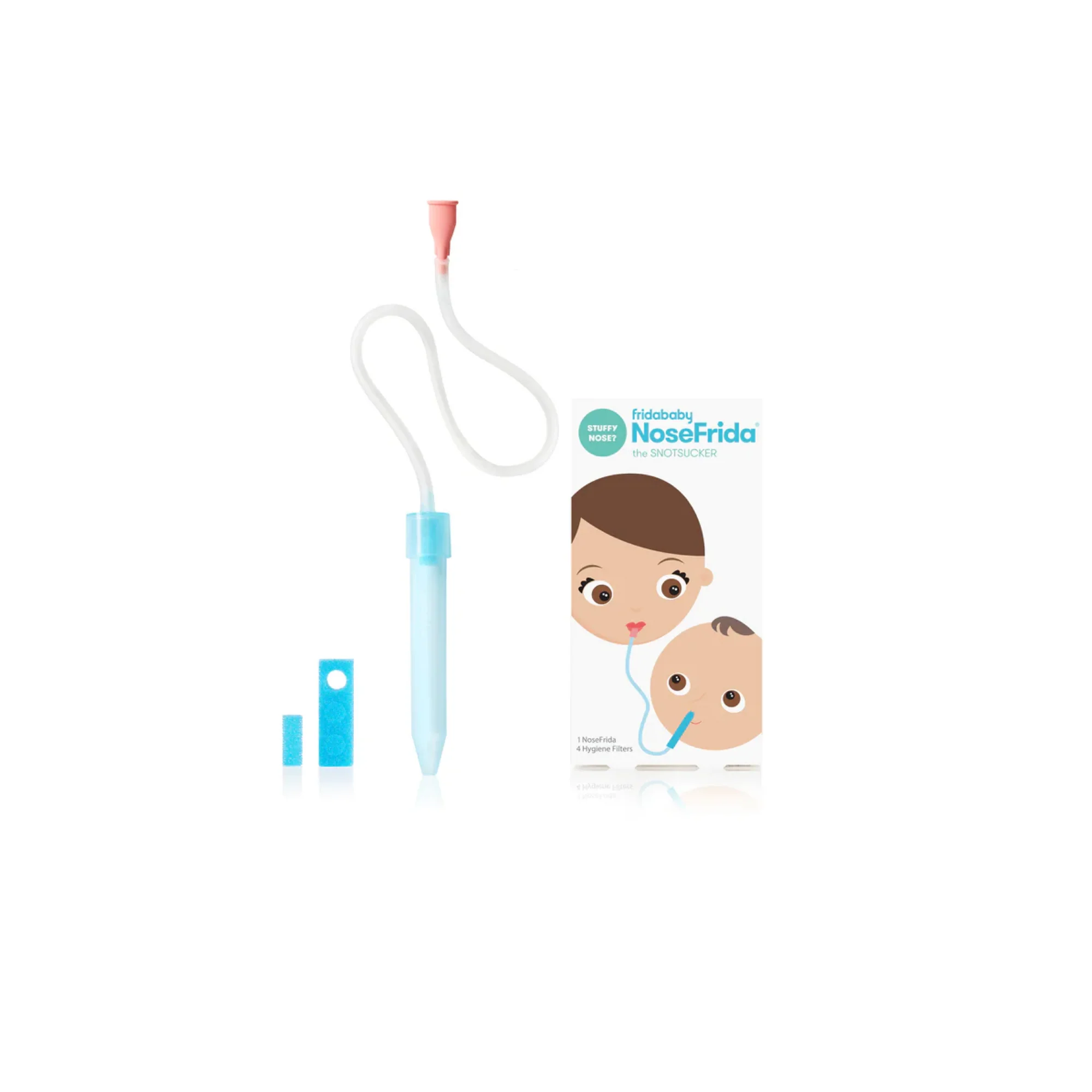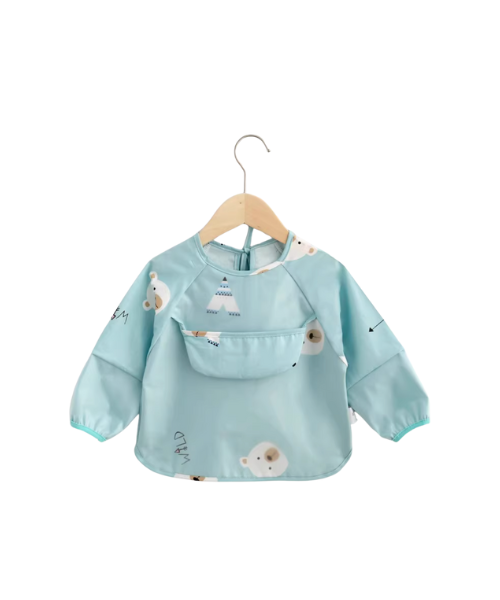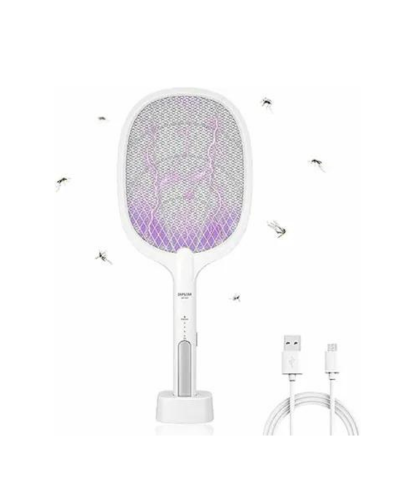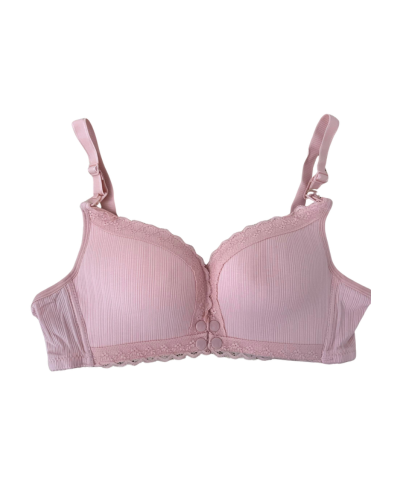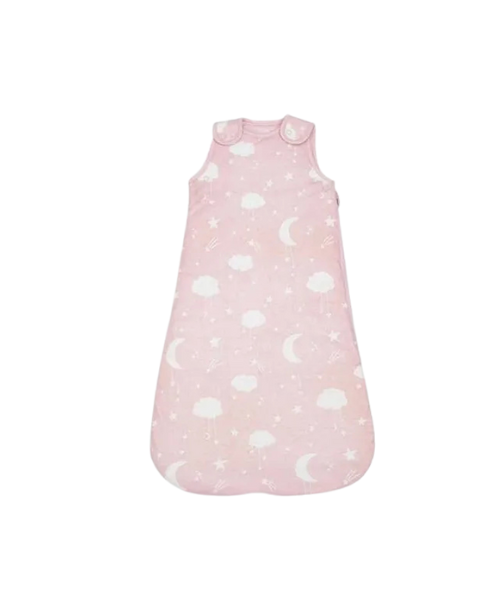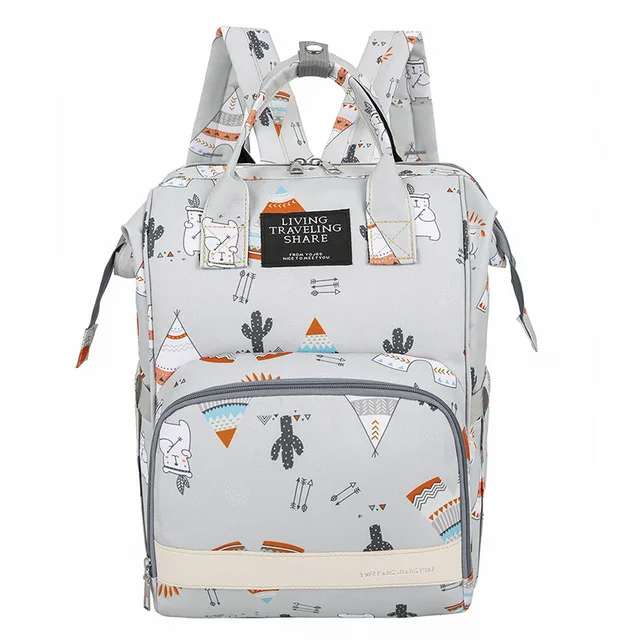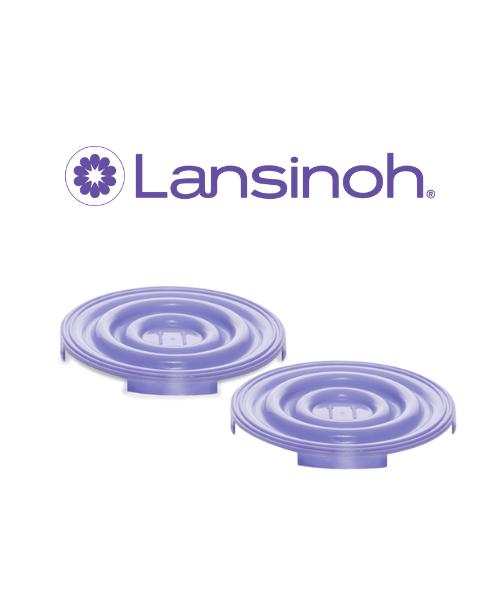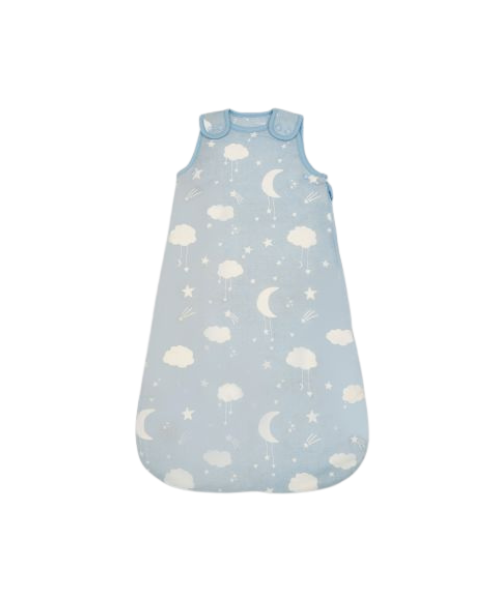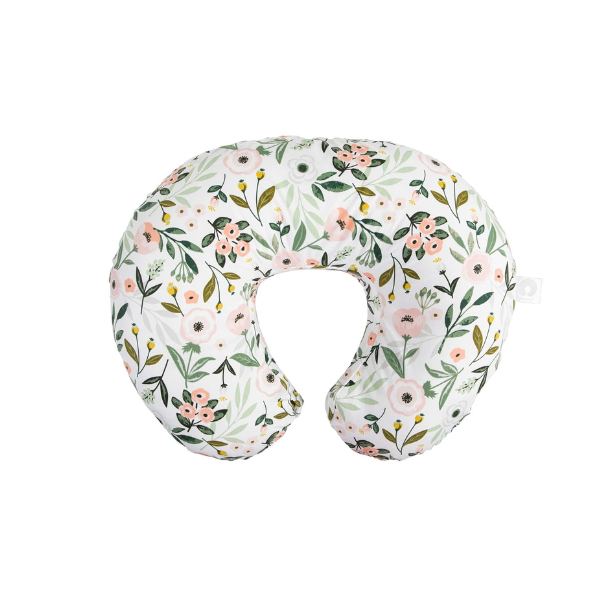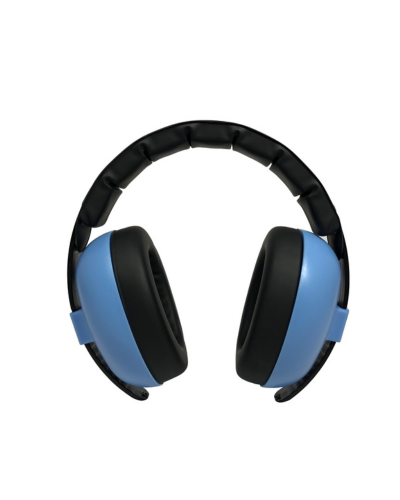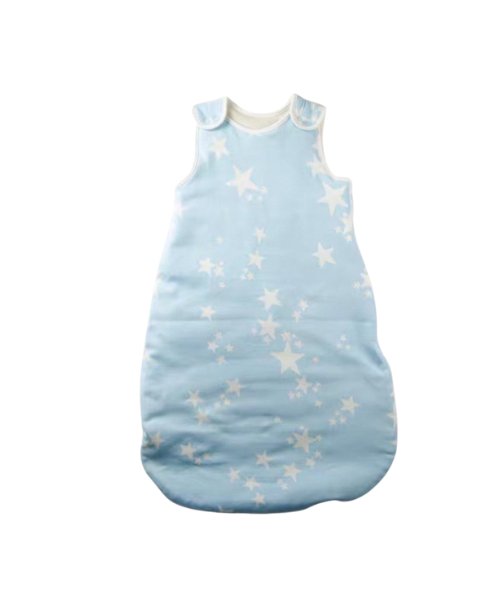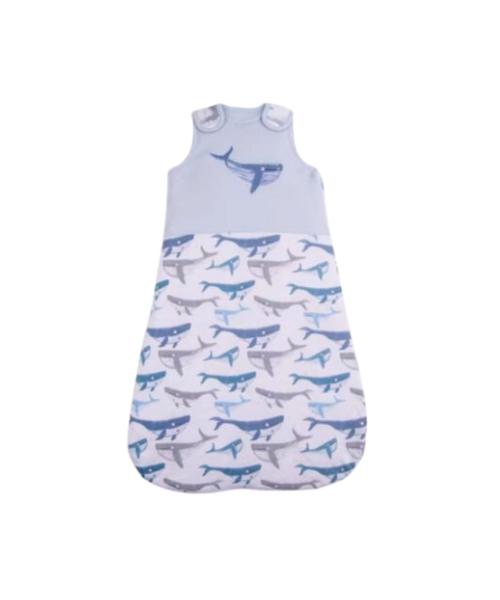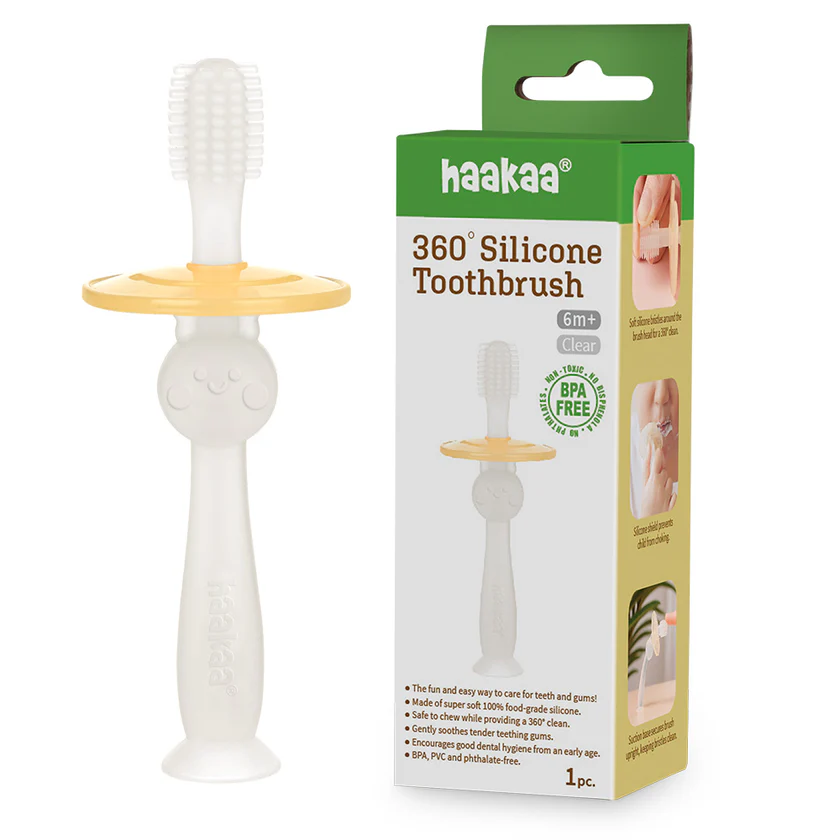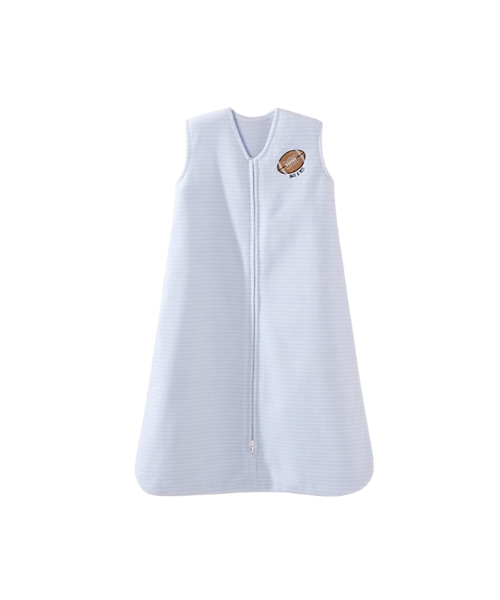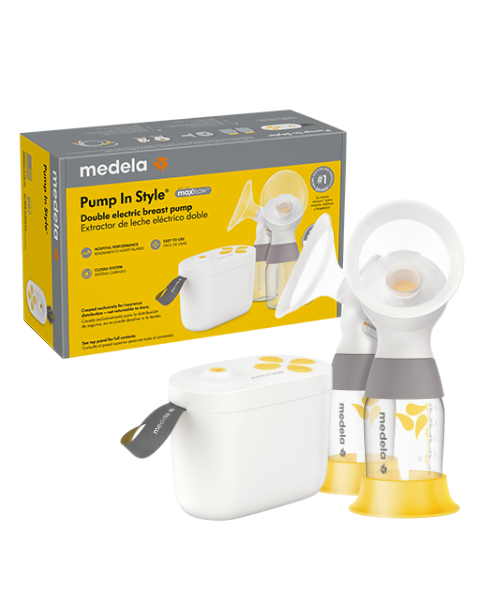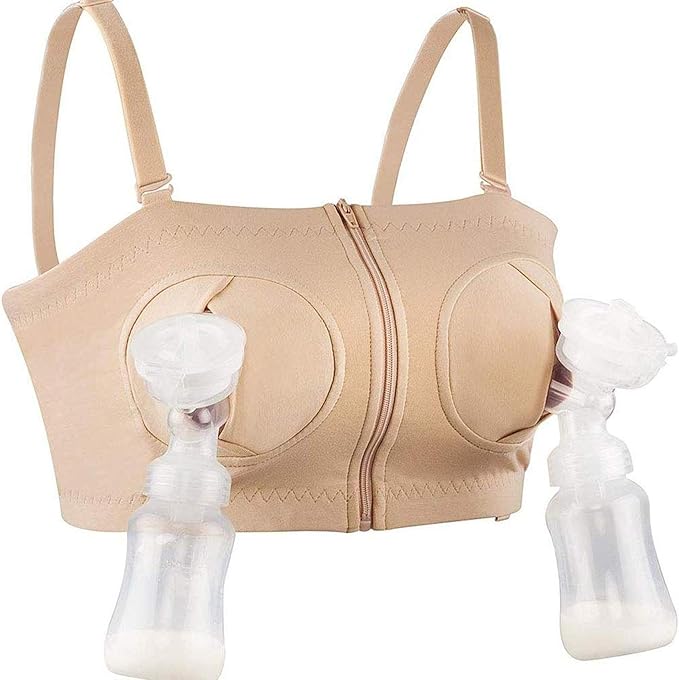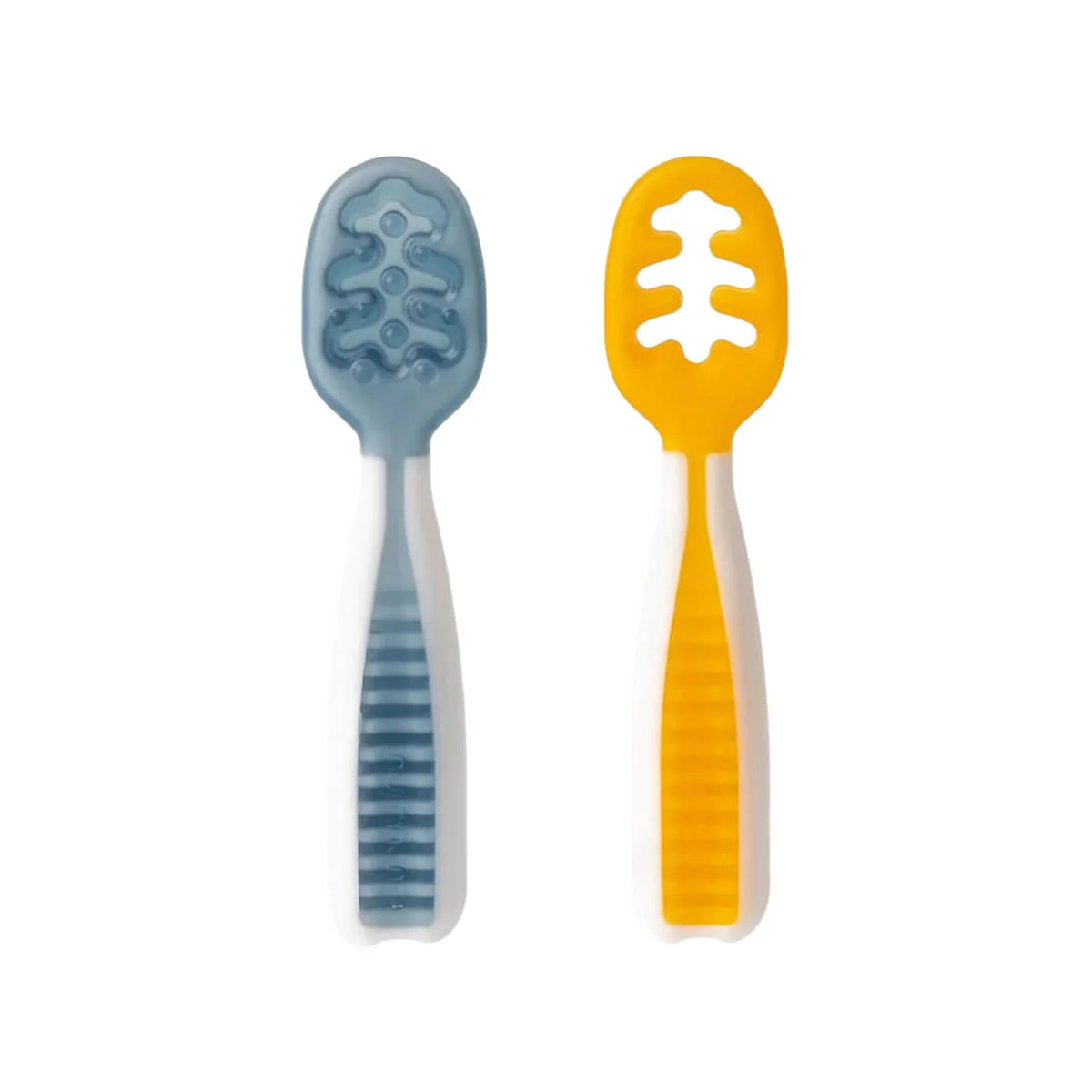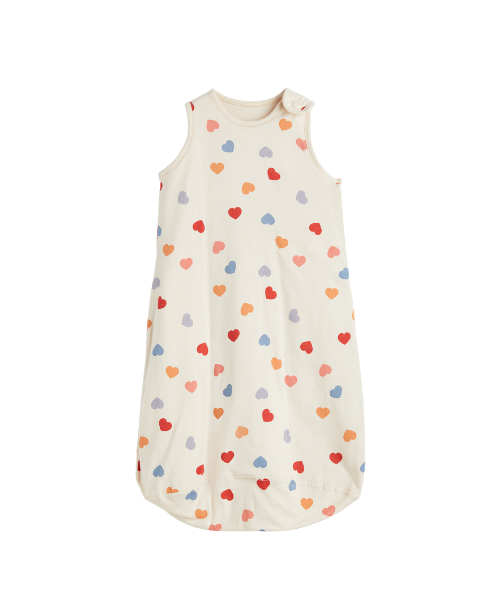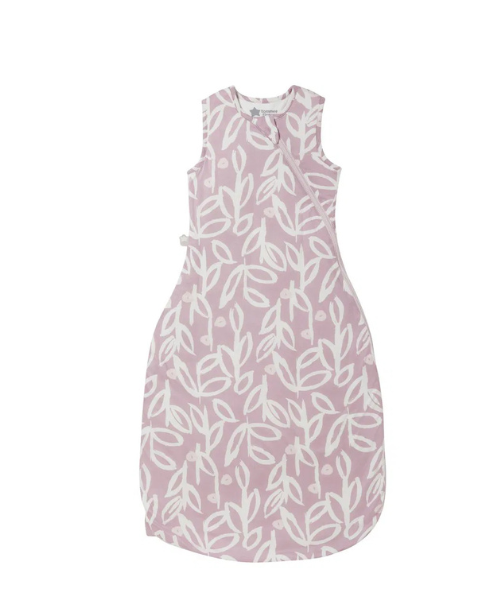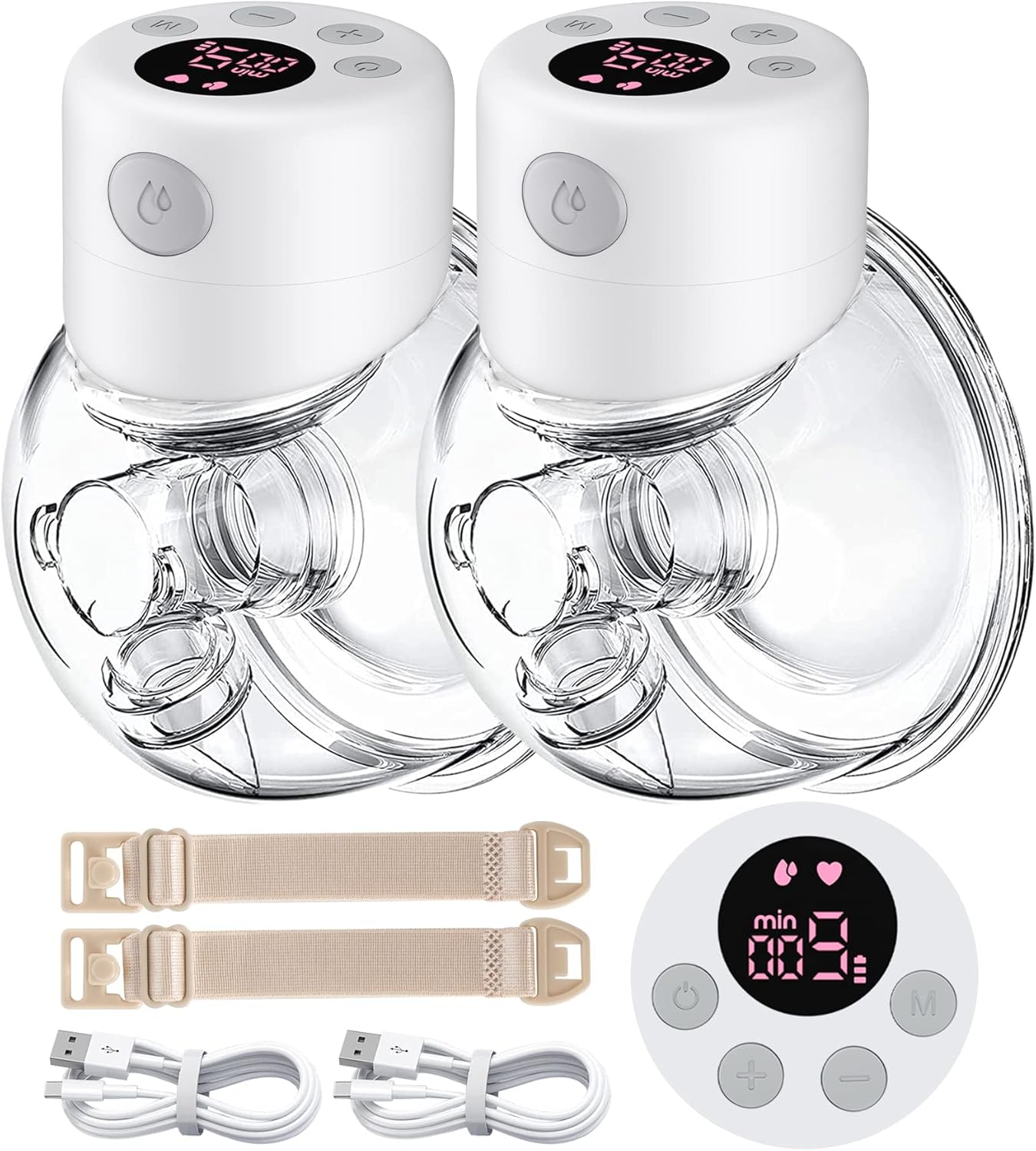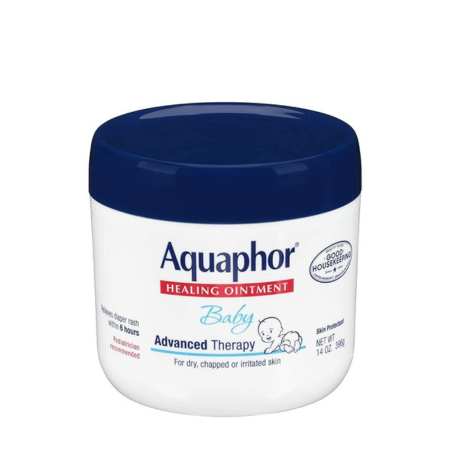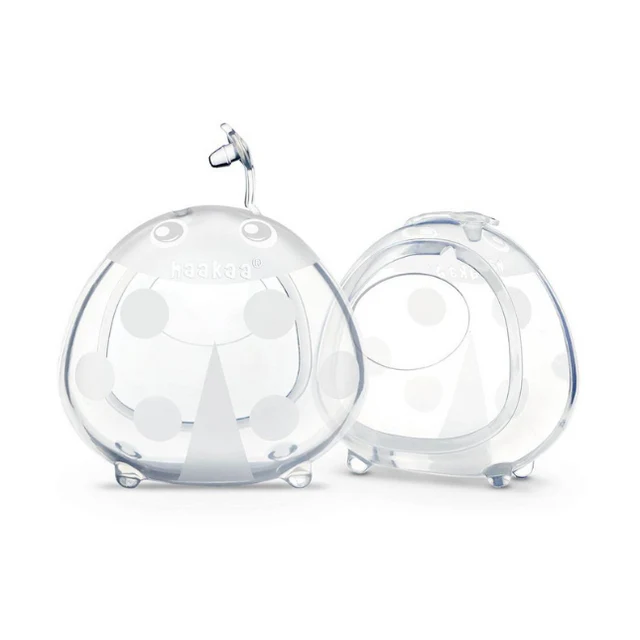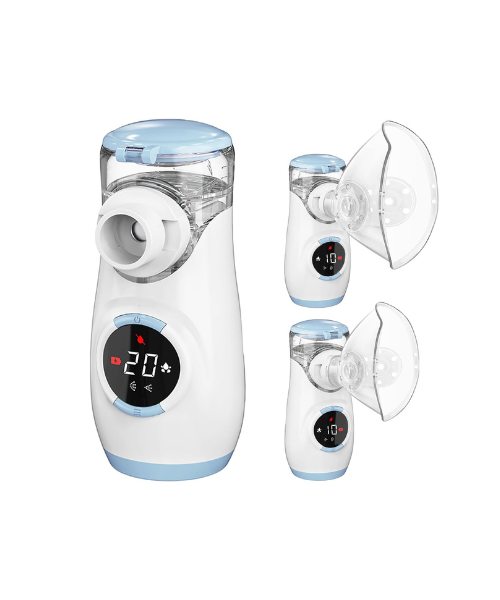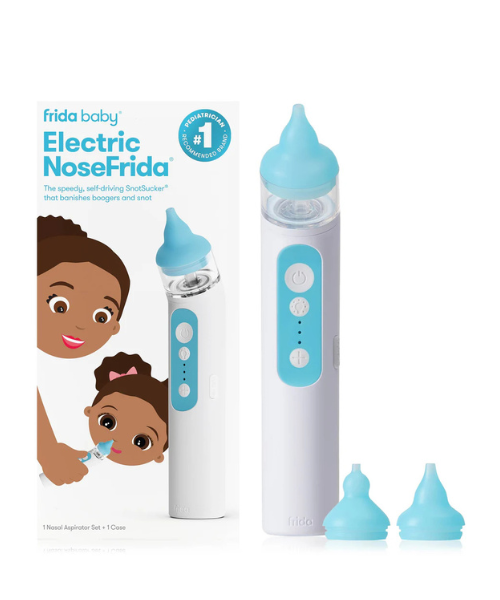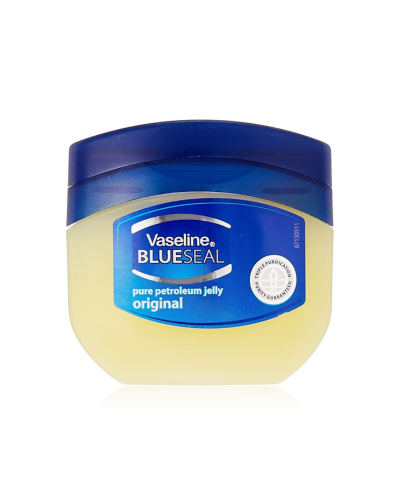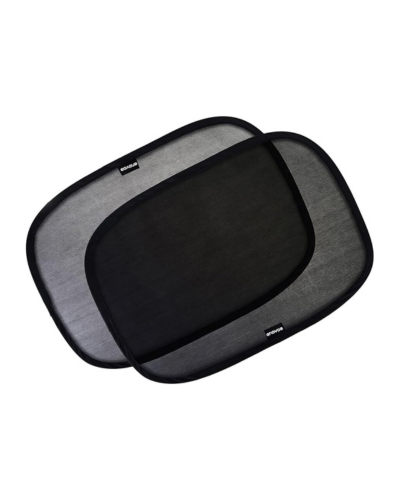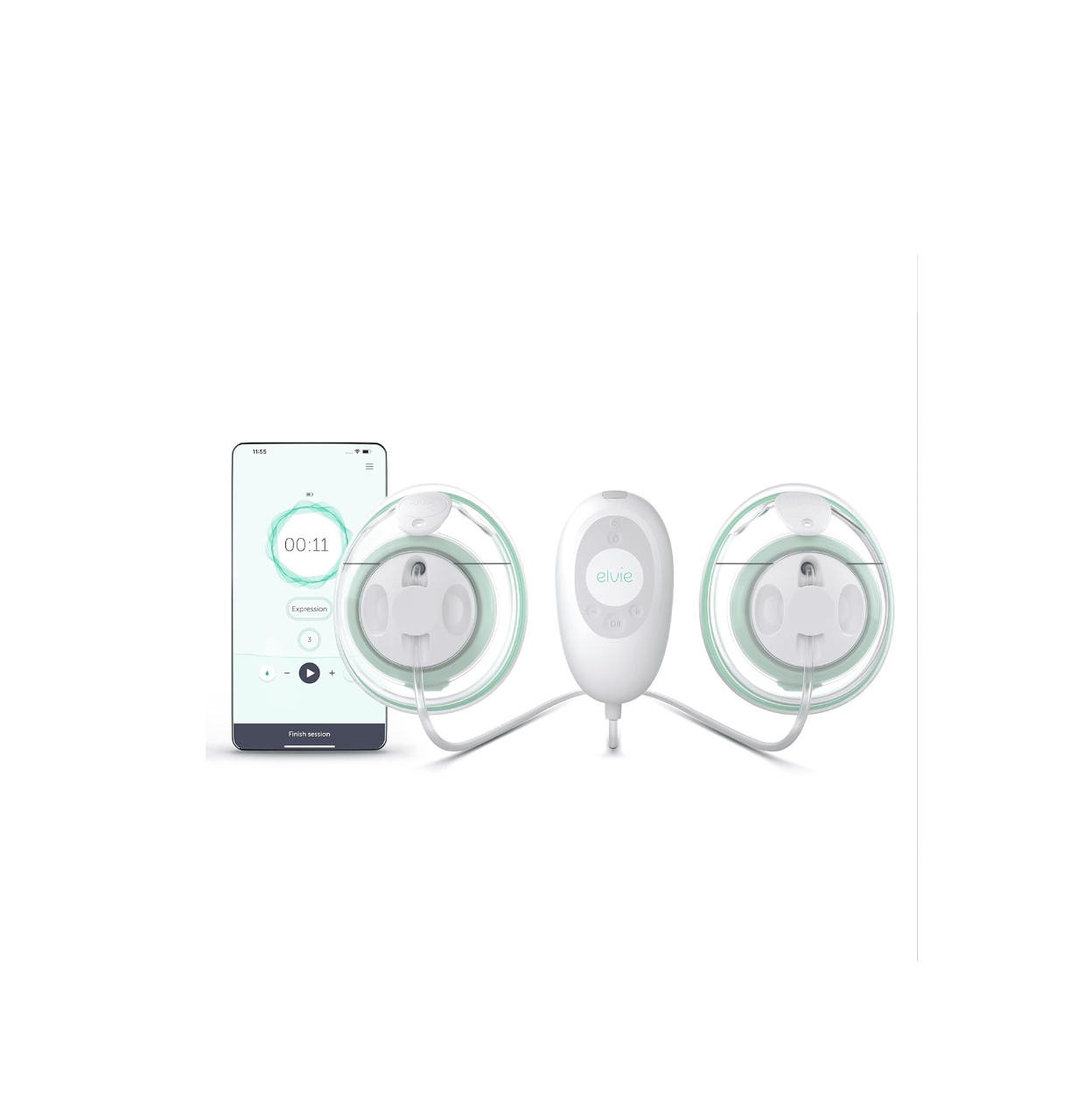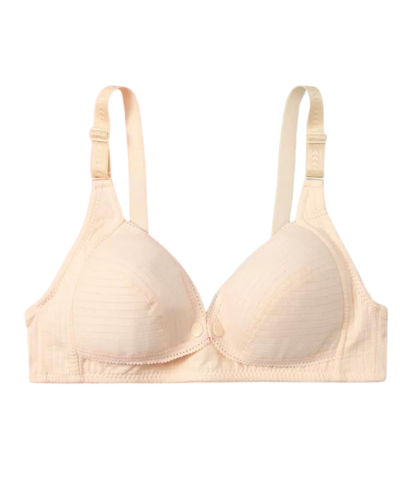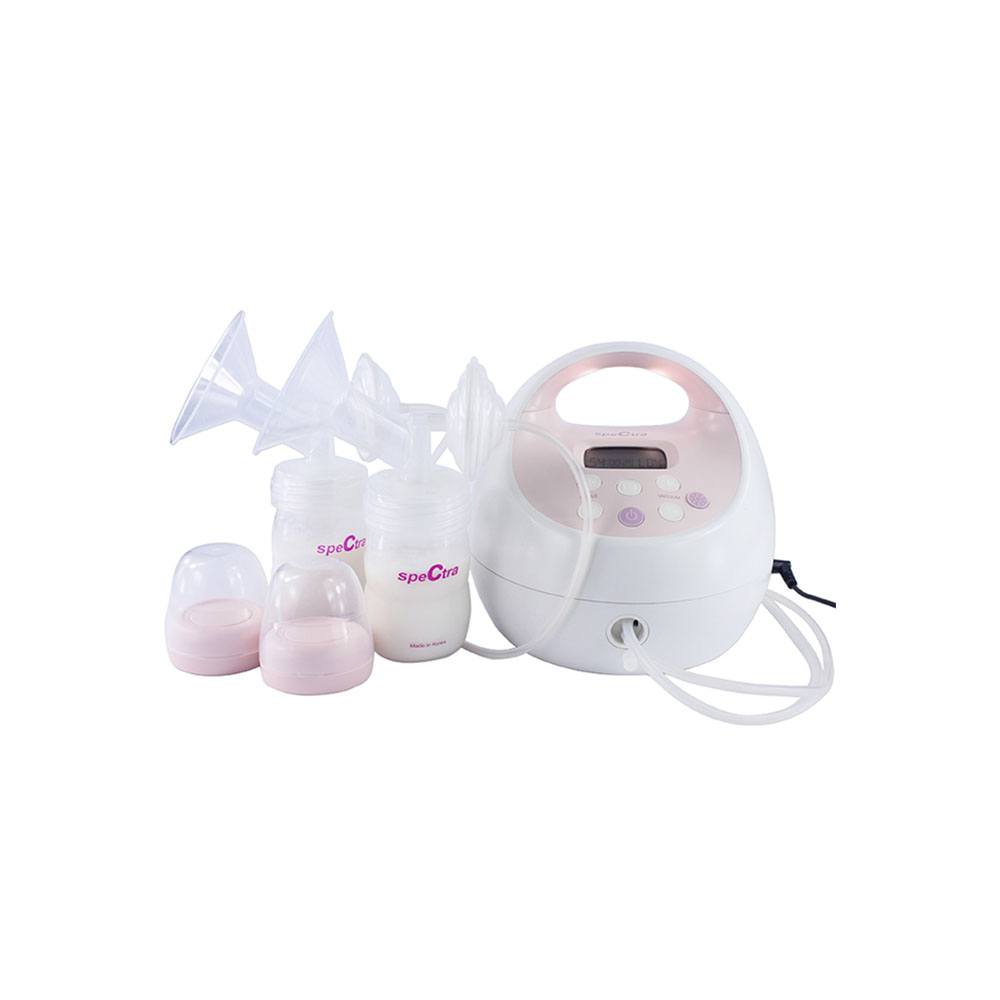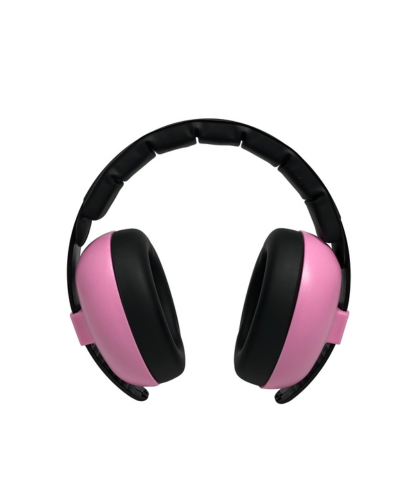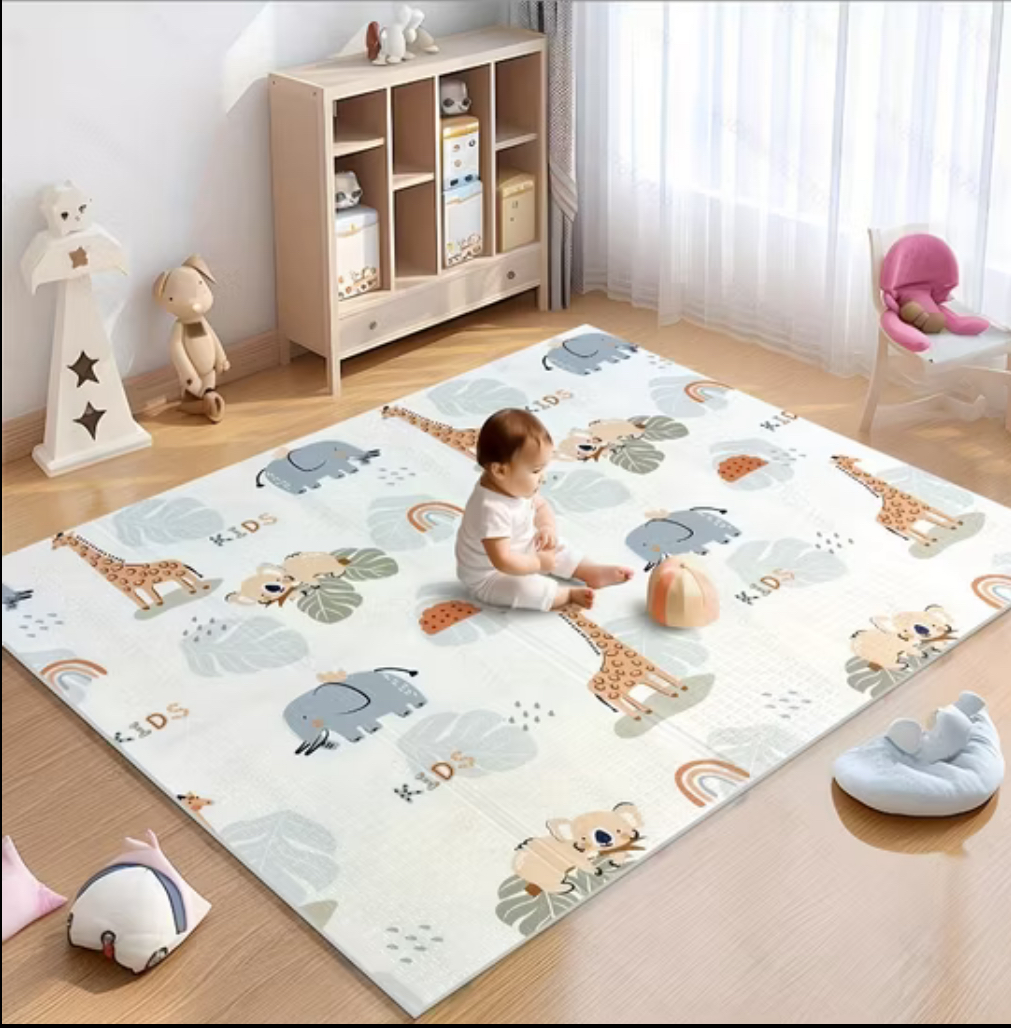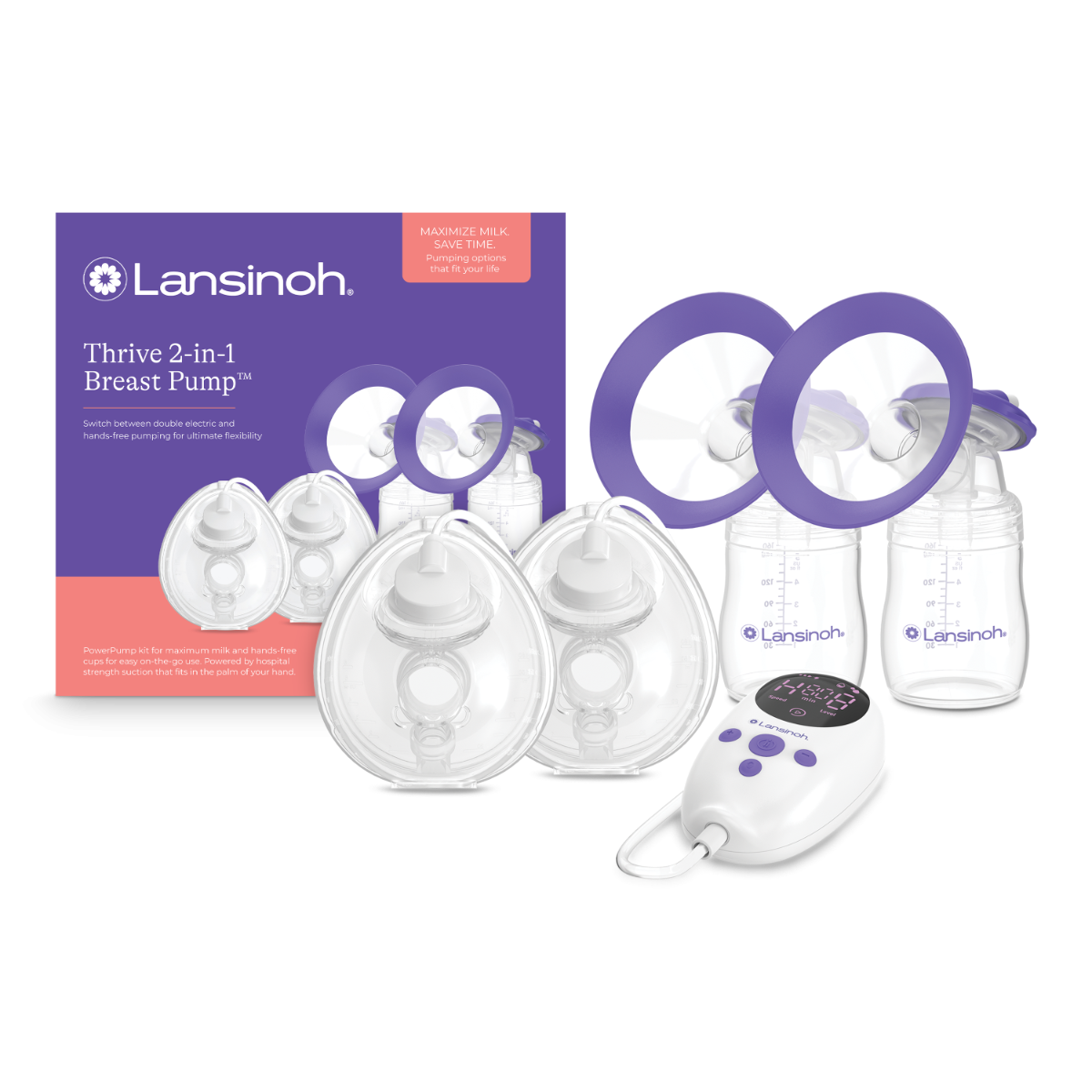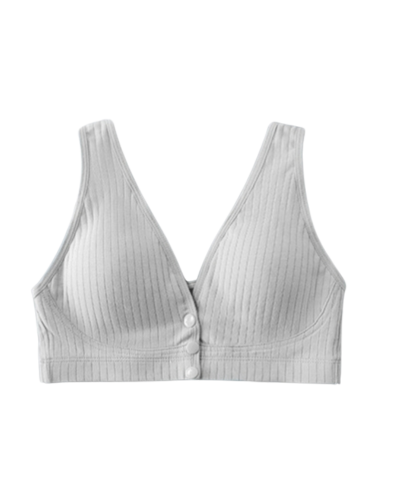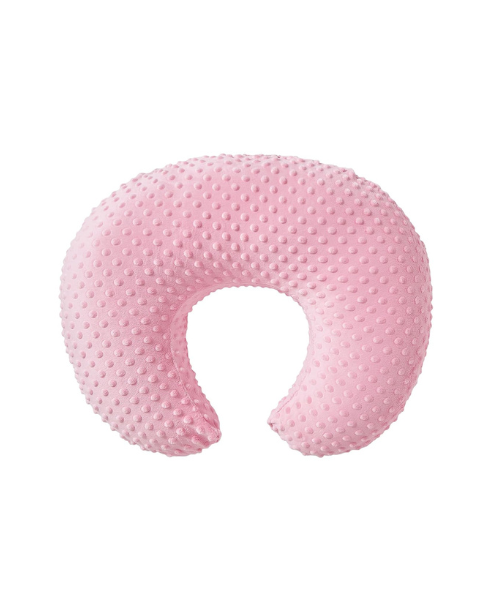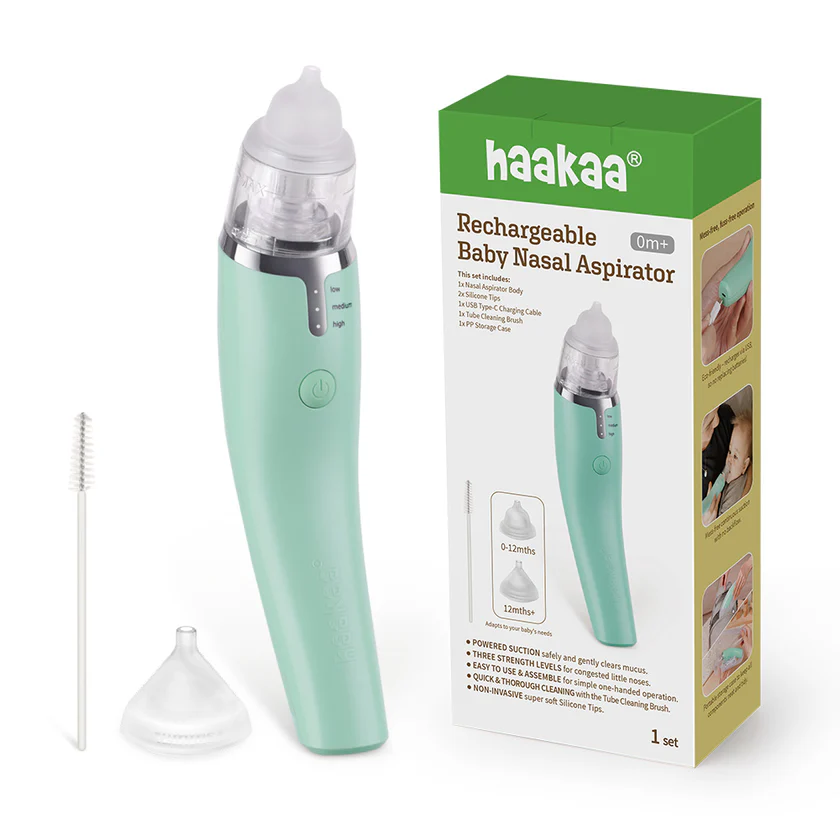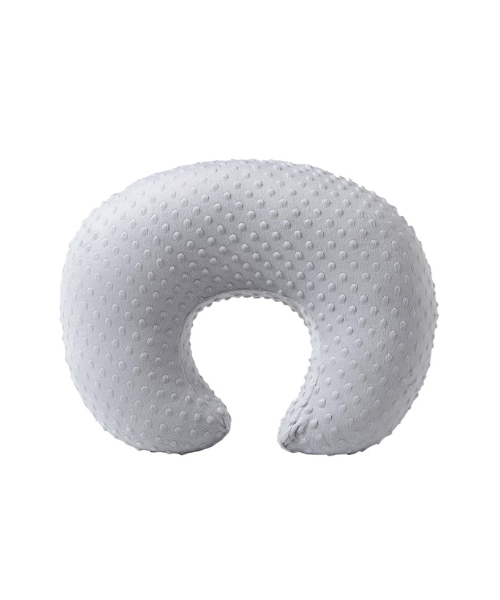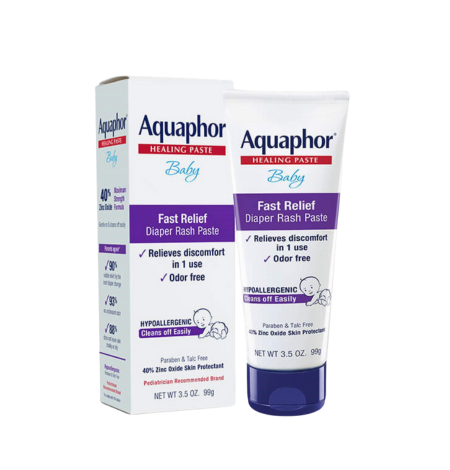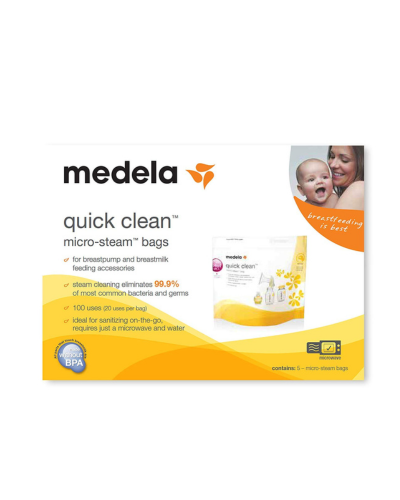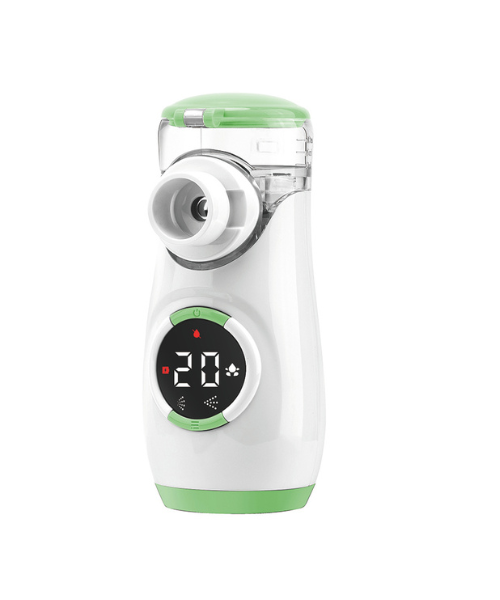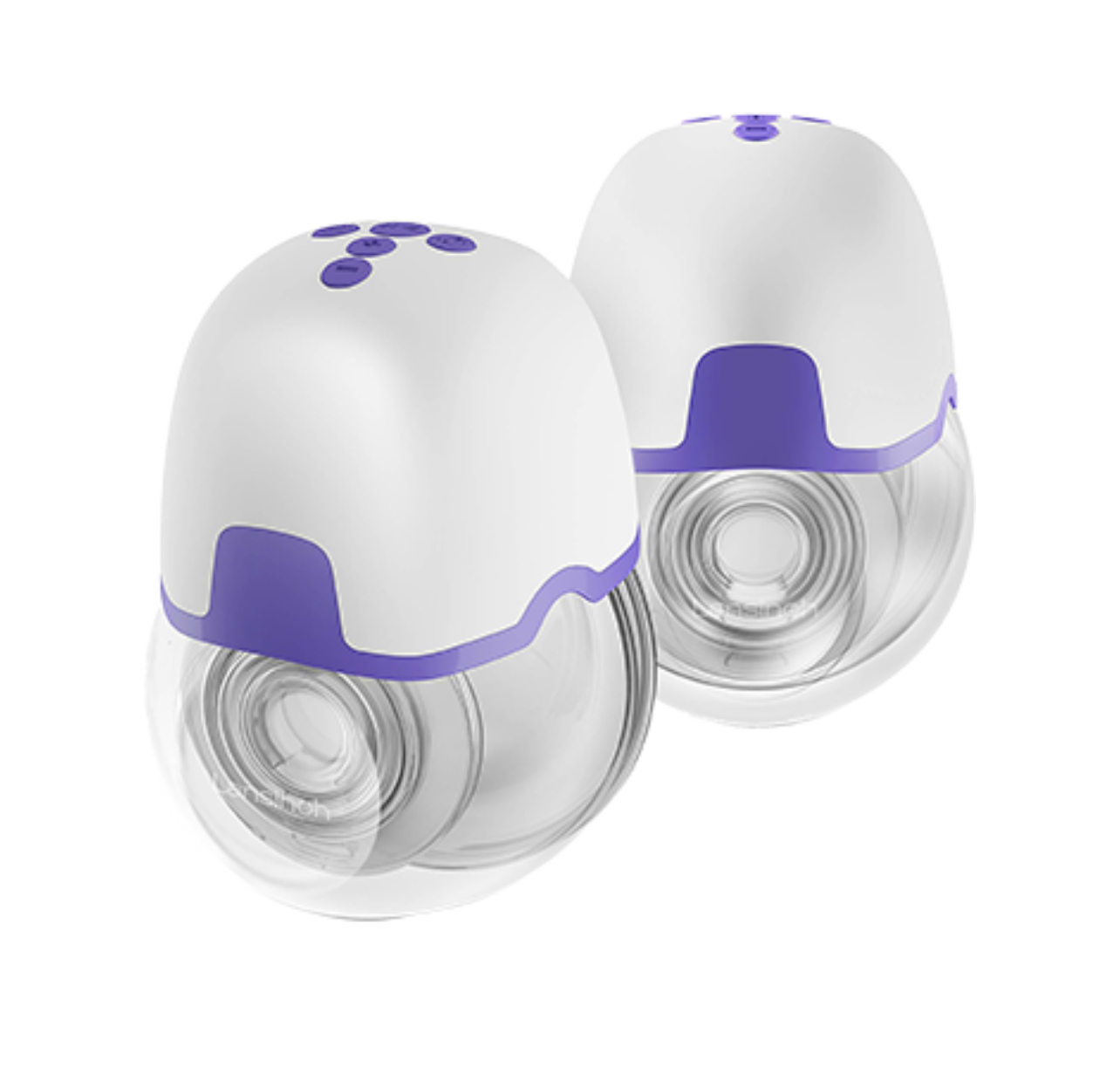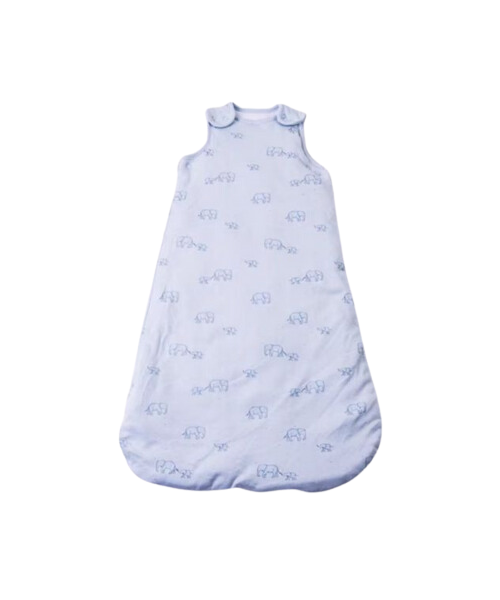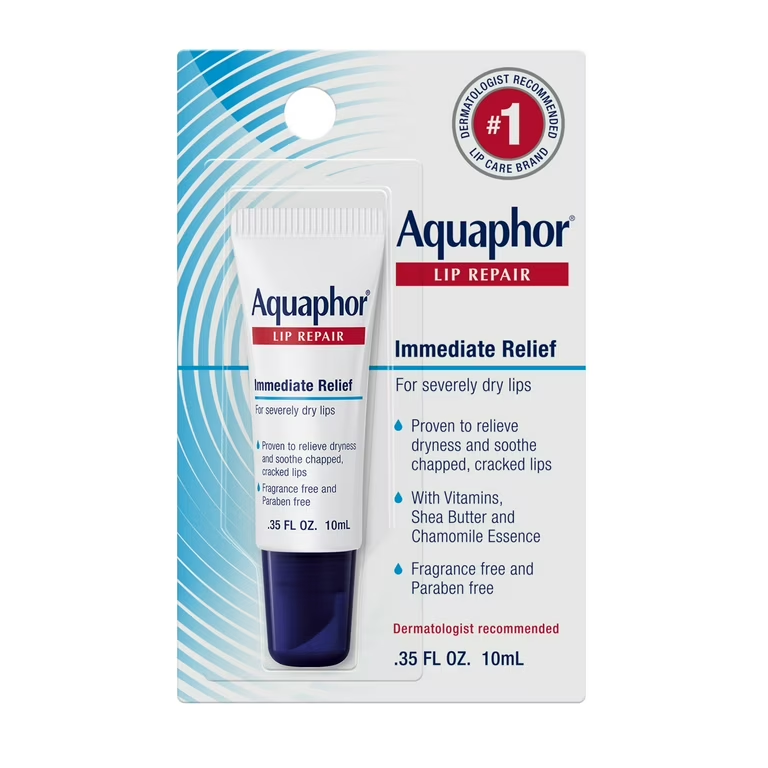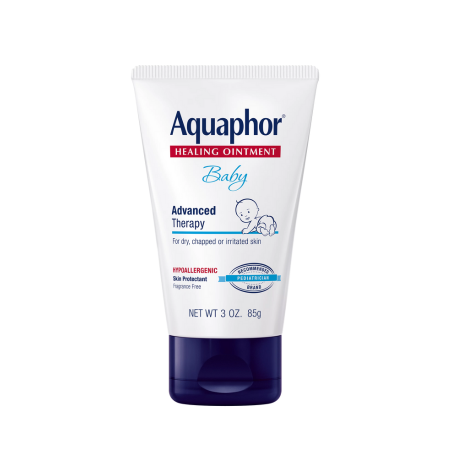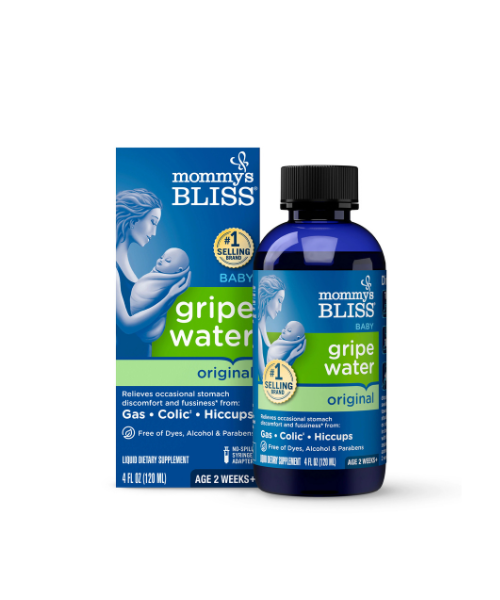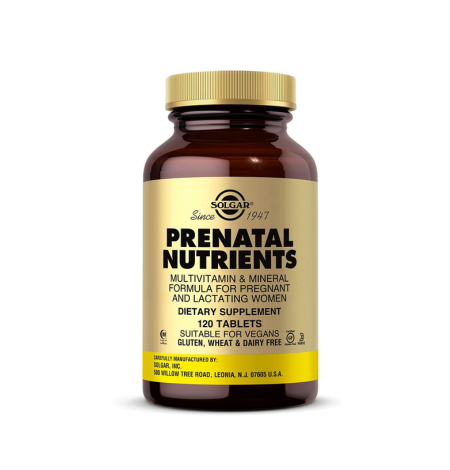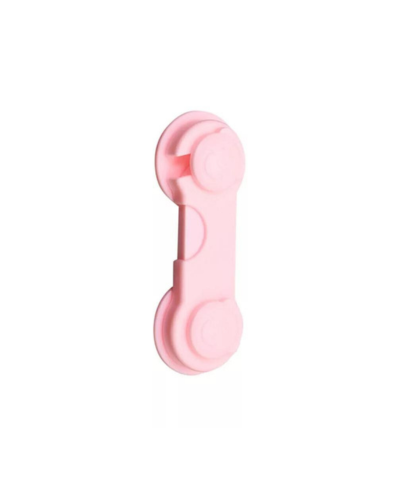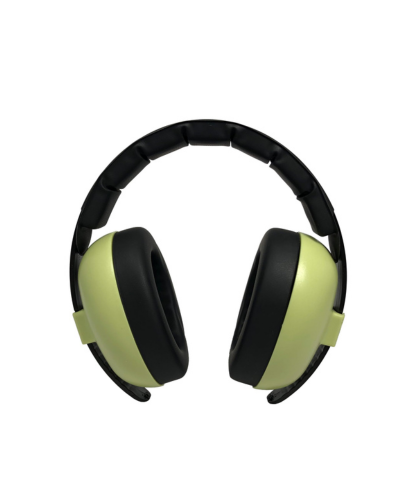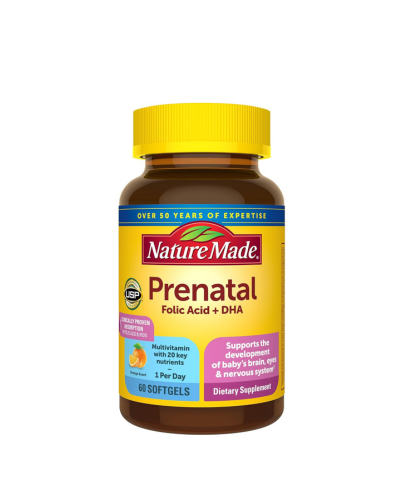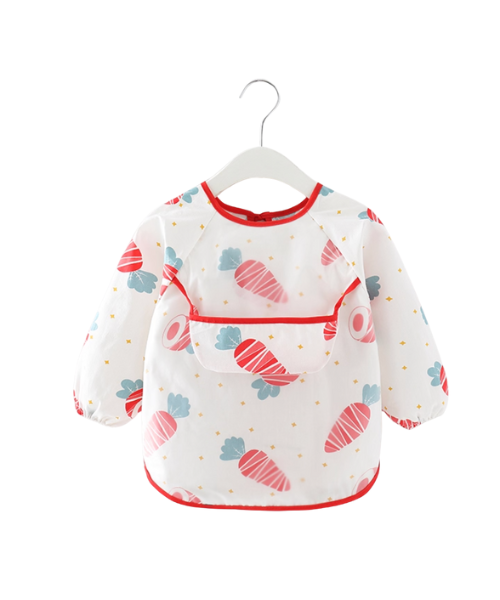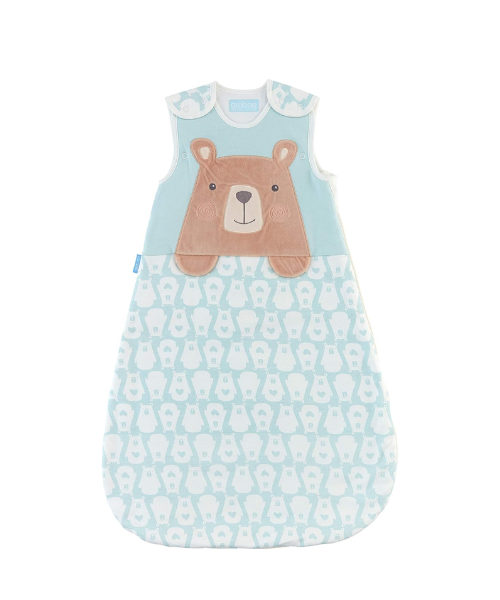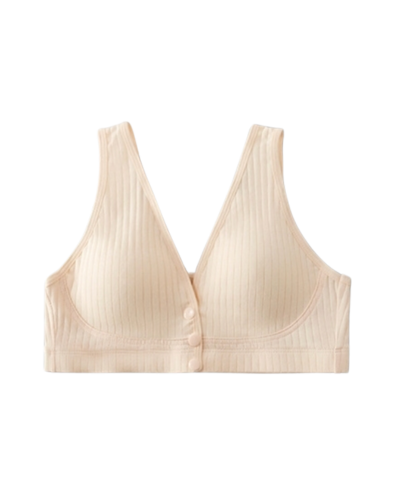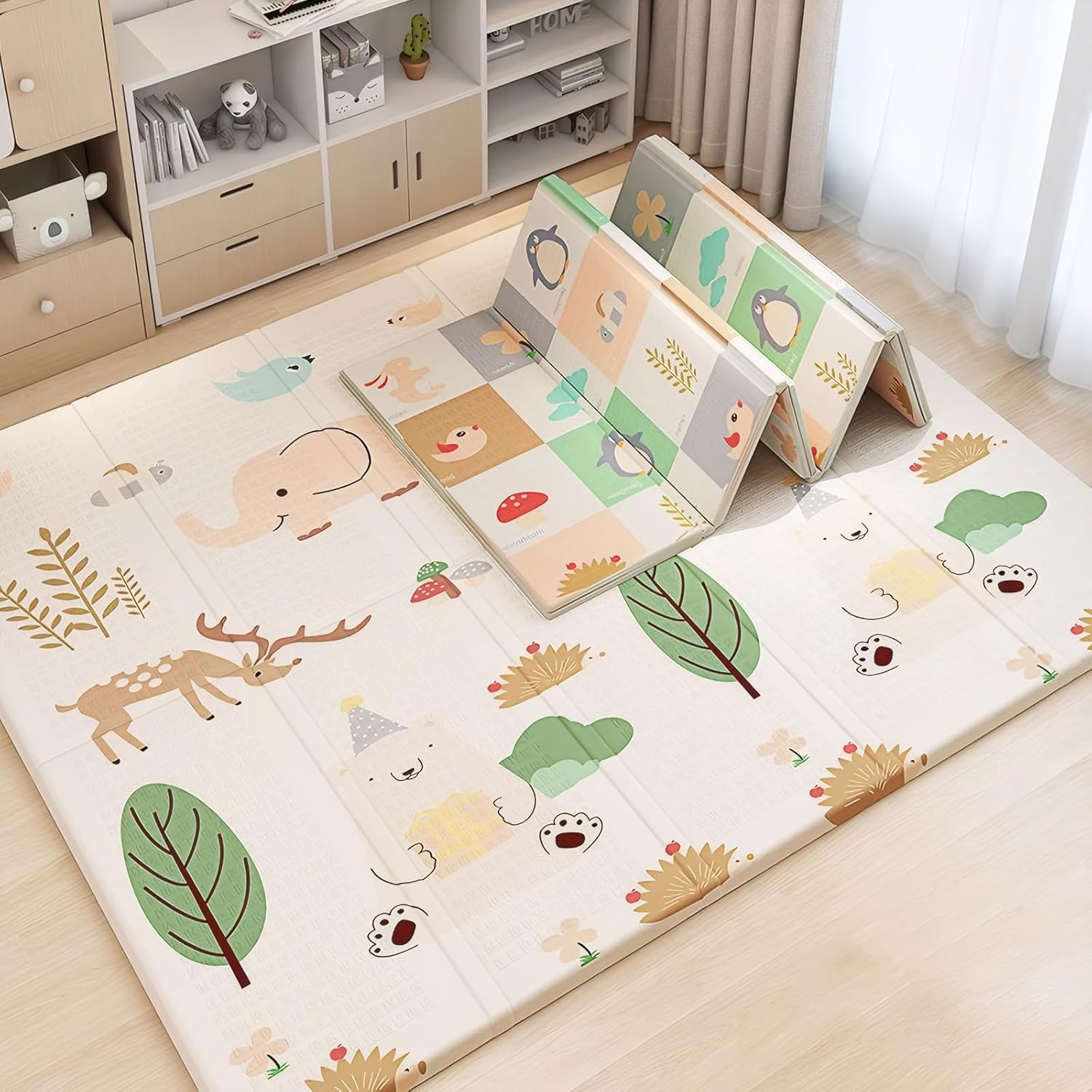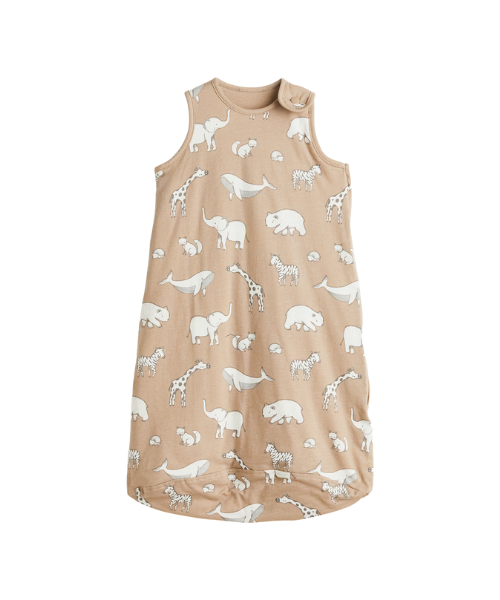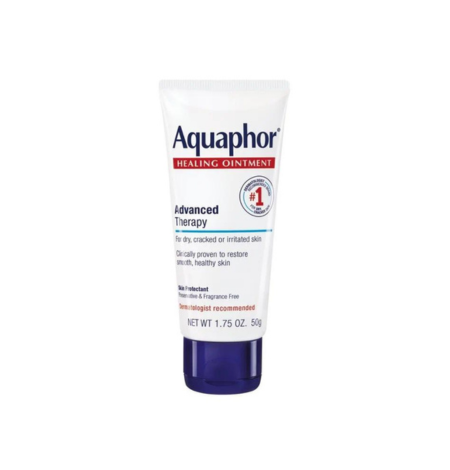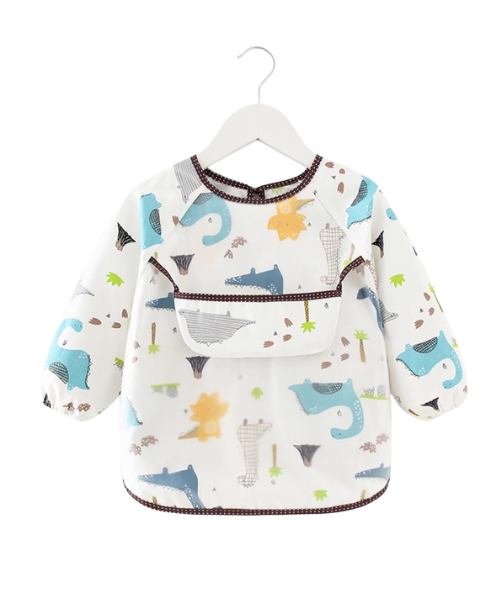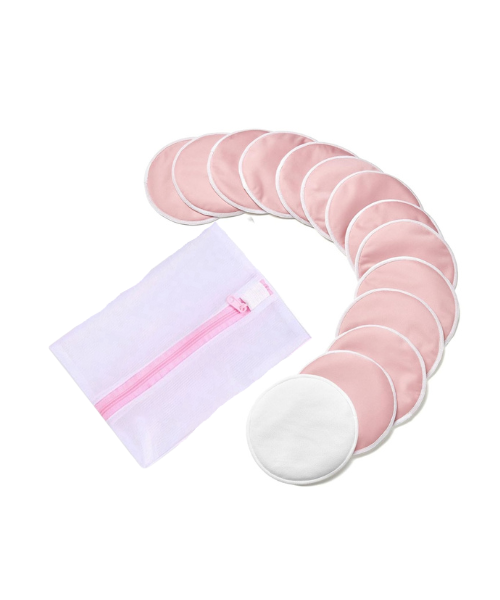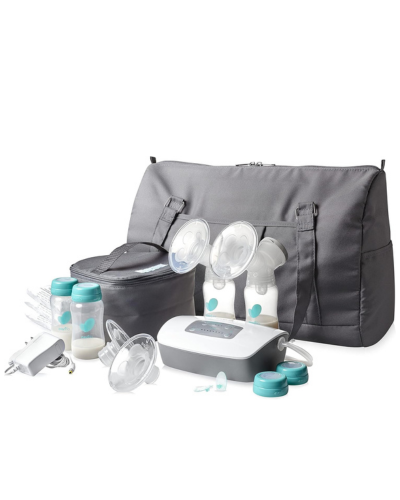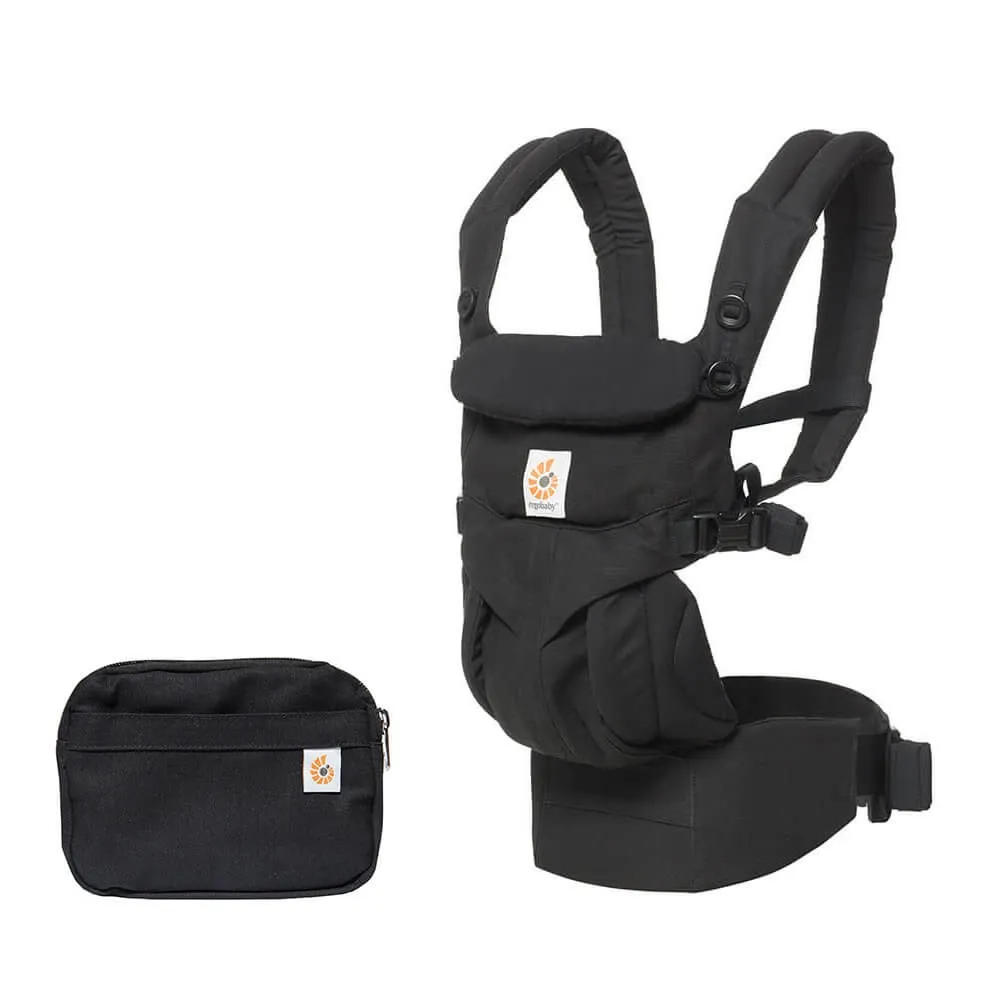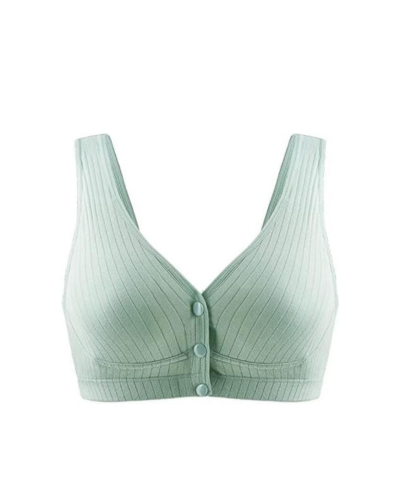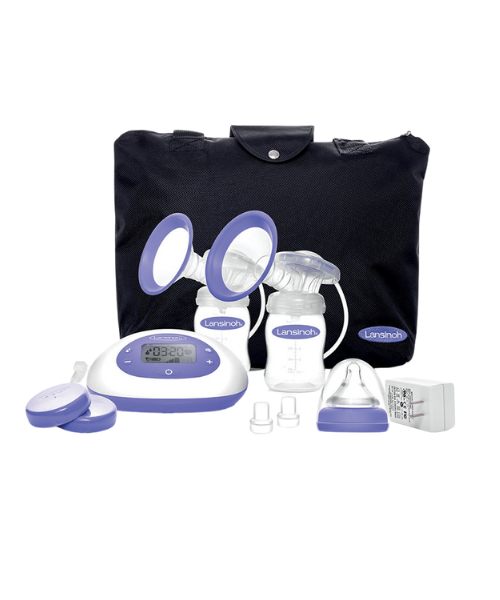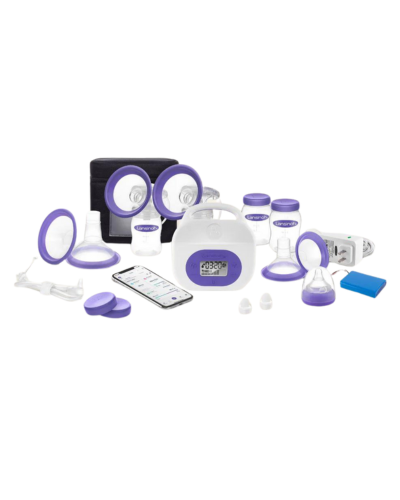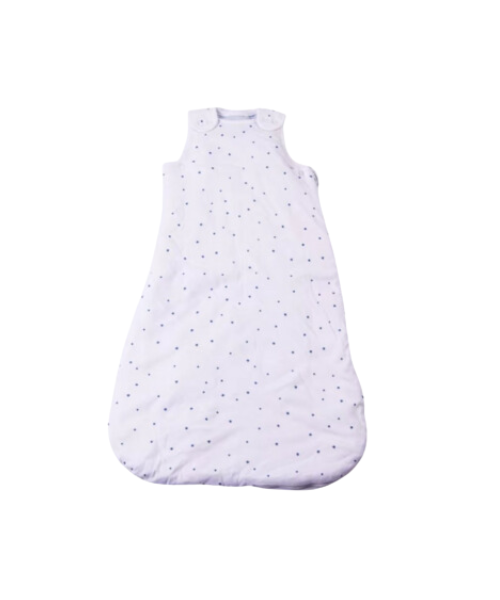-
75b (x1)
-
75b (x1)
-
75b (x1)
-
75b (x1)
-
75b (x1)
-
75b (x1)
-
75b (x1)
-
75b (x1)
-
75b (x1)
-
75b (x1)
-
75b (x1)
-
75b (x1)
-
75b (x1)
-
75b (x1)
-
39b (x1)
-
39b (x1)
-
39b (x1)
-
39b (x1)
-
39b (x1)
-
39b (x1)
-
39b (x1)
-
39b (x1)
-
39b (x1)
-
39b (x1)
-
39b (x1)
-
39b (x1)
-
39b (x1)
-
39b (x1)
-
39b (x1)
-
39b (x1)
-
39b (x1)
-
39b (x1)
-
39b (x1)
-
39b (x1)
-
39b (x1)
-
39b (x1)
-
39b (x1)
-
39b (x1)
-
39b (x1)
-
39b (x1)
-
39b (x1)
-
39b (x1)
-
39b (x1)
-
39b (x1)
-
39b (x1)
-
39b (x1)
-
39b (x1)
-
39b (x1)
-
39b (x1)
-
39b (x1)
-
39b (x1)
-
39b (x1)
-
39b (x1)
-
39b (x1)
-
75b (x1)
-
75b (x1)
-
75b (x1)
-
75b (x1)
-
75b (x1)
-
75b (x1)
-
75b (x1)
-
75b (x1)
-
75b (x1)
-
75b (x1)
-
75b (x1)
-
75b (x1)
-
75b (x1)
-
75b (x1)
-
75b (x1)
-
75b (x1)
-
75b (x1)
-
75b (x1)
-
75b (x1)
-
75b (x1)
-
75b (x1)
-
75b (x1)
-
75b (x1)
-
75b (x1)
-
75b (x1)
-
75b (x1)
-
75b (x1)
-
75b (x1)
-
65b (x1)
-
65b (x1)
-
65b (x1)
-
65b (x1)
-
65b (x1)
-
65b (x1)
-
65b (x1)
-
65b (x1)
-
65b (x1)
-
65b (x1)
-
65b (x1)
-
65b (x1)
-
65b (x1)
-
65b (x1)
-
65b (x1)
-
65b (x1)
-
65b (x1)
-
65b (x1)
-
65b (x1)
-
65b (x1)
-
65b (x1)
-
65b (x1)
-
65b (x1)
-
65b (x1)
-
65b (x1)
-
65b (x1)
-
65b (x1)
-
65b (x1)
-
65b (x1)
-
65b (x1)
-
65b (x1)
-
65b (x1)
-
65b (x1)
-
65b (x1)
-
65b (x1)
-
65b (x1)
-
65b (x1)
-
65b (x1)
-
65b (x1)
-
65b (x1)
-
65b (x1)
-
65b (x1)
-
65b (x1)
-
65b (x1)
-
65b (x1)
-
65b (x1)
-
65b (x1)
-
65b (x1)
-
65b (x1)
-
65b (x1)
-
65b (x1)
-
65b (x1)
-
65b (x1)
-
65b (x1)
-
65b (x1)
-
49b (x1)
-
49b (x1)
-
49b (x1)
-
49b (x1)
-
49b (x1)
-
49b (x1)
-
49b (x1)
-
49b (x1)
-
49b (x1)
-
49b (x1)
-
49b (x1)
-
49b (x1)
-
49b (x1)
-
49b (x1)
-
49b (x1)
-
49b (x1)
-
49b (x1)
-
49b (x1)
-
49b (x1)
-
49b (x1)
-
49b (x1)
-
49b (x1)
-
49b (x1)
-
49b (x1)
-
49b (x1)
-
49b (x1)
-
49b (x1)
-
49b (x1)
-
49b (x1)
-
59b (x1)
-
59b (x1)
-
59b (x1)
-
59b (x1)
-
59b (x1)
-
59b (x1)
-
59b (x1)
-
59b (x1)
-
59b (x1)
-
59b (x1)
-
59b (x1)
-
59b (x1)
-
59b (x1)
-
59b (x1)
-
59b (x1)
-
59b (x1)
-
59b (x1)
-
59b (x1)
-
59b (x1)
-
59b (x1)
-
59b (x1)
-
59b (x1)
-
59b (x1)
-
59b (x1)
-
59b (x1)
-
59b (x1)
-
45b (x1)
-
49b (x1)
-
49b (x1)
-
49b (x1)
-
49b (x1)
-
49b (x1)
-
49b (x1)
-
49b (x1)
-
49b (x1)
-
49b (x1)
-
49b (x1)
-
49b (x1)
-
49b (x1)
-
49b (x1)
-
49b (x1)
-
49b (x1)
-
49b (x1)
-
49b (x1)
-
49b (x1)
-
49b (x1)
-
49b (x1)
-
49b (x1)
-
49b (x1)
-
49b (x1)
-
49b (x1)
-
49b (x1)
-
49b (x1)
-
49b (x1)
-
49b (x1)
-
49b (x1)
-
49b (x1)
-
49b (x1)
-
49b (x1)
-
49b (x1)
-
49b (x1)
-
49b (x1)
-
49b (x1)
-
49b (x1)
-
49b (x1)
-
49b (x1)
-
49b (x1)
-
49b (x1)
-
49b (x1)
-
49b (x1)
-
49b (x1)
-
49b (x1)
-
49b (x1)
-
49b (x1)
-
49b (x1)
-
49b (x1)
-
49b (x1)
-
49b (x1)
-
49b (x1)
-
49b (x1)
-
49b (x1)
-
49b (x1)
-
49b (x1)
-
49b (x1)
-
49b (x1)
-
49b (x1)
-
49b (x1)
-
49b (x1)
-
49b (x1)
-
49b (x1)
-
49b (x1)
-
49b (x1)
-
49b (x1)
-
49b (x1)
-
49b (x1)
-
49b (x1)
-
49b (x1)
-
49b (x1)
-
49b (x1)
-
49b (x1)
-
49b (x1)
-
49b (x1)
-
49b (x1)
-
49b (x1)
-
49b (x1)
-
49b (x1)
-
10b (x1)
-
10b (x1)
-
10b (x1)
-
10b (x1)
-
10b (x1)
-
10b (x1)
-
10b (x1)
-
10b (x1)
-
10b (x1)
-
10b (x1)
-
10b (x1)
-
10b (x1)
-
10b (x1)
-
10b (x1)
-
10b (x1)
-
10b (x1)
-
10b (x1)
-
10b (x1)
-
10b (x1)
-
35b (x1)
-
35b (x1)
-
35b (x1)
-
35b (x1)
-
35b (x1)
-
35b (x1)
-
35b (x1)
-
35b (x1)
-
35b (x1)
-
35b (x1)
-
35b (x1)
-
35b (x1)
-
35b (x1)
-
35b (x1)
-
35b (x1)
-
35b (x1)
-
35b (x1)
-
35b (x1)
-
35b (x1)
-
35b (x1)
-
35b (x1)
-
35b (x1)
-
35b (x1)
-
59b (x1)
-
59b (x1)
-
59b (x1)
-
35b (x1)
-
35b (x1)
-
35b (x1)
-
35b (x1)
-
35b (x1)
-
35b (x1)
-
35b (x1)
-
35b (x1)
-
35b (x1)
-
35b (x1)
-
35b (x1)
-
35b (x1)
-
35b (x1)
-
15b (x1)
-
15b (x1)
-
15b (x1)
-
15b (x1)
-
15b (x1)
-
15b (x1)
-
15b (x1)
-
15b (x1)
-
15b (x1)
-
15b (x1)
-
15b (x1)
-
15b (x1)
-
15b (x1)
-
15b (x1)
-
15b (x1)
-
15b (x1)
-
15b (x1)
-
15b (x1)
-
15b (x1)
-
15b (x1)
-
15b (x1)
-
15b (x1)
-
15b (x1)
-
19b (x1)
-
19b (x1)
-
19b (x1)
-
19b (x1)
-
19b (x1)
-
19b (x1)
-
19b (x1)
-
19b (x1)
-
19b (x1)
-
19b (x1)
-
19b (x1)
-
19b (x1)
-
19b (x1)
-
19b (x1)
-
19b (x1)
-
19b (x1)
-
19b (x1)
-
19b (x1)
-
15b (x1)
-
15b (x1)
-
15b (x1)
-
15b (x1)
-
15b (x1)
-
15b (x1)
-
15b (x1)
-
15b (x1)
-
15b (x1)
-
15b (x1)
-
15b (x1)
-
15b (x1)
-
15b (x1)
-
15b (x1)
-
15b (x1)
-
15b (x1)
-
15b (x1)
-
15b (x1)
-
15b (x1)
-
15b (x1)
-
15b (x1)
-
15b (x1)
-
15b (x1)
-
15b (x1)
-
15b (x1)
-
15b (x1)
-
15b (x1)
-
15b (x1)
-
15b (x1)
-
15b (x1)
-
15b (x1)
-
15b (x1)
-
15b (x1)
-
15b (x1)
-
15b (x1)
-
15b (x1)
-
15b (x1)
-
15b (x1)
-
15b (x1)
-
15b (x1)
-
15b (x1)
-
15b (x1)
-
15b (x1)
-
15b (x1)
-
15b (x1)
-
15b (x1)
-
15b (x1)
-
15b (x1)
-
5b (x1)
-
5b (x1)
-
5b (x1)
-
5b (x1)
-
5b (x1)
-
5b (x1)
-
5b (x1)
-
5b (x1)
-
5b (x1)
-
5b (x1)
-
5b (x1)
-
5b (x1)
-
5b (x1)
-
5b (x1)
-
5b (x1)
-
5b (x1)
-
5b (x1)
-
5b (x1)
-
5b (x1)
-
5b (x1)
-
5b (x1)
-
5b (x1)
-
5b (x1)
-
5b (x1)
-
5b (x1)
-
5b (x1)
-
5b (x1)
-
5b (x1)
-
5b (x1)
-
5b (x1)
-
5b (x1)
-
5b (x1)
-
5b (x1)
-
5b (x1)
-
5b (x1)
-
5b (x1)
-
5b (x1)
-
5b (x1)
-
5b (x1)
-
5b (x1)
-
699b (x1)
-
29b (x1)
-
29b (x1)
-
29b (x1)
-
29b (x1)
-
29b (x1)
-
29b (x1)
-
29b (x1)
-
29b (x1)
-
29b (x1)
-
29b (x1)
-
29b (x1)
-
29b (x1)
-
29b (x1)
-
29b (x1)
-
29b (x1)
-
29b (x1)
-
29b (x1)
-
29b (x1)
-
29b (x1)
-
29b (x1)
-
29b (x1)
-
29b (x1)
-
29b (x1)
-
29b (x1)
-
25b (x1)
-
25b (x1)
-
25b (x1)
-
25b (x1)
-
25b (x1)
-
25b (x1)
-
25b (x1)
-
25b (x1)
-
25b (x1)
-
25b (x1)
-
25b (x1)
-
25b (x1)
-
25b (x1)
-
25b (x1)
-
25b (x1)
-
25b (x1)
-
25b (x1)
-
25b (x1)
-
25b (x1)
-
25b (x1)
-
25b (x1)
-
25b (x1)
-
25b (x1)
-
25b (x1)
-
25b (x1)
-
39b (x1)
-
39b (x1)
-
39b (x1)
-
39b (x1)
-
39b (x1)
-
39b (x1)
-
39b (x1)
-
39b (x1)
-
39b (x1)
-
39b (x1)
-
39b (x1)
-
39b (x1)
-
39b (x1)
-
39b (x1)
-
39b (x1)
-
39b (x1)
-
39b (x1)
-
39b (x1)
-
39b (x1)
-
39b (x1)
-
39b (x1)
-
39b (x1)
-
39b (x1)
-
39b (x1)
-
39b (x1)
-
39b (x1)
-
39b (x1)
-
39b (x1)
-
39b (x1)
-
39b (x1)
-
39b (x1)
-
39b (x1)
-
39b (x1)
-
39b (x1)
-
39b (x1)
-
39b (x1)
-
39b (x1)
-
39b (x1)
-
39b (x1)
-
39b (x1)
-
39b (x1)
-
39b (x1)
-
39b (x1)
-
39b (x1)
-
39b (x1)
-
29b (x1)
-
29b (x1)
-
29b (x1)
-
29b (x1)
-
29b (x1)
-
29b (x1)
-
29b (x1)
-
29b (x1)
-
29b (x1)
-
29b (x1)
-
29b (x1)
-
29b (x1)
-
29b (x1)
-
29b (x1)
-
29b (x1)
-
29b (x1)
-
29b (x1)
-
29b (x1)
-
29b (x1)
-
29b (x1)
-
29b (x1)
-
29b (x1)
-
39b (x1)
-
39b (x1)
-
39b (x1)
-
39b (x1)
-
39b (x1)
-
39b (x1)
-
39b (x1)
-
39b (x1)
-
39b (x1)
-
39b (x1)
-
39b (x1)
-
39b (x1)
-
39b (x1)
-
39b (x1)
-
39b (x1)
-
39b (x1)
-
39b (x1)
-
39b (x1)
-
39b (x1)
-
39b (x1)
-
39b (x1)
-
39b (x1)
-
2b (x1)
-
2b (x1)
-
2b (x1)
-
2b (x1)
-
2b (x1)
-
2b (x1)
-
2b (x1)
-
2b (x1)
-
2b (x1)
-
2b (x1)
-
2b (x1)
-
2b (x1)
-
2b (x1)
-
2b (x1)
-
2b (x1)
-
2b (x1)
-
2b (x1)
-
2b (x1)
-
2b (x1)
-
2b (x1)
-
59b (x1)
-
59b (x1)
-
59b (x1)
-
59b (x1)
-
59b (x1)
-
59b (x1)
-
59b (x1)
-
59b (x1)
-
59b (x1)
-
59b (x1)
-
59b (x1)
-
59b (x1)
-
59b (x1)
-
59b (x1)
-
59b (x1)
-
59b (x1)
-
59b (x1)
-
59b (x1)
-
59b (x1)
-
59b (x1)
-
59b (x1)
-
59b (x1)
-
59b (x1)
-
59b (x1)
-
59b (x1)
-
59b (x1)
-
59b (x1)
-
59b (x1)
-
59b (x1)
-
59b (x1)
-
59b (x1)
-
59b (x1)
-
59b (x1)
-
59b (x1)
-
59b (x1)
-
59b (x1)
-
59b (x1)
-
59b (x1)
-
59b (x1)
-
59b (x1)
-
59b (x1)
-
2b (x1)
-
2b (x1)
-
2b (x1)
-
2b (x1)
-
2b (x1)
-
2b (x1)
-
2b (x1)
-
2b (x1)
-
2b (x1)
-
2b (x1)
-
2b (x1)
-
2b (x1)
-
2b (x1)
-
2b (x1)
-
2b (x1)
-
2b (x1)
-
2b (x1)
-
2b (x1)
-
2b (x1)
-
2b (x1)
-
2b (x1)
-
5b (x1)
-
5b (x1)
-
5b (x1)
-
5b (x1)
-
5b (x1)
-
5b (x1)
-
5b (x1)
-
5b (x1)
-
5b (x1)
-
5b (x1)
-
5b (x1)
-
5b (x1)
-
5b (x1)
-
5b (x1)
-
5b (x1)
-
5b (x1)
-
5b (x1)
-
5b (x1)
-
5b (x1)
-
5b (x1)
-
5b (x1)
-
5b (x1)
-
5b (x1)
-
5b (x1)
-
5b (x1)
-
5b (x1)
-
5b (x1)
-
5b (x1)
-
5b (x1)
-
5b (x1)
-
5b (x1)
-
5b (x1)
-
5b (x1)
-
5b (x1)
-
5b (x1)
-
5b (x1)
-
5b (x1)
-
5b (x1)
-
5b (x1)
-
5b (x1)
-
5b (x1)
-
5b (x1)
-
2b (x1)
-
2b (x1)
-
2b (x1)
-
2b (x1)
-
2b (x1)
-
2b (x1)
-
2b (x1)
-
2b (x1)
-
2b (x1)
-
2b (x1)
-
2b (x1)
-
2b (x1)
-
2b (x1)
-
2b (x1)
-
2b (x1)
-
2b (x1)
-
2b (x1)
-
2b (x1)
-
2b (x1)
-
2b (x1)
-
2b (x1)
-
2b (x1)
-
29b (x1)
-
29b (x1)
-
29b (x1)
-
29b (x1)
-
29b (x1)
-
29b (x1)
-
29b (x1)
-
29b (x1)
-
29b (x1)
-
29b (x1)
-
29b (x1)
-
29b (x1)
-
29b (x1)
-
29b (x1)
-
29b (x1)
-
29b (x1)
-
29b (x1)
-
29b (x1)
-
29b (x1)
-
1.5b (x1)
-
1.5b (x1)
-
1.5b (x1)
-
1.5b (x1)
-
1.5b (x1)
-
1.5b (x1)
-
1.5b (x1)
-
1.5b (x1)
-
1.5b (x1)
-
1.5b (x1)
-
1.5b (x1)
-
1.5b (x1)
-
1b (x1)
-
1b (x1)
-
1b (x1)
-
1b (x1)
-
1b (x1)
-
1b (x1)
-
1b (x1)
-
1b (x1)
-
1b (x1)
-
1b (x1)
-
1b (x1)
-
1b (x1)
-
1b (x1)
-
1b (x1)
-
1b (x1)
-
1b (x1)
-
1b (x1)
-
1b (x1)
-
1b (x1)
-
1b (x1)
-
29b (x1)
-
29b (x1)
-
29b (x1)
-
29b (x1)
-
29b (x1)
-
29b (x1)
-
29b (x1)
-
29b (x1)
-
29b (x1)
-
29b (x1)
-
25b (x1)
-
25b (x1)
-
25b (x1)
-
25b (x1)
-
25b (x1)
-
25b (x1)
-
25b (x1)
-
25b (x1)
-
25b (x1)
-
25b (x1)
-
25b (x1)
-
25b (x1)
-
25b (x1)
-
25b (x1)
-
25b (x1)
-
25b (x1)
-
55b (x1)
-
55b (x1)
-
55b (x1)
-
55b (x1)
-
55b (x1)
-
55b (x1)
-
55b (x1)
-
55b (x1)
-
55b (x1)
-
55b (x1)
-
55b (x1)
-
55b (x1)
-
55b (x1)
-
55b (x1)
-
55b (x1)
-
55b (x1)
-
55b (x1)
-
55b (x1)
-
55b (x1)
-
55b (x1)
-
55b (x1)
-
55b (x1)
-
59b (x1)
-
59b (x1)
-
5b (x1)
-
5b (x1)
-
5b (x1)
-
5b (x1)
-
5b (x1)
-
5b (x1)
-
5b (x1)
-
5b (x1)
-
5b (x1)
-
5b (x1)
-
5b (x1)
-
5b (x1)
-
5b (x1)
-
5b (x1)
-
5b (x1)
-
5b (x1)
-
5b (x1)
-
5b (x1)
-
5b (x1)
-
5b (x1)
-
5b (x1)
-
5b (x1)
-
999b (x1)
-
999b (x1)
-
999b (x1)
-
999b (x1)
-
999b (x1)
-
999b (x1)
-
999b (x1)
-
999b (x1)
-
999b (x1)
-
999b (x1)
-
999b (x1)
-
999b (x1)
-
999b (x1)
-
999b (x1)
-
999b (x1)
-
999b (x1)
-
999b (x1)
-
999b (x1)
-
999b (x1)
-
999b (x1)
-
999b (x1)
-
999b (x1)
-
45b (x1)
-
45b (x1)
-
45b (x1)
-
45b (x1)
-
45b (x1)
-
45b (x1)
-
45b (x1)
-
45b (x1)
-
45b (x1)
-
45b (x1)
-
45b (x1)
-
45b (x1)
-
45b (x1)
-
45b (x1)
-
45b (x1)
-
45b (x1)
-
45b (x1)
-
45b (x1)
-
45b (x1)
-
45b (x1)
-
39b (x1)
-
39b (x1)
-
39b (x1)
-
39b (x1)
-
39b (x1)
-
39b (x1)
-
39b (x1)
-
39b (x1)
-
39b (x1)
-
39b (x1)
-
39b (x1)
-
39b (x1)
-
39b (x1)
-
39b (x1)
-
39b (x1)
-
39b (x1)
-
39b (x1)
-
39b (x1)
-
39b (x1)
-
39b (x1)
-
39b (x1)
-
39b (x1)
-
39b (x1)
-
39b (x1)
-
5b (x1)
-
5b (x1)
-
5b (x1)
-
5b (x1)
-
5b (x1)
-
5b (x1)
-
5b (x1)
-
5b (x1)
-
5b (x1)
-
5b (x1)
-
5b (x1)
-
5b (x1)
-
5b (x1)
-
5b (x1)
-
5b (x1)
-
5b (x1)
-
5b (x1)
-
5b (x1)
-
5b (x1)
-
5b (x1)
-
5b (x1)
-
5b (x1)
-
5b (x1)
-
5b (x1)
-
5b (x1)
-
5b (x1)
-
5b (x1)
-
5b (x1)
-
59b (x1)
-
59b (x1)
-
59b (x1)
-
59b (x1)
-
59b (x1)
-
59b (x1)
-
59b (x1)
-
59b (x1)
-
59b (x1)
-
59b (x1)
-
59b (x1)
-
59b (x1)
-
59b (x1)
-
59b (x1)
-
59b (x1)
-
59b (x1)
-
59b (x1)
-
59b (x1)
-
25b (x1)
-
25b (x1)
-
25b (x1)
-
25b (x1)
-
25b (x1)
-
25b (x1)
-
25b (x1)
-
25b (x1)
-
25b (x1)
-
25b (x1)
-
25b (x1)
-
25b (x1)
-
25b (x1)
-
25b (x1)
-
25b (x1)
-
25b (x1)
-
25b (x1)
-
25b (x1)
-
25b (x1)
-
25b (x1)
-
25b (x1)
-
25b (x1)
-
25b (x1)
-
25b (x1)
-
25b (x1)
-
25b (x1)
-
25b (x1)
-
25b (x1)
-
25b (x1)
-
25b (x1)
-
25b (x1)
-
25b (x1)
-
25b (x1)
-
25b (x1)
-
25b (x1)
-
25b (x1)
-
25b (x1)
-
25b (x1)
-
25b (x1)
-
25b (x1)
-
25b (x1)
-
25b (x1)
-
25b (x1)
-
25b (x1)
-
1b (x1)
-
1b (x1)
-
1b (x1)
-
1b (x1)
-
1b (x1)
-
1b (x1)
-
1b (x1)
-
1b (x1)
-
1b (x1)
-
1b (x1)
-
1b (x1)
-
1b (x1)
-
1b (x1)
-
1b (x1)
-
1b (x1)
-
1b (x1)
-
1b (x1)
-
1b (x1)
-
1b (x1)
-
1b (x1)
-
1b (x1)
-
1b (x1)
-
19b (x1)
-
19b (x1)
-
19b (x1)
-
19b (x1)
-
19b (x1)
-
19b (x1)
-
19b (x1)
-
19b (x1)
-
19b (x1)
-
19b (x1)
-
19b (x1)
-
19b (x1)
-
19b (x1)
-
19b (x1)
-
19b (x1)
-
19b (x1)
-
19b (x1)
-
19b (x1)
-
19b (x1)
-
19b (x1)
-
19b (x1)
-
19b (x1)
-
19b (x1)
-
25b (x1)
-
25b (x1)
-
25b (x1)
-
25b (x1)
-
25b (x1)
-
25b (x1)
-
25b (x1)
-
25b (x1)
-
25b (x1)
-
25b (x1)
-
25b (x1)
-
25b (x1)
-
25b (x1)
-
25b (x1)
-
25b (x1)
-
25b (x1)
-
25b (x1)
-
25b (x1)
-
25b (x1)
-
25b (x1)
-
25b (x1)
-
25b (x1)
-
25b (x1)
-
25b (x1)
-
25b (x1)
-
25b (x1)
-
25b (x1)
-
25b (x1)
-
25b (x1)
-
25b (x1)
-
25b (x1)
-
25b (x1)
-
25b (x1)
-
25b (x1)
-
25b (x1)
-
25b (x1)
-
25b (x1)
-
25b (x1)
-
25b (x1)
-
25b (x1)
-
25b (x1)
-
25b (x1)
-
25b (x1)
-
25b (x1)
-
25b (x1)
-
25b (x1)
-
25b (x1)
-
25b (x1)
-
69b (x1)
-
69b (x1)
-
69b (x1)
-
69b (x1)
-
69b (x1)
-
69b (x1)
-
69b (x1)
-
69b (x1)
-
69b (x1)
-
69b (x1)
-
69b (x1)
-
69b (x1)
-
69b (x1)
-
69b (x1)
-
69b (x1)
-
69b (x1)
-
69b (x1)
-
69b (x1)
-
69b (x1)
-
69b (x1)
-
69b (x1)
-
69b (x1)
-
89b (x1)
-
89b (x1)
-
89b (x1)
-
89b (x1)
-
89b (x1)
-
89b (x1)
-
89b (x1)
-
89b (x1)
-
89b (x1)
-
89b (x1)
-
89b (x1)
-
89b (x1)
-
89b (x1)
-
89b (x1)
-
89b (x1)
-
89b (x1)
-
89b (x1)
-
89b (x1)
-
89b (x1)
-
89b (x1)
-
89b (x1)
-
89b (x1)
-
89b (x1)
-
89b (x1)
-
89b (x1)
-
89b (x1)
-
89b (x1)
-
89b (x1)
-
89b (x1)
-
89b (x1)
-
89b (x1)
-
89b (x1)
-
89b (x1)
-
89b (x1)
-
89b (x1)
-
89b (x1)
-
89b (x1)
-
89b (x1)
-
89b (x1)
-
89b (x1)
-
89b (x1)
-
89b (x1)
-
89b (x1)
-
89b (x1)
-
89b (x1)
-
89b (x1)
-
89b (x1)
-
89b (x1)
-
89b (x1)
-
89b (x1)
-
89b (x1)
-
89b (x1)
-
89b (x1)
-
89b (x1)
-
89b (x1)
-
89b (x1)
-
45b (x1)
-
45b (x1)
-
45b (x1)
-
45b (x1)
-
45b (x1)
-
45b (x1)
-
45b (x1)
-
45b (x1)
-
45b (x1)
-
45b (x1)
-
45b (x1)
-
45b (x1)
-
45b (x1)
-
45b (x1)
-
45b (x1)
-
45b (x1)
-
45b (x1)
-
45b (x1)
-
45b (x1)
-
45b (x1)
-
45b (x1)
-
45b (x1)
-
45b (x1)
-
45b (x1)
-
25b (x1)
-
25b (x1)
-
25b (x1)
-
25b (x1)
-
25b (x1)
-
25b (x1)
-
25b (x1)
-
25b (x1)
-
25b (x1)
-
25b (x1)
-
25b (x1)
-
25b (x1)
-
25b (x1)
-
25b (x1)
-
25b (x1)
-
25b (x1)
-
25b (x1)
-
25b (x1)
-
25b (x1)
-
25b (x1)
-
25b (x1)
-
25b (x1)
-
25b (x1)
-
25b (x1)
-
129b (x1)
-
129b (x1)
-
129b (x1)
-
129b (x1)
-
129b (x1)
-
129b (x1)
-
129b (x1)
-
129b (x1)
-
129b (x1)
-
129b (x1)
-
129b (x1)
-
129b (x1)
-
129b (x1)
-
129b (x1)
-
129b (x1)
-
129b (x1)
-
129b (x1)
-
129b (x1)
-
89b (x1)
-
89b (x1)
-
89b (x1)
-
89b (x1)
-
89b (x1)
-
89b (x1)
-
89b (x1)
-
89b (x1)
-
89b (x1)
-
89b (x1)
-
89b (x1)
-
89b (x1)
-
89b (x1)
-
89b (x1)
-
89b (x1)
-
89b (x1)
-
89b (x1)
-
29b (x1)
-
29b (x1)
-
29b (x1)
-
29b (x1)
-
29b (x1)
-
29b (x1)
-
29b (x1)
-
29b (x1)
-
29b (x1)
-
29b (x1)
-
29b (x1)
-
29b (x1)
-
29b (x1)
-
29b (x1)
-
29b (x1)
-
29b (x1)
-
29b (x1)
-
29b (x1)
-
29b (x1)
-
29b (x1)
-
29b (x1)
-
29b (x1)
-
29b (x1)
-
29b (x1)
-
29b (x1)
-
29b (x1)
-
29b (x1)
-
29b (x1)
-
29b (x1)
-
29b (x1)
-
29b (x1)
-
29b (x1)
-
29b (x1)
-
29b (x1)
-
29b (x1)
-
29b (x1)
-
29b (x1)
-
29b (x1)
-
29b (x1)
-
29b (x1)
-
29b (x1)
-
29b (x1)
-
29b (x1)
-
29b (x1)
-
29b (x1)
-
29b (x1)
-
29b (x1)
-
29b (x1)
-
29b (x1)
-
29b (x1)
-
29b (x1)
-
29b (x1)
-
29b (x1)
-
29b (x1)
-
29b (x1)
-
29b (x1)
-
29b (x1)
-
29b (x1)
-
5b (x1)
-
5b (x1)
-
5b (x1)
-
5b (x1)
-
5b (x1)
-
5b (x1)
-
5b (x1)
-
5b (x1)
-
5b (x1)
-
5b (x1)
-
5b (x1)
-
5b (x1)
-
5b (x1)
-
5b (x1)
-
5b (x1)
-
5b (x1)
-
99b (x1)
-
71b (x1)
-
71b (x1)
-
71b (x1)
-
71b (x1)
-
71b (x1)
-
71b (x1)
-
71b (x1)
-
71b (x1)
-
71b (x1)
-
71b (x1)
-
71b (x1)
-
71b (x1)
-
71b (x1)
-
71b (x1)
-
71b (x1)
-
71b (x1)
-
71b (x1)
-
71b (x1)
-
71b (x1)
-
71b (x1)
-
71b (x1)
-
71b (x1)
-
71b (x1)
-
71b (x1)
-
71b (x1)
-
71b (x1)
-
71b (x1)
-
71b (x1)
-
71b (x1)
-
71b (x1)
-
71b (x1)
-
71b (x1)
-
71b (x1)
-
71b (x1)
-
71b (x1)
-
71b (x1)
-
71b (x1)
-
19b (x1)
-
19b (x1)
-
19b (x1)
-
19b (x1)
-
19b (x1)
-
19b (x1)
-
19b (x1)
-
19b (x1)
-
19b (x1)
-
19b (x1)
-
19b (x1)
-
19b (x1)
-
19b (x1)
-
19b (x1)
-
19b (x1)
-
19b (x1)
-
19b (x1)
-
19b (x1)
-
19b (x1)
-
25b (x1)
-
25b (x1)
-
25b (x1)
-
25b (x1)
-
25b (x1)
-
25b (x1)
-
25b (x1)
-
25b (x1)
-
25b (x1)
-
25b (x1)
-
25b (x1)
-
25b (x1)
-
25b (x1)
-
25b (x1)
-
25b (x1)
-
25b (x1)
-
25b (x1)
-
25b (x1)
-
25b (x1)
-
25b (x1)
-
25b (x1)
-
25b (x1)
-
25b (x1)
-
25b (x1)
-
25b (x1)
-
25b (x1)
-
25b (x1)
-
25b (x1)
-
25b (x1)
-
25b (x1)
-
71b (x1)
-
71b (x1)
-
71b (x1)
-
71b (x1)
-
71b (x1)
-
71b (x1)
-
71b (x1)
-
71b (x1)
-
71b (x1)
-
71b (x1)
-
71b (x1)
-
71b (x1)
-
71b (x1)
-
71b (x1)
-
71b (x1)
-
71b (x1)
-
71b (x1)
-
71b (x1)
-
71b (x1)
-
71b (x1)
-
71b (x1)
-
71b (x1)
-
71b (x1)
-
71b (x1)
-
15b (x1)
-
15b (x1)
-
15b (x1)
-
15b (x1)
-
15b (x1)
-
15b (x1)
-
15b (x1)
-
15b (x1)
-
15b (x1)
-
15b (x1)
-
15b (x1)
-
15b (x1)
-
15b (x1)
-
15b (x1)
-
15b (x1)
-
15b (x1)
-
15b (x1)
-
15b (x1)
-
15b (x1)
-
15b (x1)
-
15b (x1)
-
15b (x1)
-
15b (x1)
-
15b (x1)
-
15b (x1)
-
15b (x1)
-
15b (x1)
-
15b (x1)
-
65b (x1)
-
65b (x1)
-
65b (x1)
-
65b (x1)
-
65b (x1)
-
65b (x1)
-
65b (x1)
-
65b (x1)
-
65b (x1)
-
65b (x1)
-
65b (x1)
-
65b (x1)
-
65b (x1)
-
65b (x1)
-
65b (x1)
-
65b (x1)
-
65b (x1)
-
65b (x1)
-
65b (x1)
-
65b (x1)
-
65b (x1)
-
65b (x1)
-
65b (x1)
-
65b (x1)
-
65b (x1)
-
65b (x1)
-
65b (x1)
-
65b (x1)
-
65b (x1)
-
65b (x1)
-
65b (x1)
-
65b (x1)
-
65b (x1)
-
65b (x1)
-
65b (x1)
-
65b (x1)
-
65b (x1)
-
65b (x1)
-
65b (x1)
-
65b (x1)
-
65b (x1)
-
65b (x1)
-
65b (x1)
-
65b (x1)
-
65b (x1)
-
65b (x1)
-
65b (x1)
-
65b (x1)
-
65b (x1)
-
65b (x1)
-
65b (x1)
-
65b (x1)
-
65b (x1)
-
65b (x1)
-
65b (x1)
-
65b (x1)
-
65b (x1)
-
65b (x1)
-
65b (x1)
-
65b (x1)
-
65b (x1)
-
65b (x1)
-
65b (x1)
-
65b (x1)
-
65b (x1)
-
65b (x1)
-
65b (x1)
-
65b (x1)
-
35b (x1)
-
35b (x1)
-
35b (x1)
-
35b (x1)
-
35b (x1)
-
35b (x1)
-
35b (x1)
-
35b (x1)
-
35b (x1)
-
35b (x1)
-
35b (x1)
-
35b (x1)
-
35b (x1)
-
35b (x1)
-
35b (x1)
-
35b (x1)
-
35b (x1)
-
35b (x1)
-
35b (x1)
-
35b (x1)
-
35b (x1)
-
35b (x1)
-
35b (x1)
-
35b (x1)
-
35b (x1)
-
35b (x1)
-
35b (x1)
-
35b (x1)
-
35b (x1)
-
35b (x1)
-
35b (x1)
-
35b (x1)
-
35b (x1)
-
35b (x1)
-
35b (x1)
-
35b (x1)
-
35b (x1)
-
35b (x1)
-
35b (x1)
-
35b (x1)
-
35b (x1)
-
35b (x1)
-
35b (x1)
-
35b (x1)
-
35b (x1)
-
35b (x1)
-
35b (x1)
-
35b (x1)
-
35b (x1)
-
35b (x1)
-
35b (x1)
-
35b (x1)
-
10b (x1)
-
10b (x1)
-
10b (x1)
-
10b (x1)
-
10b (x1)
-
10b (x1)
-
10b (x1)
-
10b (x1)
-
10b (x1)
-
10b (x1)
-
10b (x1)
-
10b (x1)
-
10b (x1)
-
10b (x1)
-
10b (x1)
-
10b (x1)
-
10b (x1)
-
10b (x1)
-
10b (x1)
-
10b (x1)
-
10b (x1)
-
10b (x1)
-
10b (x1)
-
10b (x1)
-
10b (x1)
-
5b (x1)
-
5b (x1)
-
5b (x1)
-
5b (x1)
-
5b (x1)
-
5b (x1)
-
5b (x1)
-
5b (x1)
-
5b (x1)
-
5b (x1)
-
5b (x1)
-
5b (x1)
-
5b (x1)
-
5b (x1)
-
5b (x1)
-
5b (x1)
-
10b (x1)
-
10b (x1)
-
10b (x1)
-
10b (x1)
-
10b (x1)
-
10b (x1)
-
10b (x1)
-
10b (x1)
-
10b (x1)
-
10b (x1)
-
10b (x1)
-
10b (x1)
-
10b (x1)
-
10b (x1)
-
10b (x1)
-
10b (x1)
-
10b (x1)
-
20b (x1)
-
20b (x1)
-
20b (x1)
-
20b (x1)
-
20b (x1)
-
20b (x1)
-
20b (x1)
-
20b (x1)
-
20b (x1)
-
20b (x1)
-
20b (x1)
-
20b (x1)
-
20b (x1)
-
20b (x1)
-
20b (x1)
-
20b (x1)
-
20b (x1)
-
20b (x1)
-
20b (x1)
-
71b (x1)
-
71b (x1)
-
71b (x1)
-
71b (x1)
-
71b (x1)
-
71b (x1)
-
71b (x1)
-
71b (x1)
-
71b (x1)
-
71b (x1)
-
71b (x1)
-
71b (x1)
-
71b (x1)
-
71b (x1)
-
71b (x1)
-
71b (x1)
-
71b (x1)
-
71b (x1)
-
71b (x1)
-
71b (x1)
-
71b (x1)
-
71b (x1)
-
71b (x1)
-
71b (x1)
-
71b (x1)
-
71b (x1)
-
71b (x1)
-
71b (x1)
-
71b (x1)
-
50b (x1)
-
50b (x1)
-
50b (x1)
-
50b (x1)
-
50b (x1)
-
50b (x1)
-
50b (x1)
-
50b (x1)
-
50b (x1)
-
50b (x1)
-
50b (x1)
-
50b (x1)
-
50b (x1)
-
50b (x1)
-
50b (x1)
-
50b (x1)
-
50b (x1)
-
50b (x1)
-
100b (x1)
-
100b (x1)
-
100b (x1)
-
100b (x1)
-
100b (x1)
-
100b (x1)
-
100b (x1)
-
100b (x1)
-
100b (x1)
-
100b (x1)
-
100b (x1)
-
100b (x1)
-
100b (x1)
-
100b (x1)
-
100b (x1)
-
100b (x1)
-
100b (x1)
-
100b (x1)
-
100b (x1)
-
100b (x1)
-
100b (x1)
-
100b (x1)
-
100b (x1)
-
100b (x1)
-
100b (x1)
-
100b (x1)
-
300b (x1)
-
300b (x1)
-
300b (x1)
-
300b (x1)
-
300b (x1)
-
300b (x1)
-
300b (x1)
-
300b (x1)
-
300b (x1)
-
300b (x1)
-
300b (x1)
-
300b (x1)
-
300b (x1)
-
300b (x1)
-
300b (x1)
-
300b (x1)
-
300b (x1)
-
300b (x1)
-
300b (x1)
-
300b (x1)
-
300b (x1)
-
300b (x1)
-
300b (x1)
-
300b (x1)
-
300b (x1)
-
500b (x1)
-
500b (x1)
-
500b (x1)
-
500b (x1)
-
500b (x1)
-
500b (x1)
-
500b (x1)
-
500b (x1)
-
500b (x1)
-
500b (x1)
-
500b (x1)
-
500b (x1)
-
500b (x1)
-
500b (x1)
-
500b (x1)
-
500b (x1)
-
500b (x1)
-
500b (x1)
-
500b (x1)
-
500b (x1)
-
500b (x1)
-
500b (x1)
-
500b (x1)
-
500b (x1)
-
149b (x1)
-
149b (x1)
-
149b (x1)
-
149b (x1)
-
149b (x1)
-
149b (x1)
-
149b (x1)
-
149b (x1)
-
149b (x1)
-
149b (x1)
-
149b (x1)
-
149b (x1)
-
149b (x1)
-
149b (x1)
-
149b (x1)
-
149b (x1)
-
149b (x1)
-
149b (x1)
-
149b (x1)
-
149b (x1)
-
149b (x1)
-
149b (x1)
-
149b (x1)
-
149b (x1)
-
149b (x1)
-
149b (x1)
-
149b (x1)
-
149b (x1)
-
149b (x1)
-
149b (x1)
-
149b (x1)
-
149b (x1)
-
149b (x1)
-
149b (x1)
-
149b (x1)
-
149b (x1)
-
149b (x1)
-
149b (x1)
-
149b (x1)
-
149b (x1)
-
149b (x1)
-
149b (x1)
-
149b (x1)
-
149b (x1)
-
149b (x1)
-
149b (x1)
-
149b (x1)
-
149b (x1)
-
149b (x1)
-
169b (x1)
-
169b (x1)
-
169b (x1)
-
169b (x1)
-
169b (x1)
-
169b (x1)
-
169b (x1)
-
169b (x1)
-
169b (x1)
-
169b (x1)
-
169b (x1)
-
169b (x1)
-
169b (x1)
-
169b (x1)
-
169b (x1)
-
169b (x1)
-
169b (x1)
-
169b (x1)
-
169b (x1)
-
169b (x1)
-
169b (x1)
-
169b (x1)
-
169b (x1)
-
169b (x1)
-
169b (x1)
-
169b (x1)
-
169b (x1)
-
169b (x1)
-
169b (x1)
-
169b (x1)
-
169b (x1)
-
169b (x1)
-
169b (x1)
-
169b (x1)
-
169b (x1)
-
169b (x1)
-
169b (x1)
-
169b (x1)
-
169b (x1)
-
169b (x1)
-
169b (x1)
-
169b (x1)
-
169b (x1)
-
169b (x1)
-
169b (x1)
-
169b (x1)
-
169b (x1)
-
169b (x1)
-
169b (x1)
-
169b (x1)
-
169b (x1)
-
169b (x1)
-
169b (x1)
-
169b (x1)
-
169b (x1)
-
169b (x1)
-
169b (x1)
-
169b (x1)
-
169b (x1)
-
169b (x1)
-
169b (x1)
-
169b (x1)
-
169b (x1)
-
169b (x1)
-
169b (x1)
-
169b (x1)
-
169b (x1)
-
169b (x1)
-
169b (x1)
-
169b (x1)
-
169b (x1)
-
169b (x1)
-
169b (x1)
-
169b (x1)
-
169b (x1)
-
169b (x1)
-
169b (x1)
-
169b (x1)
-
169b (x1)
-
169b (x1)
-
169b (x1)
-
169b (x1)
-
169b (x1)
-
169b (x1)
-
169b (x1)
-
169b (x1)
-
169b (x1)
-
169b (x1)
-
169b (x1)
-
169b (x1)
-
169b (x1)
-
169b (x1)
-
169b (x1)
-
63b (x1)
-
63b (x1)
-
63b (x1)
-
63b (x1)
-
63b (x1)
-
63b (x1)
-
63b (x1)
-
63b (x1)
-
63b (x1)
-
63b (x1)
-
63b (x1)
-
63b (x1)
-
63b (x1)
-
63b (x1)
-
63b (x1)
-
63b (x1)
-
63b (x1)
-
63b (x1)
-
63b (x1)
-
63b (x1)
-
63b (x1)
-
63b (x1)
-
63b (x1)
-
83b (x1)
-
83b (x1)
-
83b (x1)
-
83b (x1)
-
83b (x1)
-
83b (x1)
-
83b (x1)
-
83b (x1)
-
83b (x1)
-
83b (x1)
-
83b (x1)
-
83b (x1)
-
83b (x1)
-
83b (x1)
-
83b (x1)
-
83b (x1)
-
83b (x1)
-
83b (x1)
-
83b (x1)
-
83b (x1)
-
83b (x1)
-
83b (x1)
-
83b (x1)
-
83b (x1)
-
89b (x1)
-
89b (x1)
-
89b (x1)
-
89b (x1)
-
89b (x1)
-
89b (x1)
-
89b (x1)
-
89b (x1)
-
89b (x1)
-
89b (x1)
-
89b (x1)
-
89b (x1)
-
89b (x1)
-
89b (x1)
-
89b (x1)
-
89b (x1)
-
89b (x1)
-
24b (x1)
-
24b (x1)
-
24b (x1)
-
24b (x1)
-
24b (x1)
-
24b (x1)
-
24b (x1)
-
24b (x1)
-
24b (x1)
-
24b (x1)
-
24b (x1)
-
24b (x1)
-
24b (x1)
-
24b (x1)
-
24b (x1)
-
30b (x1)
-
30b (x1)
-
30b (x1)
-
30b (x1)
-
30b (x1)
-
30b (x1)
-
30b (x1)
-
30b (x1)
-
30b (x1)
-
30b (x1)
-
30b (x1)
-
30b (x1)
-
43b (x1)
-
43b (x1)
-
43b (x1)
-
43b (x1)
-
43b (x1)
-
43b (x1)
-
43b (x1)
-
43b (x1)
-
43b (x1)
-
43b (x1)
-
43b (x1)
-
43b (x1)
-
43b (x1)
-
43b (x1)
-
43b (x1)
-
43b (x1)
-
43b (x1)
-
43b (x1)
-
43b (x1)
-
43b (x1)
-
43b (x1)
-
43b (x1)
-
43b (x1)
-
43b (x1)
-
43b (x1)
-
43b (x1)
-
43b (x1)
-
75b (x1)
-
75b (x1)
-
75b (x1)
-
75b (x1)
-
75b (x1)
-
75b (x1)
-
75b (x1)
-
75b (x1)
-
75b (x1)
-
75b (x1)
-
75b (x1)
-
75b (x1)
-
75b (x1)
-
75b (x1)
-
75b (x1)
-
75b (x1)
-
75b (x1)
-
75b (x1)
-
75b (x1)
-
329b (x1)
-
329b (x1)
-
329b (x1)
-
329b (x1)
-
329b (x1)
-
329b (x1)
-
329b (x1)
-
69b (x1)
-
69b (x1)
-
69b (x1)
-
69b (x1)
-
69b (x1)
-
69b (x1)
-
69b (x1)
-
69b (x1)
-
69b (x1)
-
69b (x1)
-
89b (x1)
-
89b (x1)
-
89b (x1)
-
89b (x1)
-
89b (x1)
-
89b (x1)
-
89b (x1)
-
89b (x1)
-
89b (x1)
-
89b (x1)
-
5b (x1)
-
5b (x1)
-
5b (x1)
-
5b (x1)
-
5b (x1)
-
5b (x1)
-
5b (x1)
-
429b (x1)
-
429b (x1)
-
429b (x1)
-
429b (x1)
-
429b (x1)
-
429b (x1)
-
10b (x1)
-
10b (x1)
-
10b (x1)
-
10b (x1)
-
10b (x1)
-
10b (x1)
-
10b (x1)
-
10b (x1)
-
999b (x1)
-
999b (x1)
-
999b (x1)
-
999b (x1)
-
999b (x1)
-
999b (x1)
-
999b (x1)
-
999b (x1)
-
49b (x1)
-
49b (x1)
-
49b (x1)
-
49b (x1)
-
29b (x1)
-
29b (x1)
-
29b (x1)
-
29b (x1)
-
29b (x1)
-
29b (x1)
-
29b (x1)
-
71b (x1)
-
71b (x1)
-
71b (x1)
-
71b (x1)
-
71b (x1)
-
71b (x1)
-
71b (x1)
-
71b (x1)
-
71b (x1)
-
71b (x1)
-
100b (x1)
-
100b (x1)
-
100b (x1)
-
100b (x1)
-
100b (x1)
-
24b (x1)
-
24b (x1)
-
24b (x1)
-
24b (x1)
-
24b (x1)
-
24b (x1)
-
65b (x1)
-
65b (x1)
-
65b (x1)
-
65b (x1)
-
50b (x1)
-
50b (x1)
-
50b (x1)
-
50b (x1)
-
50b (x1)
-
50b (x1)
-
50b (x1)
-
50b (x1)
-
50b (x1)
-
50b (x1)
-
149b (x1)
-
149b (x1)
-
149b (x1)
-
149b (x1)
-
149b (x1)
-
149b (x1)
-
149b (x1)
-
149b (x1)
-
65b (x1)
-
65b (x1)
-
65b (x1)
-
65b (x1)
-
65b (x1)
-
65b (x1)
-
65b (x1)
-
65b (x1)
-
65b (x1)
-
65b (x1)
-
65b (x1)
-
65b (x1)
-
65b (x1)
-
65b (x1)
-
65b (x1)
-
65b (x1)
-
65b (x1)
-
65b (x1)
-
65b (x1)
-
55b (x1)
-
55b (x1)
-
55b (x1)
-
55b (x1)
-
55b (x1)
-
55b (x1)
-
55b (x1)
-
55b (x1)
-
55b (x1)
-
55b (x1)
-
55b (x1)
-
89b (x1)
-
89b (x1)
-
89b (x1)
-
89b (x1)
-
89b (x1)
-
89b (x1)
-
89b (x1)
-
89b (x1)
-
71b (x1)
-
71b (x1)
-
71b (x1)
-
71b (x1)
-
71b (x1)
-
19b (x1)
-
19b (x1)
-
19b (x1)
-
19b (x1)
-
19b (x1)
-
19b (x1)
-
19b (x1)
-
19b (x1)
-
13b (x1)
-
13b (x1)
-
13b (x1)
-
13b (x1)
-
13b (x1)
-
13b (x1)
-
13b (x1)
-
13b (x1)
-
35b (x-1)
-
35b (x-1)
-
35b (x-1)
-
35b (x-1)
-
35b (x-1)
-
35b (x-1)
-
35b (x-1)
-
35b (x-1)
-
15b (x1)
-
15b (x1)
-
55b (x1)
-
55b (x1)
-
55b (x1)
-
55b (x1)
-
55b (x1)
-
55b (x1)
-
55b (x1)
-
55b (x1)
-
49b (x1)
-
49b (x1)
-
49b (x1)
-
49b (x1)
-
49b (x1)
-
49b (x1)
-
49b (x1)
-
49b (x1)
-
49b (x1)
-
49b (x1)
-
49b (x1)
-
49b (x1)
-
49b (x1)
-
59b (x1)
-
59b (x1)
-
59b (x1)
-
59b (x1)
-
59b (x1)
-
59b (x-1)
-
59b (x-1)
-
59b (x-1)
-
59b (x-1)
-
59b (x-1)
-
59b (x-1)
-
59b (x-1)
-
59b (x-1)
-
69b (x)
-
39b (x1)
-
39b (x1)
-
39b (x1)
-
39b (x1)
-
39b (x1)
-
25b (x1)
-
25b (x1)
-
25b (x1)
-
30b (x1)
-
30b (x1)
-
30b (x1)
-
30b (x1)
-
71b (x1)
-
71b (x1)
-
71b (x1)
-
71b (x1)
-
71b (x1)
-
71b (x1)
-
71b (x1)
-
71b (x1)
-
99b (x1)
-
99b (x1)
-
99b (x1)
-
99b (x1)
-
99b (x1)
-
99b (x1)
-
75b (x1)
-
75b (x1)
-
75b (x1)
-
75b (x1)
-
75b (x1)
-
75b (x1)
-
75b (x1)
-
75b (x1)
-
75b (x1)
-
75b (x1)
-
75b (x1)
-
75b (x1)
-
75b (x1)
-
65b (x1)
-
65b (x1)
-
65b (x1)
-
65b (x1)
-
65b (x1)
-
65b (x1)
-
65b (x1)
-
65b (x1)
-
65b (x1)
-
65b (x1)
-
65b (x1)
-
65b (x1)
-
65b (x1)
-
65b (x1)
-
65b (x1)
-
189b (x)
-
10b (x1)
-
10b (x1)
-
10b (x1)
-
10b (x1)
-
10b (x1)
-
10b (x1)
-
59b (x1)
-
59b (x1)
-
59b (x1)
-
59b (x1)
-
59b (x1)
-
59b (x1)
-
59b (x1)
-
59b (x1)
-
59b (x1)
-
59b (x1)
-
5b (x-16)
-
5b (x-16)
-
5b (x-16)
-
5b (x-16)
-
25b (x1)
-
25b (x1)
-
25b (x1)
-
25b (x1)
-
25b (x1)
-
25b (x1)
-
25b (x1)
-
25b (x1)
-
25b (x1)
-
25b (x1)
-
25b (x1)
-
59b (x1)
-
59b (x1)
-
59b (x1)
-
59b (x1)
-
39b (x1)
-
39b (x1)
-
39b (x1)
-
39b (x1)
-
39b (x1)
-
28b (x1)
-
28b (x1)
-
28b (x1)
-
28b (x1)
-
28b (x1)
-
28b (x1)
-
28b (x1)
-
28b (x1)
-
71b (x1)
-
71b (x1)
-
71b (x1)
-
71b (x1)
-
71b (x1)
-
71b (x1)
-
71b (x1)
-
71b (x1)
-
71b (x1)
-
71b (x1)
-
71b (x1)
-
71b (x1)
-
71b (x1)
-
71b (x1)
-
71b (x1)
-
35b (x1)
-
35b (x1)
-
35b (x1)
-
35b (x1)
-
35b (x1)
-
35b (x1)
-
25b (x1)
-
25b (x1)
-
25b (x1)
-
25b (x1)
-
25b (x1)
-
25b (x1)
-
25b (x1)
-
25b (x1)
-
25b (x1)
-
25b (x1)
-
25b (x1)
-
10b (x1)
-
10b (x1)
-
10b (x1)
-
10b (x1)
-
10b (x1)
-
25b (x1)
-
25b (x1)
-
25b (x1)
-
25b (x1)
-
25b (x1)
-
25b (x1)
-
29b (x1)
-
29b (x1)
-
29b (x1)
-
29b (x1)
-
29b (x1)
-
29b (x1)
-
29b (x1)
-
29b (x1)
-
29b (x1)
-
55b (x1)
-
55b (x1)
-
55b (x1)
-
55b (x1)
-
55b (x1)
-
55b (x1)
-
55b (x1)
-
55b (x1)
-
649b (x1)
-
649b (x1)
-
29b (x1)
-
29b (x1)
-
29b (x1)
-
29b (x1)
-
29b (x1)
-
29b (x1)
-
29b (x1)
-
29b (x1)
-
29b (x1)
-
49b (x1)
-
49b (x1)
-
49b (x1)
-
49b (x1)
-
49b (x1)
-
49b (x1)
-
49b (x1)
-
49b (x1)
-
49b (x1)
-
25b (x1)
-
25b (x1)
-
25b (x1)
-
25b (x1)
-
25b (x1)
-
25b (x1)
-
25b (x1)
-
25b (x1)
-
35b (x1)
-
35b (x1)
-
35b (x1)
-
35b (x1)
-
35b (x1)
-
35b (x1)
-
35b (x1)
-
35b (x1)
-
35b (x1)
-
35b (x1)
-
63b (x1)
-
63b (x1)
-
63b (x1)
-
63b (x1)
-
63b (x1)
-
63b (x1)
-
63b (x1)
-
63b (x1)
-
63b (x1)
-
63b (x1)
-
63b (x1)
-
299b (x1)
-
299b (x1)
-
299b (x1)
-
299b (x1)
-
299b (x1)
-
299b (x1)
-
299b (x1)
-
99b (x1)
-
99b (x1)
-
99b (x1)
-
99b (x1)
-
99b (x1)
-
99b (x1)
-
99b (x1)
-
99b (x1)
-
99b (x1)
-
99b (x1)
-
99b (x1)
-
99b (x1)
-
99b (x1)
-
15b (x1)
-
15b (x1)
-
15b (x1)
-
15b (x1)
-
15b (x1)
-
15b (x1)
-
15b (x1)
-
99b (x1)
-
99b (x1)
-
99b (x1)
-
99b (x1)
-
99b (x1)
-
99b (x1)
-
99b (x1)
-
99b (x1)
-
15b (x1)
-
15b (x1)
-
15b (x1)
-
15b (x1)
-
15b (x1)
-
15b (x1)
-
15b (x1)
-
15b (x1)
-
65b (x1)
-
65b (x1)
-
65b (x1)
-
65b (x1)
-
63b (x1)
-
63b (x1)
-
63b (x1)
-
63b (x1)
-
63b (x1)
-
63b (x1)
-
63b (x1)
-
99b (x1)
-
99b (x1)
-
99b (x1)
-
99b (x1)
-
99b (x1)
-
99b (x1)
-
99b (x1)
-
99b (x1)
-
699b (x1)
-
699b (x1)
-
699b (x1)
-
699b (x1)
-
699b (x1)
-
699b (x1)
-
699b (x1)
-
5b (x1)
-
5b (x1)
-
5b (x1)
-
5b (x1)
-
5b (x1)
-
5b (x1)
-
5b (x1)
-
5b (x1)
-
5b (x1)
-
5b (x1)
-
1.5b (x1)
-
1.5b (x1)
-
1.5b (x1)
-
1.5b (x1)
-
1.5b (x1)
-
1.5b (x1)
-
1.5b (x1)
-
55b (x1)
-
55b (x1)
-
55b (x1)
-
55b (x1)
-
55b (x1)
-
55b (x1)
-
55b (x1)
-
45b (x1)
-
45b (x1)
-
45b (x1)
-
45b (x1)
-
45b (x1)
-
45b (x1)
-
45b (x1)
-
45b (x1)
-
45b (x1)
-
169b (x1)
-
169b (x1)
-
169b (x1)
-
169b (x1)
-
119b (x1)
-
119b (x1)
-
119b (x1)
-
119b (x1)
-
119b (x1)
-
119b (x1)
-
5b (x1)
-
5b (x1)
-
5b (x1)
-
5b (x1)
-
5b (x1)
-
5b (x1)
-
5b (x1)
-
5b (x1)
-
5b (x1)
-
29b (x1)
-
29b (x1)
-
29b (x1)
-
29b (x1)
-
35b (x1)
-
35b (x1)
-
35b (x1)
-
35b (x1)
-
29b (x1)
-
29b (x1)
-
29b (x1)
-
29b (x1)
-
29b (x1)
-
29b (x1)
-
29b (x1)
-
29b (x1)
-
65b (x1)
-
65b (x1)
-
65b (x1)
-
65b (x1)
-
300b (x1)
-
300b (x1)
-
300b (x1)
-
300b (x1)
-
300b (x1)
-
300b (x1)
-
300b (x1)
-
300b (x1)
-
169b (x1)
-
169b (x1)
-
169b (x1)
-
169b (x1)
-
169b (x1)
-
169b (x1)
-
169b (x1)
-
45b (x1)
-
45b (x1)
-
45b (x1)
-
45b (x1)
-
45b (x1)
-
45b (x1)
-
45b (x1)
-
45b (x1)
-
45b (x1)
-
45b (x1)
-
45b (x1)
-
45b (x1)
-
5b (x1)
-
5b (x1)
-
5b (x1)
-
5b (x1)
-
5b (x1)
-
5b (x1)
-
5b (x1)
-
5b (x1)
-
5b (x1)
-
5b (x1)
-
5b (x1)
-
25b (x1)
-
25b (x1)
-
25b (x1)
-
25b (x1)
-
25b (x1)
-
25b (x1)
-
25b (x1)
-
699b (x1)
-
699b (x1)
-
699b (x1)
-
71b (x1)
-
71b (x1)
-
71b (x1)
-
71b (x1)
-
71b (x1)
-
19b (x1)
-
19b (x1)
-
19b (x1)
-
19b (x1)
-
19b (x1)
-
19b (x1)
-
549b (x1)
-
549b (x1)
-
549b (x1)
-
549b (x1)
-
549b (x1)
-
39b (x1)
-
39b (x1)
-
39b (x1)
-
39b (x1)
-
39b (x1)
-
39b (x1)
-
39b (x1)
-
39b (x1)
-
25b (x1)
-
25b (x1)
-
25b (x1)
-
25b (x1)
-
25b (x1)
-
25b (x1)
-
39b (x1)
-
39b (x1)
-
39b (x1)
-
39b (x1)
-
39b (x1)
-
19b (x1)
-
19b (x1)
-
19b (x1)
-
19b (x1)
-
19b (x1)
-
19b (x1)
-
19b (x1)
-
19b (x1)
-
149b (x1)
-
149b (x1)
-
149b (x1)
-
149b (x1)
-
149b (x1)
-
599b (x1)
-
599b (x1)
-
599b (x1)
-
599b (x1)
-
35b (x1)
-
35b (x1)
-
35b (x1)
-
35b (x1)
-
35b (x1)
-
35b (x1)
-
35b (x1)
-
19b (x1)
-
19b (x1)
-
19b (x1)
-
19b (x1)
-
19b (x1)
-
19b (x1)
-
19b (x1)
-
19b (x1)
-
19b (x1)
-
19b (x1)
-
19b (x1)
-
19b (x1)
-
19b (x1)
-
19b (x1)
-
19b (x1)
-
19b (x1)
-
19b (x1)
-
19b (x1)
-
5b (x1)
-
5b (x1)
-
5b (x1)
-
5b (x1)
-
5b (x1)
-
5b (x1)
-
5b (x1)
-
2b (x1)
-
2b (x1)
-
2b (x1)
-
2b (x1)
-
2b (x1)
-
2b (x1)
-
1b (x1)
-
1b (x1)
-
1b (x1)
-
1b (x1)
-
1b (x1)
-
1b (x1)
-
1b (x1)
-
1b (x1)
-
1b (x1)
-
5b (x1)
-
5b (x1)
-
5b (x1)
-
5b (x1)
-
5b (x1)
-
5b (x1)
-
29b (x1)
-
29b (x1)
-
29b (x1)
-
29b (x1)
-
29b (x1)
-
99b (x1)
-
99b (x1)
-
99b (x1)
-
99b (x1)
-
99b (x1)
-
99b (x1)
-
99b (x1)
-
99b (x1)
-
99b (x1)
-
99b (x1)
-
49b (x1)
-
49b (x1)
-
49b (x1)
-
49b (x1)
-
49b (x1)
-
49b (x1)
-
49b (x1)
-
49b (x1)
-
49b (x1)
-
49b (x1)
-
49b (x1)
-
49b (x1)
-
89b (x1)
-
89b (x1)
-
89b (x1)
-
89b (x1)
-
89b (x1)
-
89b (x1)
-
89b (x1)
-
99b (x1)
-
99b (x1)
-
99b (x1)
-
99b (x1)
-
99b (x1)
-
99b (x1)
-
99b (x1)
-
99b (x1)
-
99b (x1)
-
99b (x1)
-
99b (x1)
-
19b (x1)
-
19b (x1)
-
19b (x1)
-
19b (x1)
-
19b (x1)
-
19b (x1)
-
15b (x1)
-
15b (x1)
-
15b (x1)
-
15b (x1)
-
15b (x1)
-
15b (x1)
-
15b (x1)
-
15b (x1)
-
5b (x1)
-
5b (x1)
-
5b (x1)
-
5b (x1)
-
5b (x1)
-
5b (x1)
-
5b (x1)
-
5b (x1)
-
5b (x1)
-
39b (x1)
-
39b (x1)
-
39b (x1)
-
39b (x1)
-
39b (x1)
-
39b (x1)
-
39b (x1)
-
39b (x1)
-
39b (x1)
-
45b (x1)
-
45b (x1)
-
45b (x1)
-
45b (x1)
-
49b (x1)
-
49b (x1)
-
49b (x1)
-
49b (x1)
-
49b (x1)
-
49b (x1)
-
49b (x1)
-
49b (x1)
-
49b (x1)
-
49b (x1)
-
99b (x1)
-
99b (x1)
-
99b (x1)
-
99b (x1)
-
99b (x1)
-
99b (x1)
-
729b (x1)
-
729b (x1)
-
729b (x1)
-
729b (x1)
-
29b (x1)
-
29b (x1)
-
29b (x1)
-
29b (x1)
-
29b (x1)
-
29b (x1)
-
35b (x1)
-
35b (x1)
-
35b (x1)
-
35b (x1)
-
35b (x1)
-
35b (x1)
-
35b (x1)
-
35b (x1)
-
849b (x1)
-
849b (x1)
-
849b (x1)
-
849b (x1)
-
849b (x1)
-
25b (x1)
-
25b (x1)
-
25b (x1)
-
25b (x1)
-
25b (x1)
-
25b (x1)
-
25b (x1)
-
25b (x1)
-
25b (x1)
-
25b (x1)
-
25b (x1)
-
25b (x1)
-
25b (x1)
-
25b (x1)
-
25b (x1)
-
25b (x1)
-
25b (x1)
-
71b (x1)
-
71b (x1)
-
71b (x1)
-
71b (x1)
-
5b (x1)
-
5b (x1)
-
5b (x1)
-
5b (x1)
-
5b (x1)
-
5b (x1)
-
5b (x1)
-
5b (x1)
-
5b (x1)
-
5b (x1)
-
71b (x1)
-
71b (x1)
-
71b (x1)
-
71b (x1)
-
71b (x1)
-
71b (x1)
-
71b (x1)
-
71b (x1)
-
71b (x1)
-
71b (x1)
-
71b (x1)
-
71b (x1)
-
83b (x1)
-
83b (x1)
-
83b (x1)
-
83b (x1)
-
83b (x1)
-
83b (x1)
-
83b (x1)
-
89b (x1)
-
89b (x1)
-
89b (x1)
-
89b (x1)
-
89b (x1)
-
89b (x1)
-
89b (x1)
-
25b (x1)
-
25b (x1)
-
25b (x1)
-
25b (x1)
-
25b (x1)
-
25b (x1)
-
25b (x1)
-
39b (x1)
-
39b (x1)
-
39b (x1)
-
39b (x1)
-
39b (x1)
-
39b (x1)
-
39b (x1)
-
39b (x1)
-
59b (x1)
-
59b (x1)
-
59b (x1)
-
59b (x1)
-
59b (x1)
-
59b (x1)
-
59b (x1)
-
1b (x1)
-
1b (x1)
-
1b (x1)
-
1b (x1)
-
1b (x1)
-
1b (x1)
-
1b (x1)
-
10b (x1)
-
10b (x1)
-
10b (x1)
-
10b (x1)
-
10b (x1)
-
10b (x1)
-
10b (x1)
-
169b (x1)
-
169b (x1)
-
169b (x1)
-
169b (x1)
-
169b (x1)
-
169b (x1)
-
169b (x1)
-
59b (x1)
-
59b (x1)
-
59b (x1)
-
59b (x1)
-
59b (x1)
-
59b (x1)
-
59b (x1)
-
59b (x1)
-
59b (x1)
-
59b (x1)
-
59b (x1)
-
59b (x1)
-
59b (x1)
-
59b (x1)
-
59b (x1)
-
59b (x1)
-
59b (x1)
-
49b (x1)
-
49b (x1)
-
49b (x1)
-
49b (x1)
-
49b (x1)
-
49b (x1)
-
49b (x1)
-
49b (x1)
-
15b (x1)
-
15b (x1)
-
15b (x1)
-
15b (x1)
-
15b (x1)
-
15b (x1)
-
15b (x1)
-
15b (x1)
-
2b (x1)
-
2b (x1)
-
2b (x1)
-
2b (x1)
-
2b (x1)
-
2b (x1)
-
2b (x1)
-
2b (x1)
-
2b (x1)
-
45b (x1)
-
45b (x1)
-
45b (x1)
-
45b (x1)
-
45b (x1)
-
45b (x1)
-
45b (x1)
-
20b (x1)
-
20b (x1)
-
20b (x1)
-
20b (x1)
-
20b (x1)
-
20b (x1)
-
20b (x1)
-
59b (x1)
-
59b (x1)
-
59b (x1)
-
59b (x1)
-
59b (x1)
-
59b (x1)
-
59b (x1)
-
59b (x1)
-
79b (x1)
-
79b (x1)
-
79b (x1)
-
79b (x1)
-
79b (x1)
-
79b (x1)
-
79b (x1)
-
2b (x)
-
39b (x1)
-
39b (x1)
-
39b (x1)
-
43b (x1)
-
43b (x1)
-
43b (x1)
-
43b (x1)
-
43b (x1)
-
43b (x1)
-
15b (x1)
-
15b (x1)
-
15b (x1)
-
71b (x1)
-
71b (x1)
-
71b (x1)
-
71b (x1)
-
149b (x1)
-
149b (x1)
-
149b (x1)
-
149b (x1)
-
149b (x1)
-
35b (x1)
-
35b (x1)
-
35b (x1)
-
35b (x1)
-
35b (x1)
-
35b (x1)
-
35b (x1)
-
35b (x1)
-
169b (x1)
-
169b (x1)
-
169b (x1)
-
169b (x1)
-
169b (x1)
-
169b (x1)
-
63b (x1)
-
63b (x1)
-
63b (x1)
-
63b (x1)
-
63b (x1)
-
63b (x1)
-
63b (x1)
-
63b (x1)
-
39b (x1)
-
39b (x1)
-
39b (x1)
-
39b (x1)
-
39b (x1)
-
39b (x1)
-
39b (x1)
-
39b (x1)
-
39b (x1)
-
39b (x1)
-
39b (x1)
-
39b (x1)
-
39b (x1)
-
39b (x1)
-
39b (x1)
-
39b (x1)
-
39b (x1)
-
39b (x1)
-
39b (x1)
-
39b (x1)
-
39b (x1)
-
39b (x1)
-
39b (x1)
-
39b (x1)
-
39b (x1)
-
39b (x1)
-
39b (x1)
-
29b (x1)
-
29b (x1)
-
29b (x1)
-
29b (x1)
-
29b (x1)
-
29b (x1)
-
29b (x1)
-
29b (x1)
-
39b (x1)
-
39b (x1)
-
39b (x1)
-
39b (x1)
-
39b (x1)
-
39b (x1)
-
59b (x1)
-
59b (x1)
-
59b (x1)
-
59b (x1)
-
59b (x1)
-
59b (x1)
-
2b (x1)
-
2b (x1)
-
2b (x1)
-
2b (x1)
-
2b (x1)
-
2b (x1)
-
2b (x1)
-
2b (x1)
-
2b (x1)
-
15b (x1)
-
15b (x1)
-
15b (x1)
-
15b (x1)
-
15b (x1)
-
15b (x1)
-
15b (x1)
-
49b (x1)
-
49b (x1)
-
49b (x1)
-
49b (x1)
-
49b (x1)
-
49b (x1)
-
449b (x1)
-
449b (x1)
-
449b (x1)
-
449b (x1)
-
71b (x1)
-
71b (x1)
-
71b (x1)
-
71b (x1)
-
71b (x1)
-
71b (x1)
-
49b (x1)
-
49b (x1)
-
49b (x1)
-
49b (x1)
-
49b (x1)
-
49b (x1)
-
49b (x1)
-
49b (x1)
-
49b (x1)
-
49b (x1)
-
129b (x1)
-
129b (x1)
-
129b (x1)
-
129b (x1)
-
129b (x1)
-
129b (x1)
-
129b (x1)
-
129b (x1)
-
129b (x1)
-
500b (x1)
-
500b (x1)
-
500b (x1)
-
500b (x1)
-
500b (x1)
-
25b (x1)
-
25b (x1)
-
25b (x1)
-
25b (x1)
-
25b (x1)
-
139b (x1)
-
139b (x1)
-
149b (x1)
-
149b (x1)
-
149b (x1)
-
149b (x1)
-
149b (x1)
-
149b (x1)
-
149b (x1)
-
149b (x1)
-
149b (x1)
-
149b (x1)
-
349b (x1)
-
349b (x1)
-
349b (x1)
-
349b (x1)
-
349b (x1)
-
349b (x1)
-
349b (x1)
-
349b (x1)
-
349b (x1)
-
349b (x1)
-
349b (x1)
-
499b (x1)
-
499b (x1)
-
499b (x1)
-
499b (x1)
-
499b (x1)
-
499b (x1)
-
499b (x1)
-
499b (x1)
-
25b (x1)
-
25b (x1)
-
25b (x1)
-
25b (x1)
-
25b (x1)
-
25b (x1)
-
25b (x1)
-
71b (x1)
-
71b (x1)
-
71b (x1)
-
71b (x1)
-
71b (x1)
-
71b (x1)
-
71b (x1)
-
71b (x1)
-
71b (x1)
- Home
- Blog

Sleep Sack vs. Blanket: Which Is Safer for Your Baby?
Alright, fellow parents, let’s dive straight into one of those parenting debates that probably keeps you up at night (besides your baby, of course!): sleep sacks versus blankets. When it comes to keeping your little one cosy and safe through the night, there’s a lot to consider. So let's grab a cuppa and talk through the good, the bad, and what's best for your bub.
What Are Sleep Sacks
Sleep sacks, also known as wearable blankets, are basically those adorable little sleeping bags designed specifically for your baby. You just zip or button them in, and they're tucked in snugly for the night. No fussing with loose blankets, and no worrying about them kicking the covers off. Try adding a Nintara Baby sleep sack to your baby's routine and then track their sleep sessions. You can also note when you have used a sleep sack so you can experience the benefits firsthand.
Pros of Sleep Sacks:
First up, safety. Hands down, sleep sacks are usually considered the safer option. They massively reduce the risk of your baby accidentally covering their face or tangling themselves up in loose bedding. Many paediatricians generally recommend sleep sacks to lower the risk of sudden infant death syndrome (SIDS).
Secondly, warmth consistency. Sleep sacks keep your baby comfortably warm without overheating. They're specifically designed with breathable fabrics and different TOG ratings, so you can choose exactly the right thickness for the weather or season.
Another brilliant thing about sleep sacks is convenience. Changing nappies at 3 a.m. is tough enough without wrestling a blanket back into place. Most sleep sacks have handy zips and poppers, making middle-of-the-night changes slightly less exhausting.
Lastly, sleep sacks can actually help signal to your baby that it’s bedtime. Pop them in their sack, and they start associating it with sleep, a neat little trick that might help you establish a bedtime routine faster.
Blankets
Now, let's talk about blankets. They have been around forever, they are comforting, and we probably all slept under blankets as babies. But just because they're traditional doesn't automatically make them the best.
Pros of Blankets:
First of all, blankets are versatile and familiar. They're easy to layer, easy to wash, and frankly, they're everywhere. You probably received a dozen at your baby shower!
As your little one grows, blankets offer a bit more freedom. Toddlers love being able to snuggle, toss them off, and drag them around as comfort objects. A blanket can transition from bedding to a comfort toy pretty seamlessly.
Another advantage is cost-effectiveness. Blankets typically last longer through growth spurts, and you don't have to upgrade them nearly as often as sleep sacks.
Cons of Blankets:
Safety is the biggest downside. Loose blankets significantly increase the risk of SIDS, especially in babies under one year old. The risk of your baby wriggling under the covers or pulling the blanket over their face is genuinely scary. It’s exactly why health organisations usually advise against them for newborns and infants.
Then there’s the problem of keeping the blanket actually on your baby. If you have ever watched your baby toss their blanket off five seconds after you have put it on, you'll know exactly what I'm talking about. It’s hard enough keeping them warm without constantly checking if they have kicked their blanket off in the middle of the night.
So Which One Is Safer - Sleep Sack vs. Blanket?
Honestly, in terms of safety, the sleep sack takes the cake, particularly for babies under one year old. Major health bodies, including the NHS and The Lullaby Trust, strongly recommend them for reducing the risk of SIDS. If safety is your top priority, and let’s face it, as parents, it always is—the sleep sack really is your best bet.
But What About Comfort and Convenience?
For comfort and practicality, the choice isn't quite as clear-cut. Some babies sleep better with the freedom of a blanket, especially as they reach toddlerhood. Blankets can provide a sense of comfort and security that sleep sacks might lack.
On the other hand, sleep sacks offer peace of mind. Knowing your baby is safely tucked away without any loose bedding can seriously ease those middle-of-the-night worries. Plus, the sheer convenience of zipping up a sleep sack at 2 a.m. can't be overstated.


